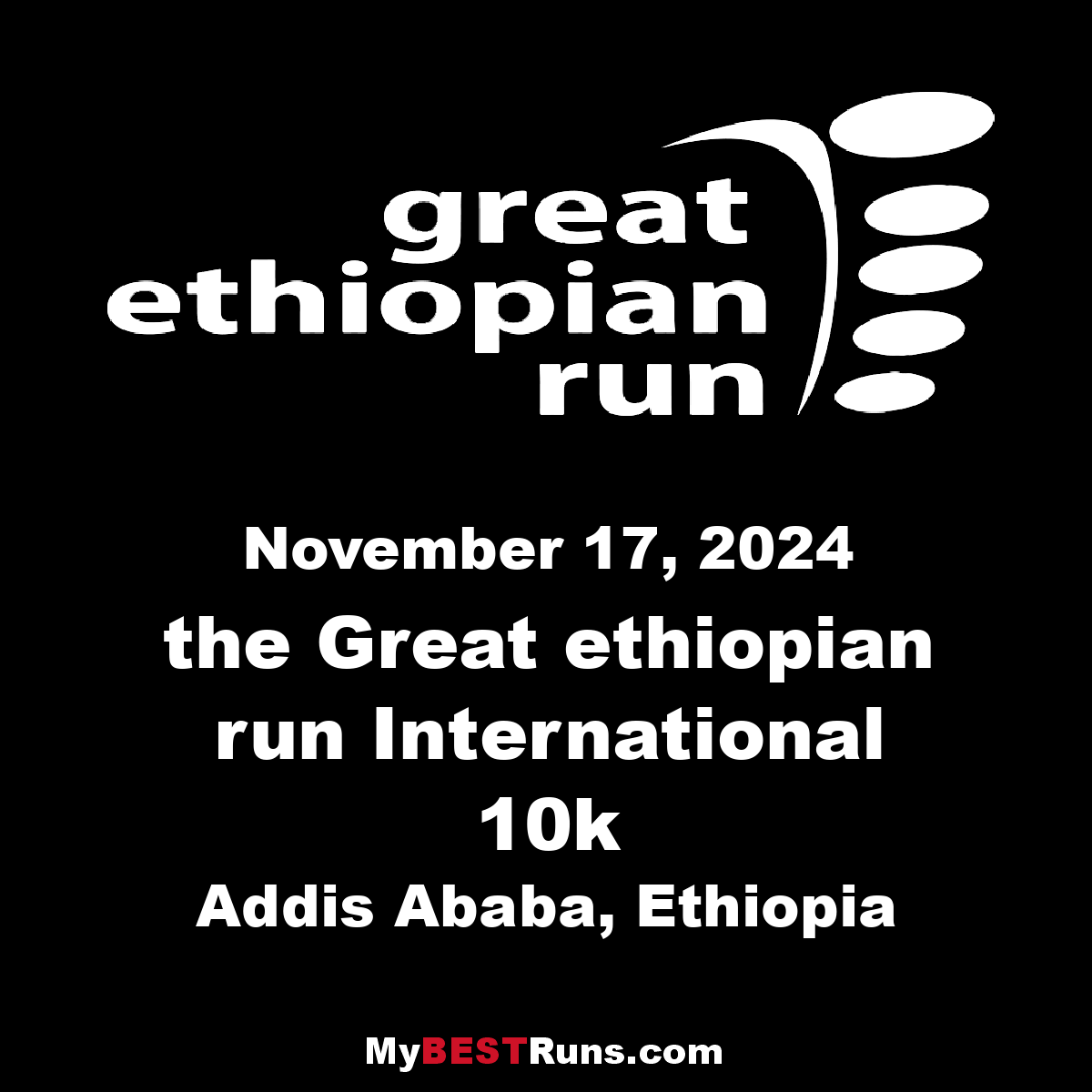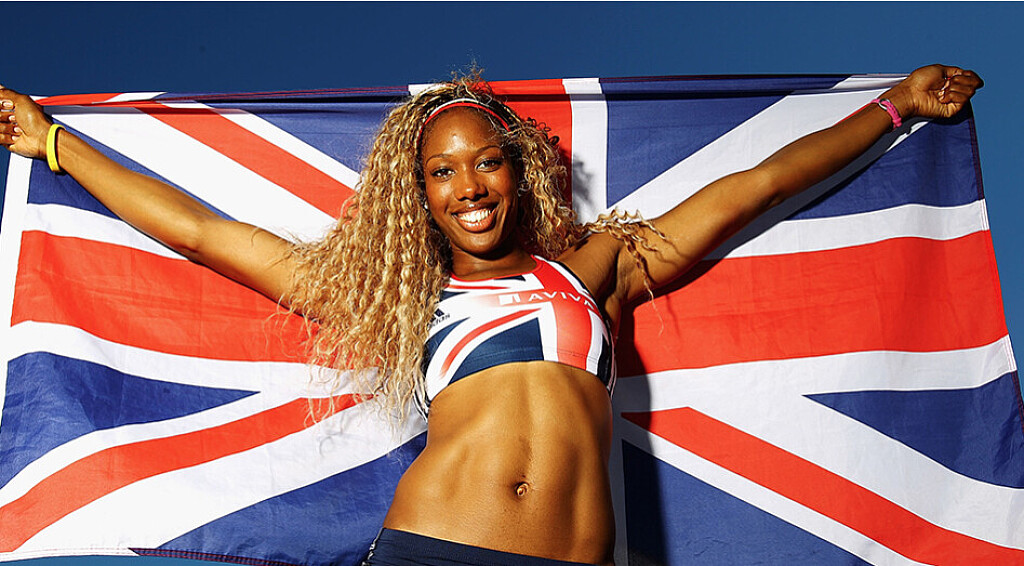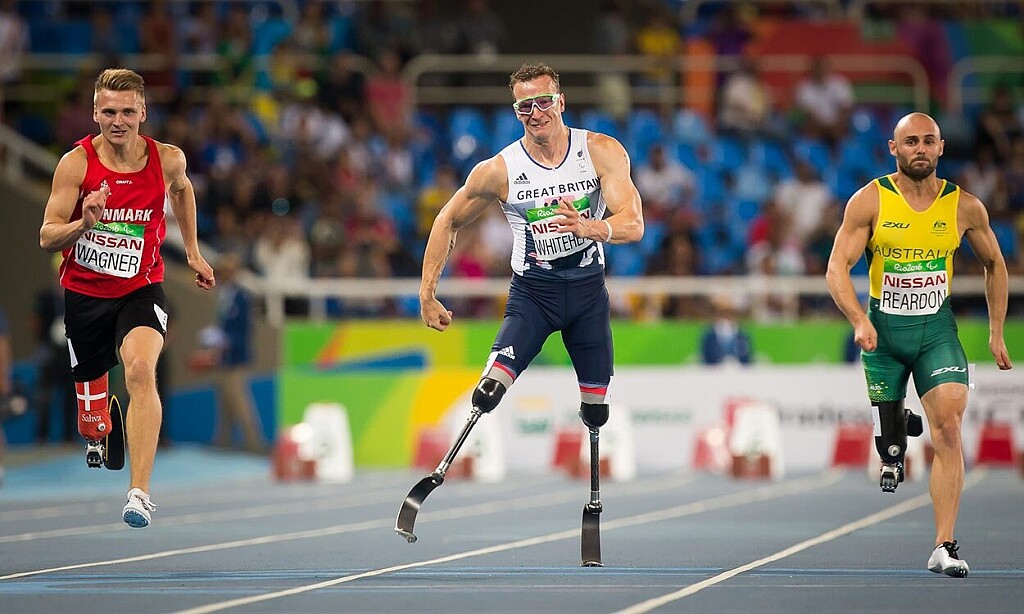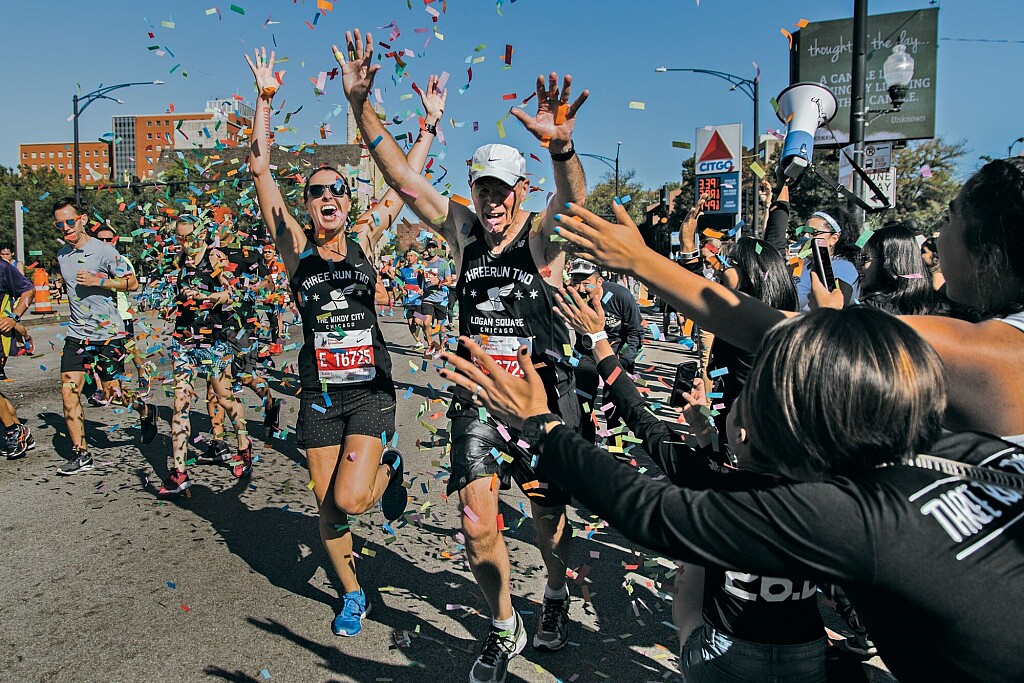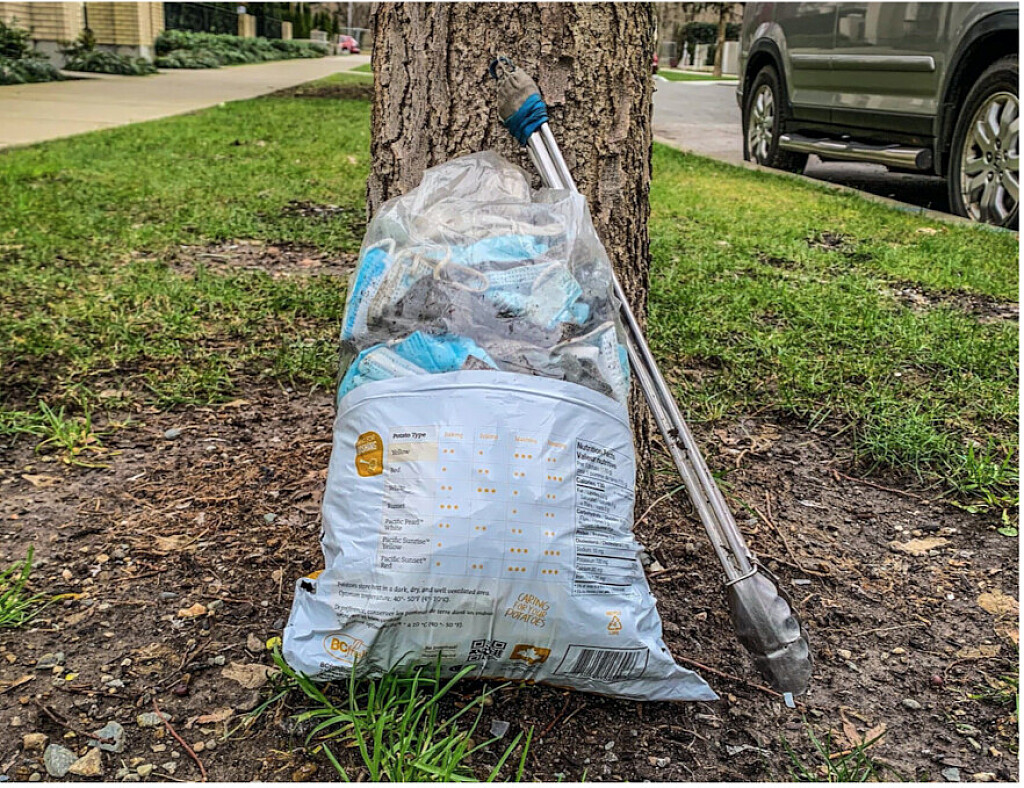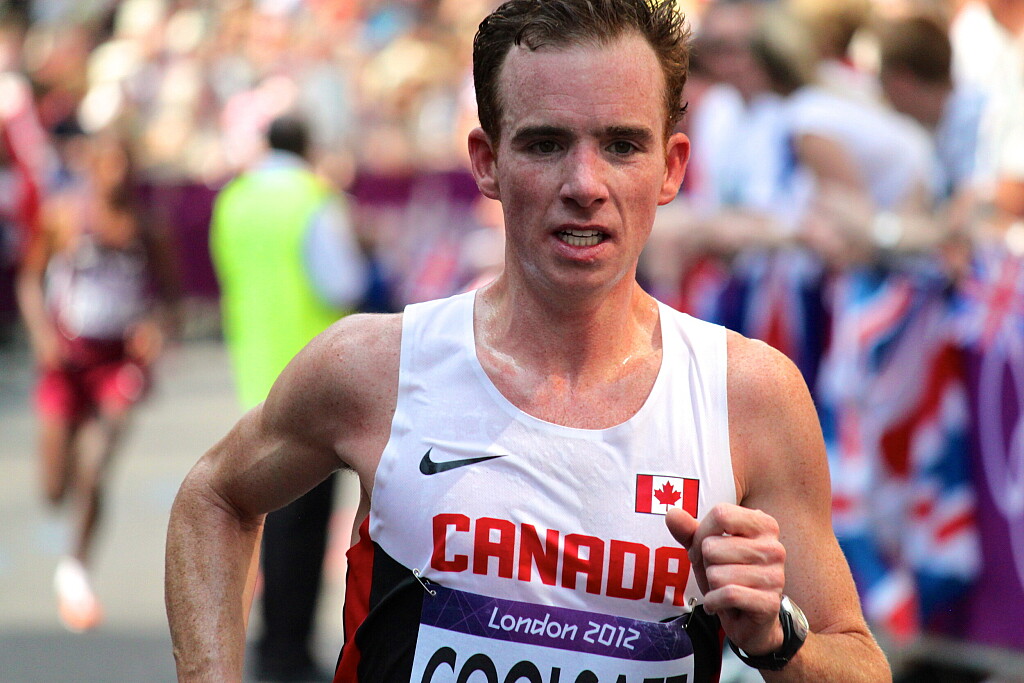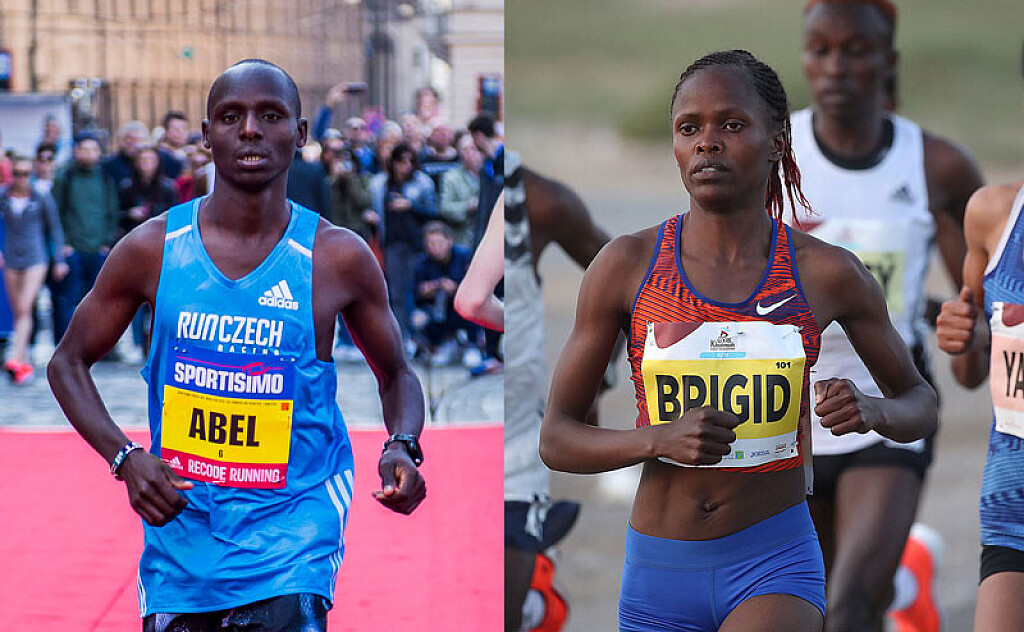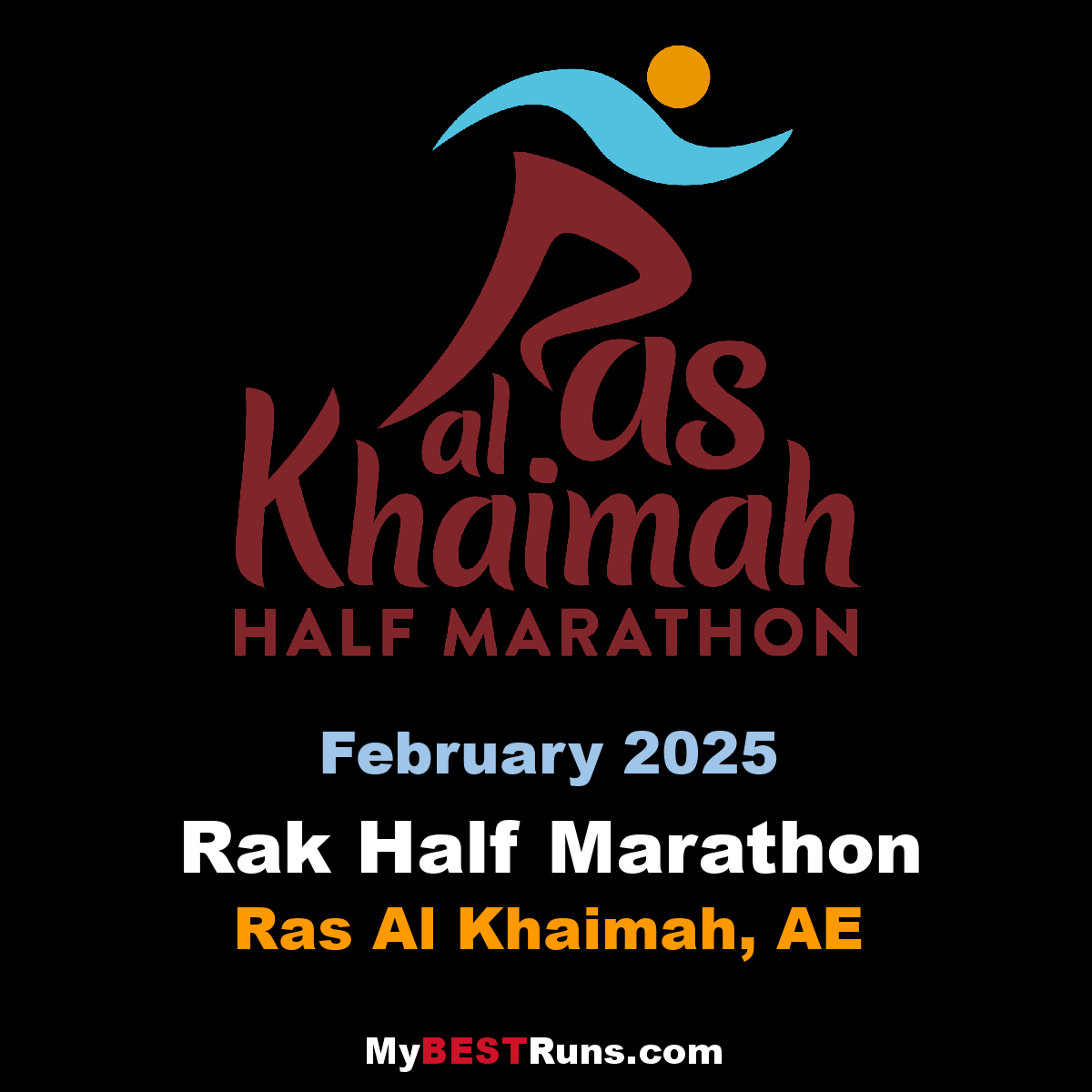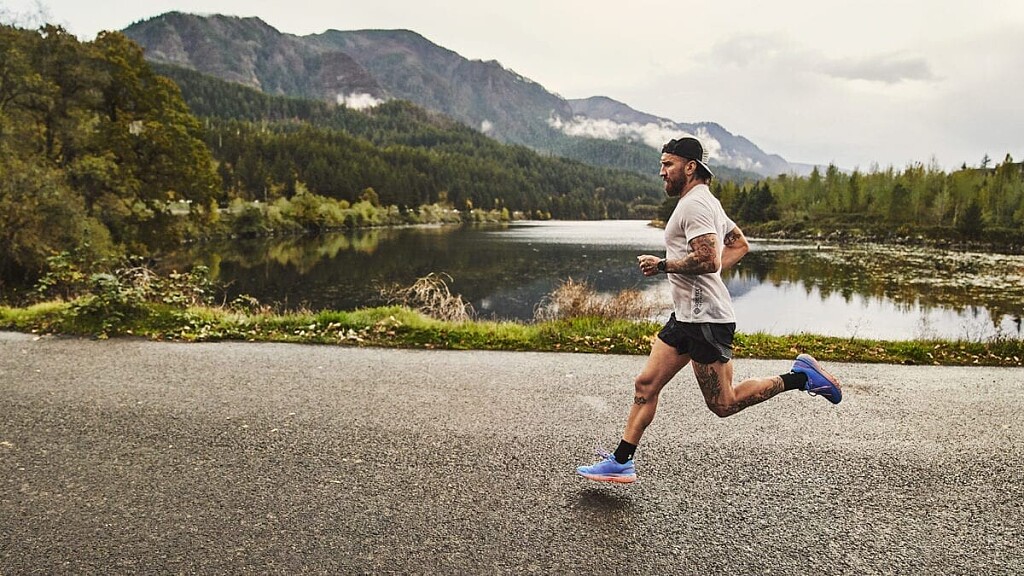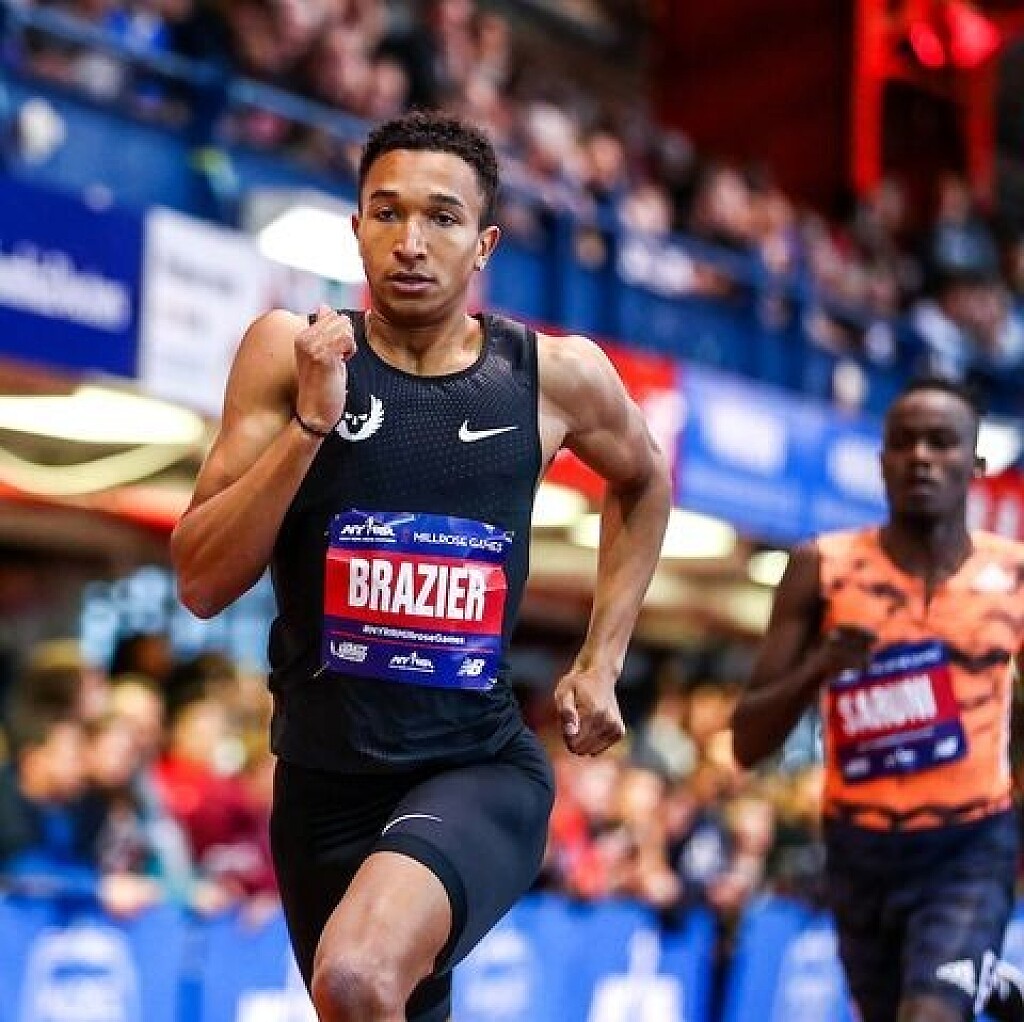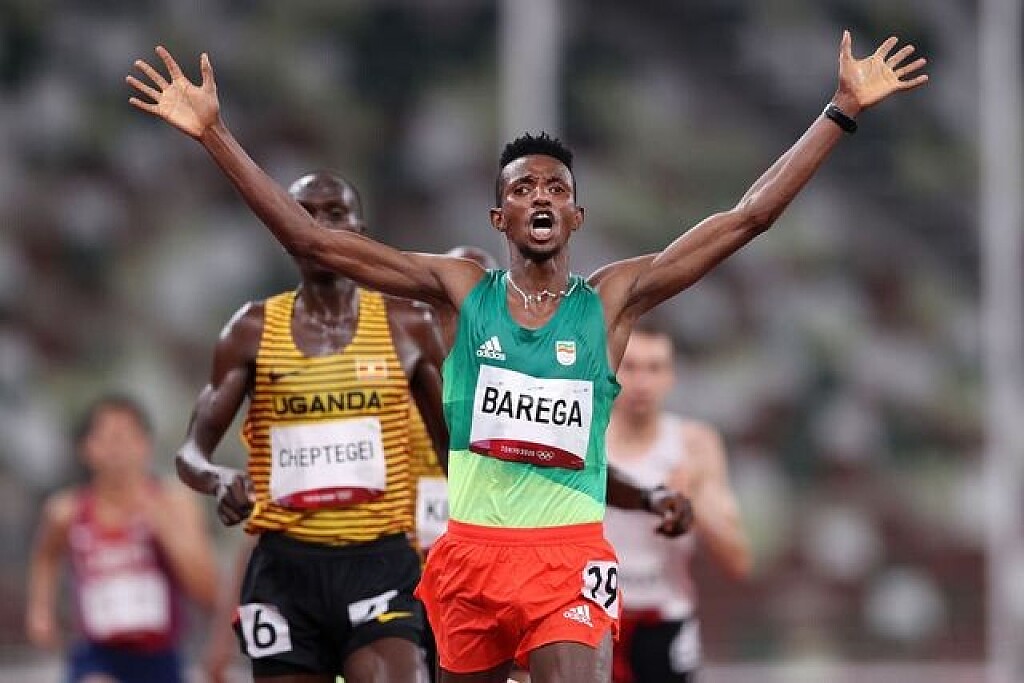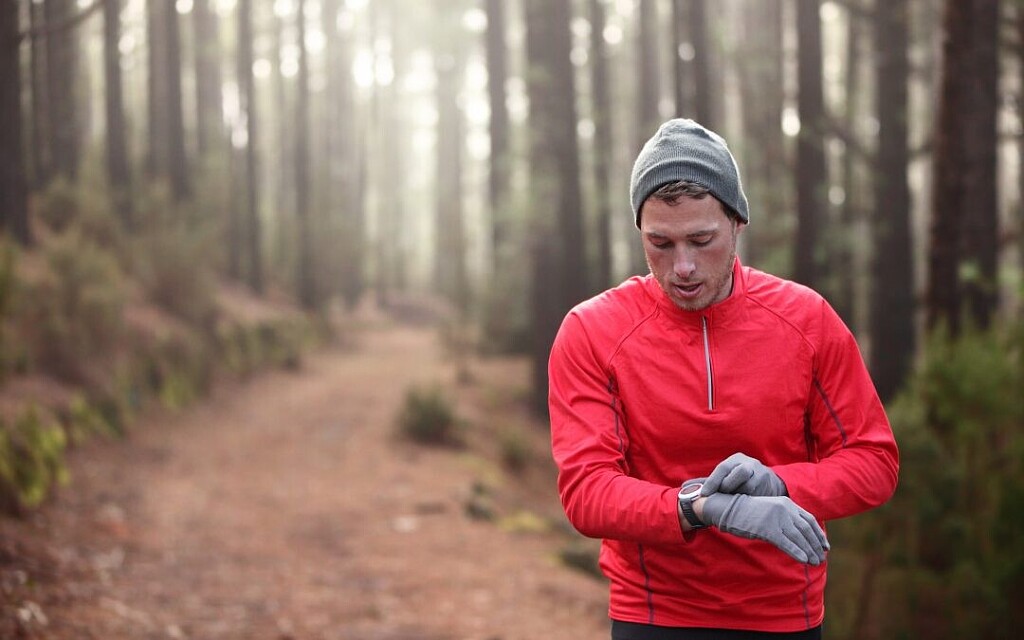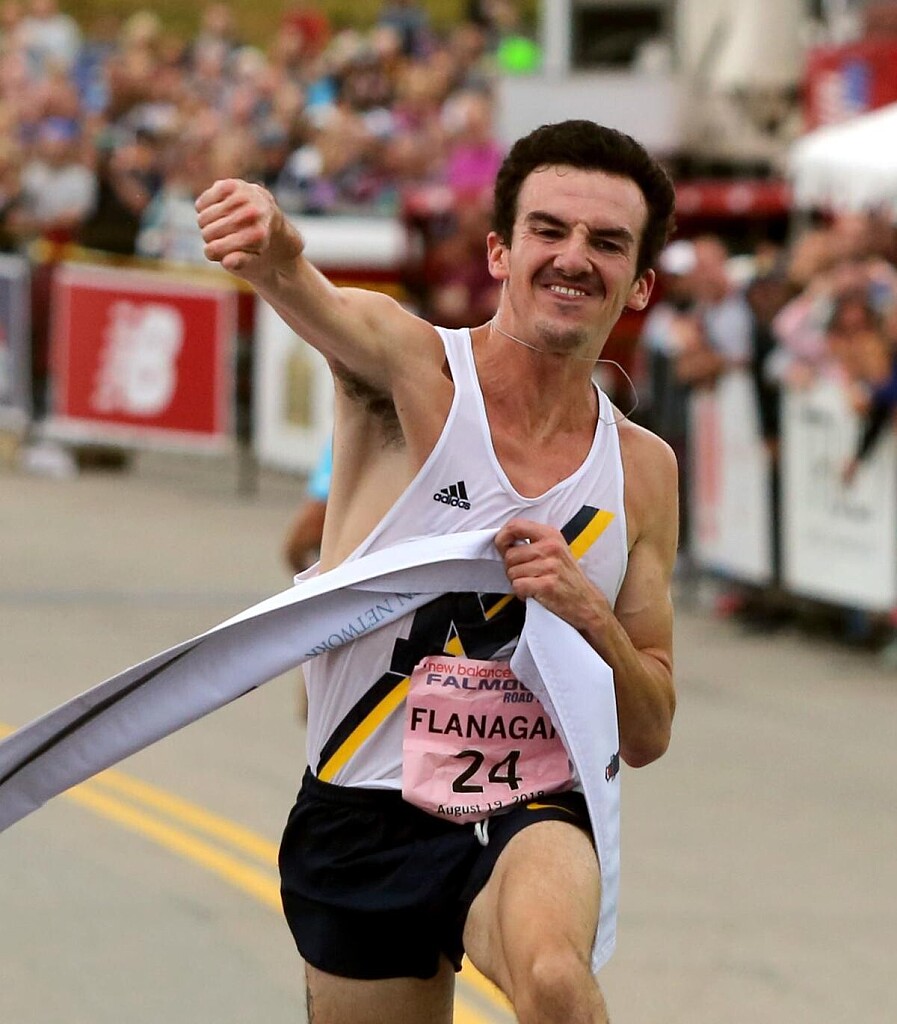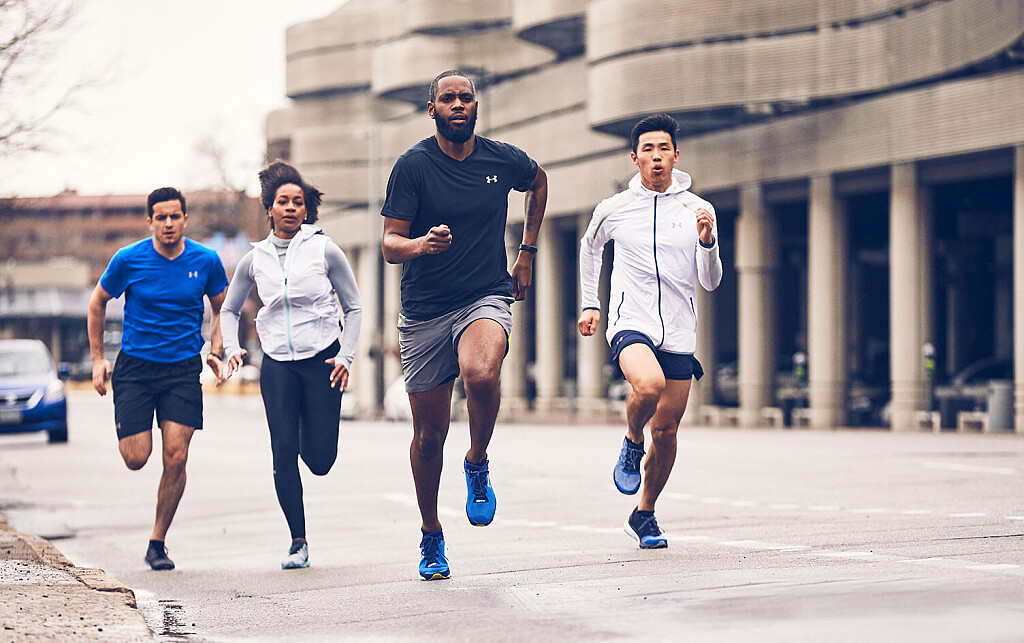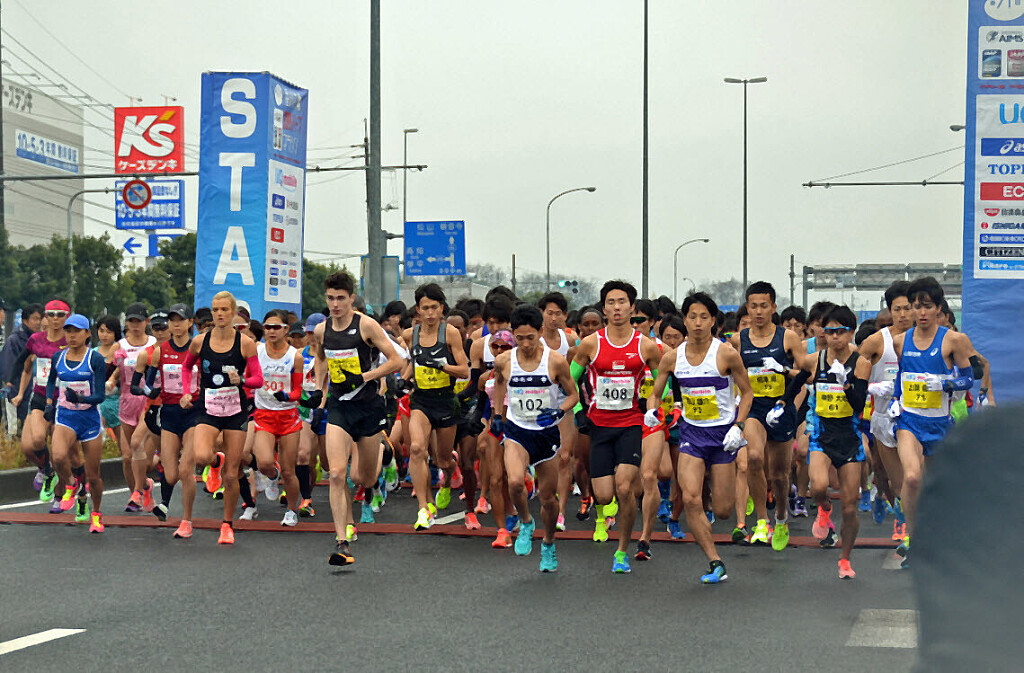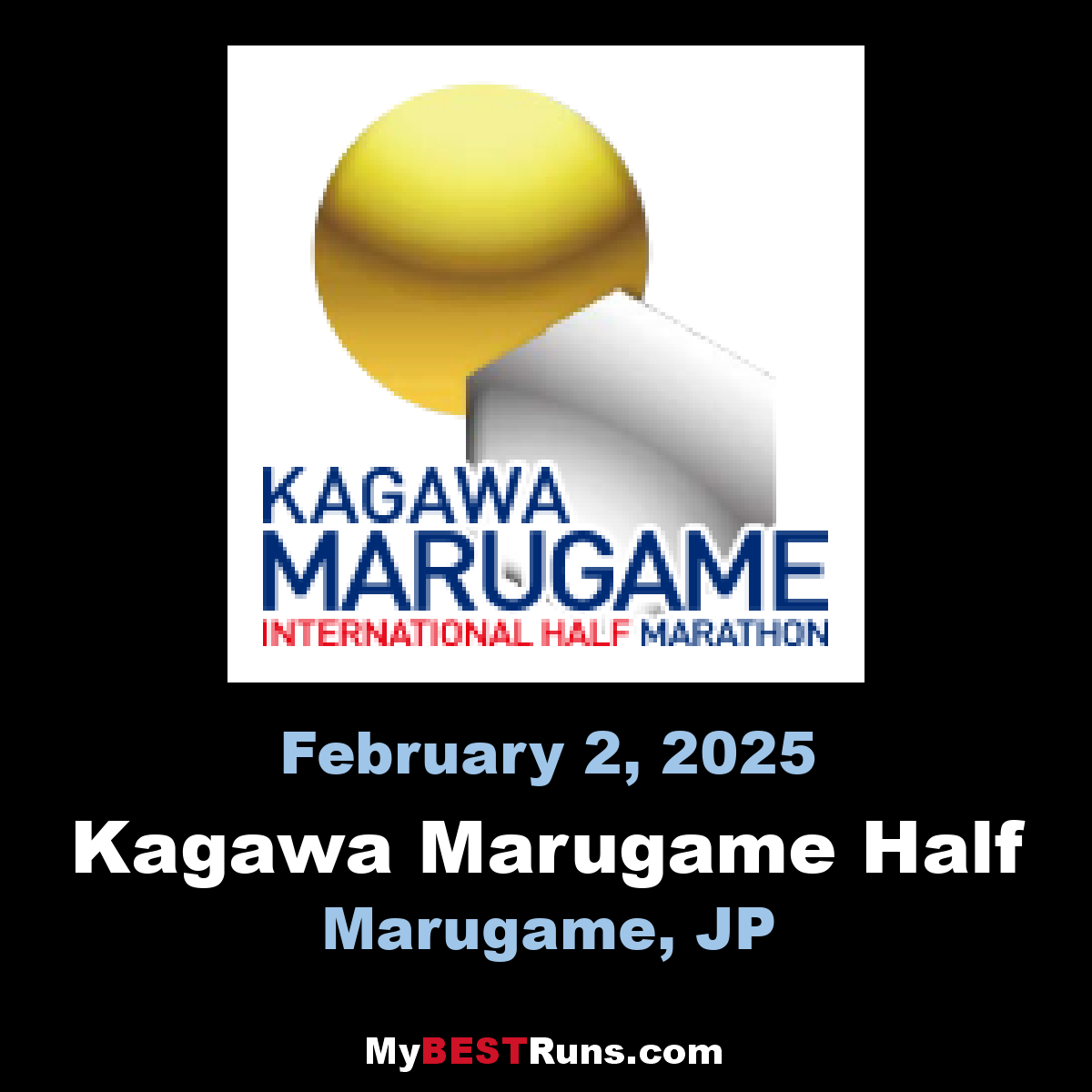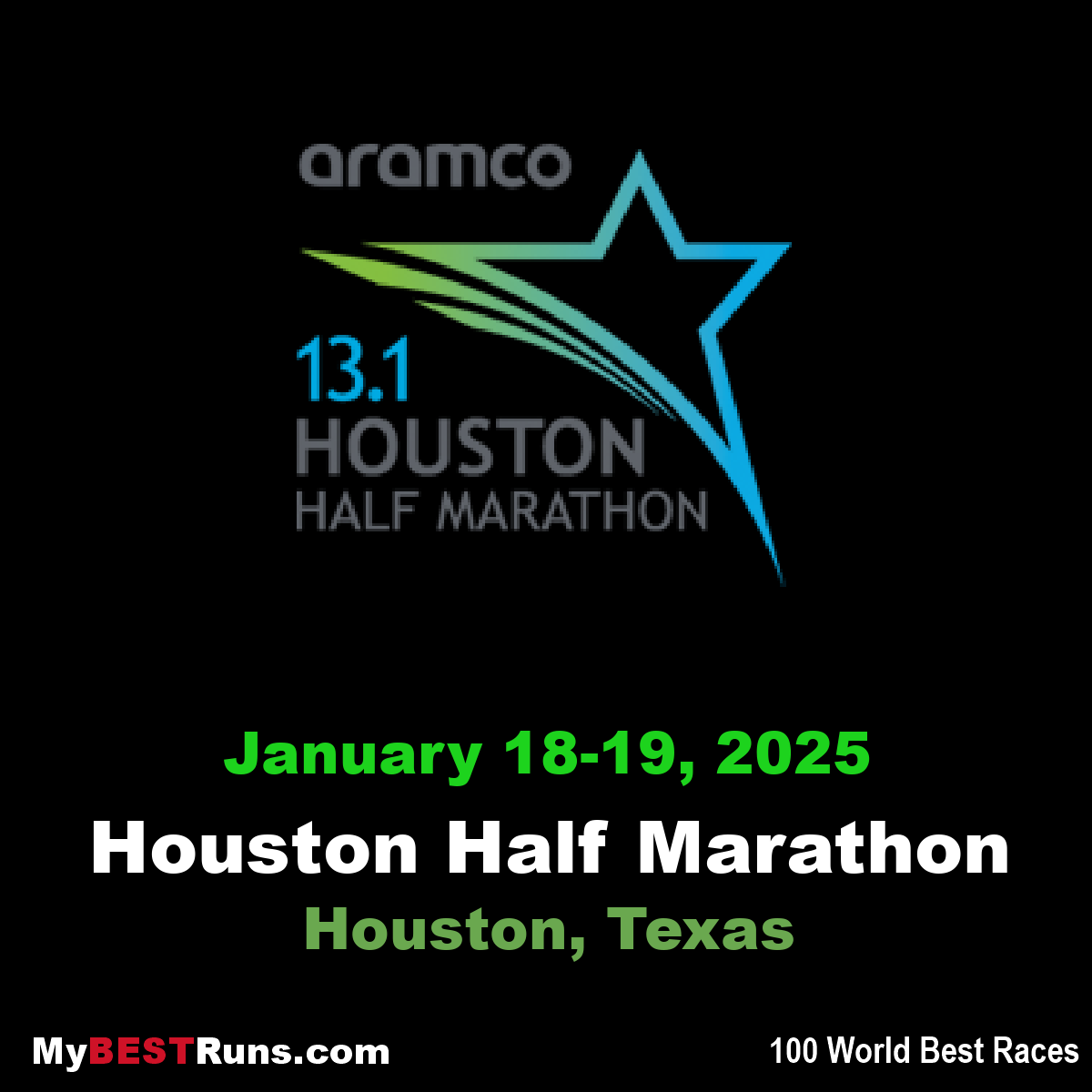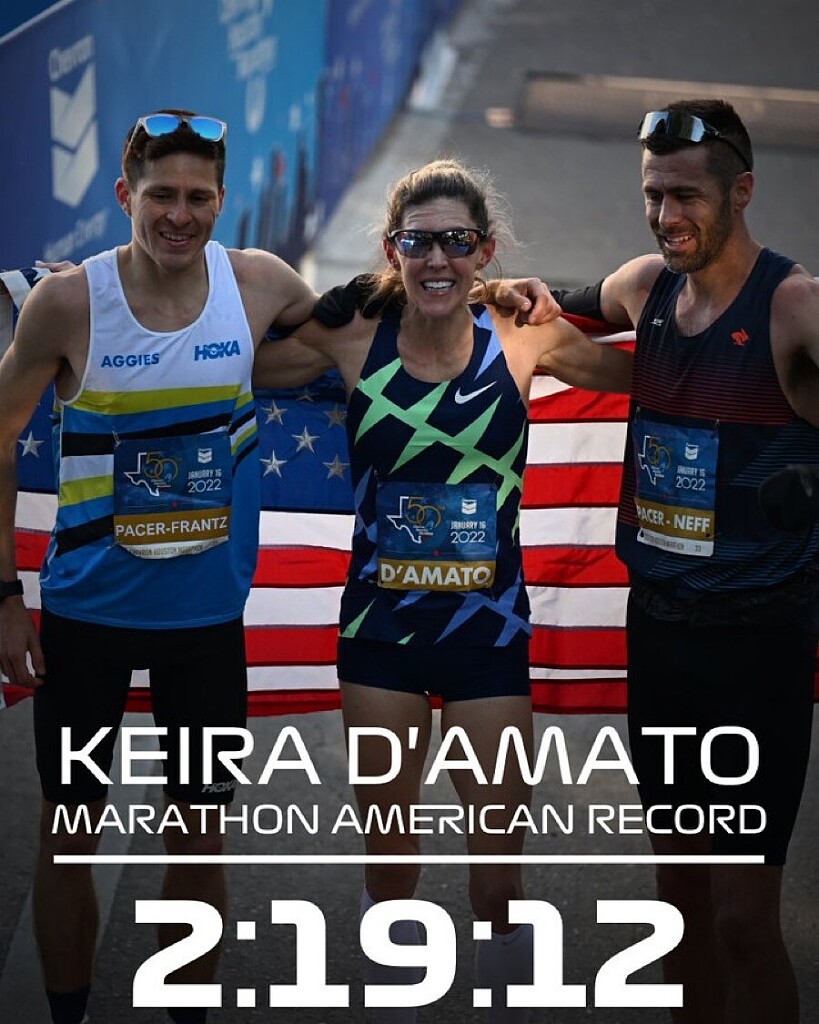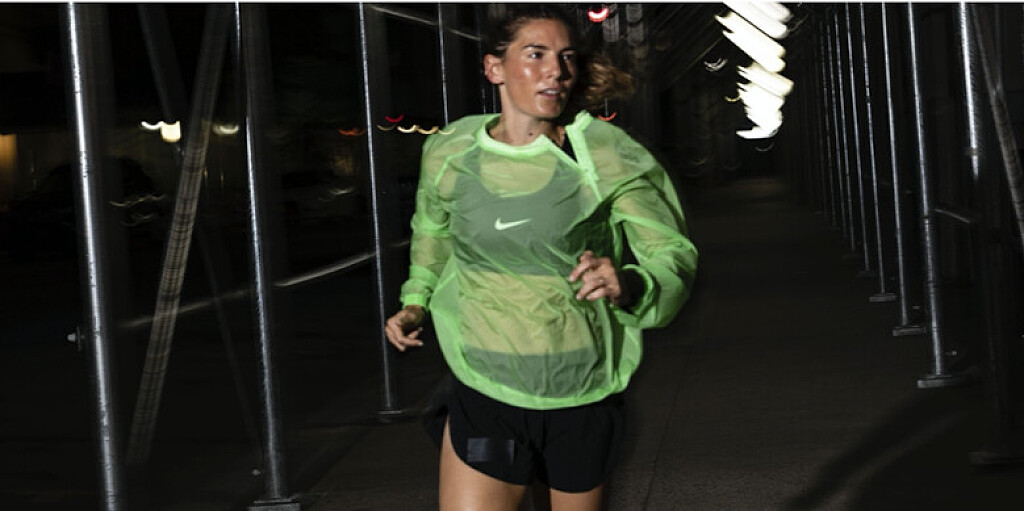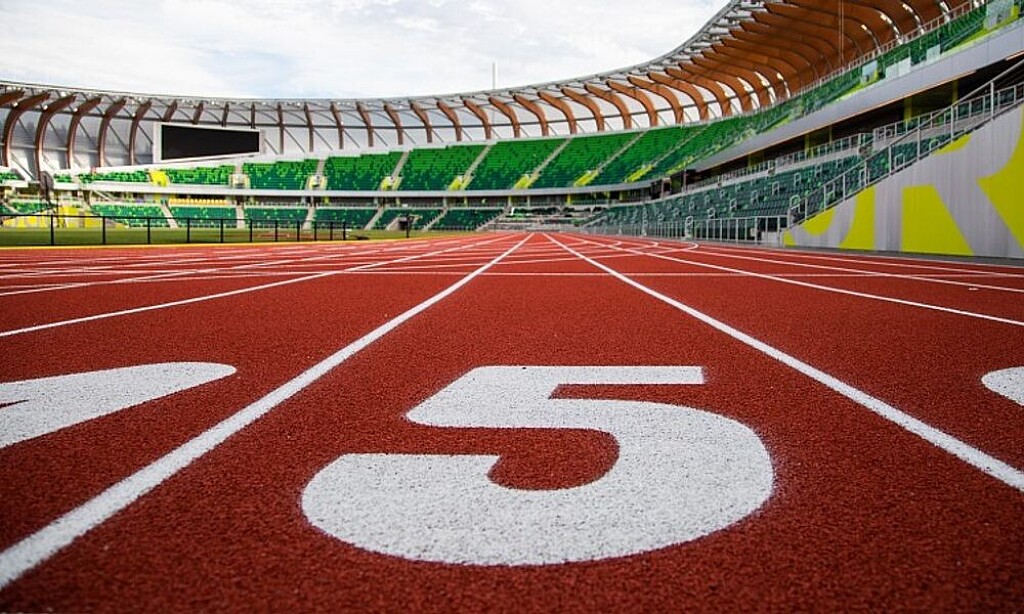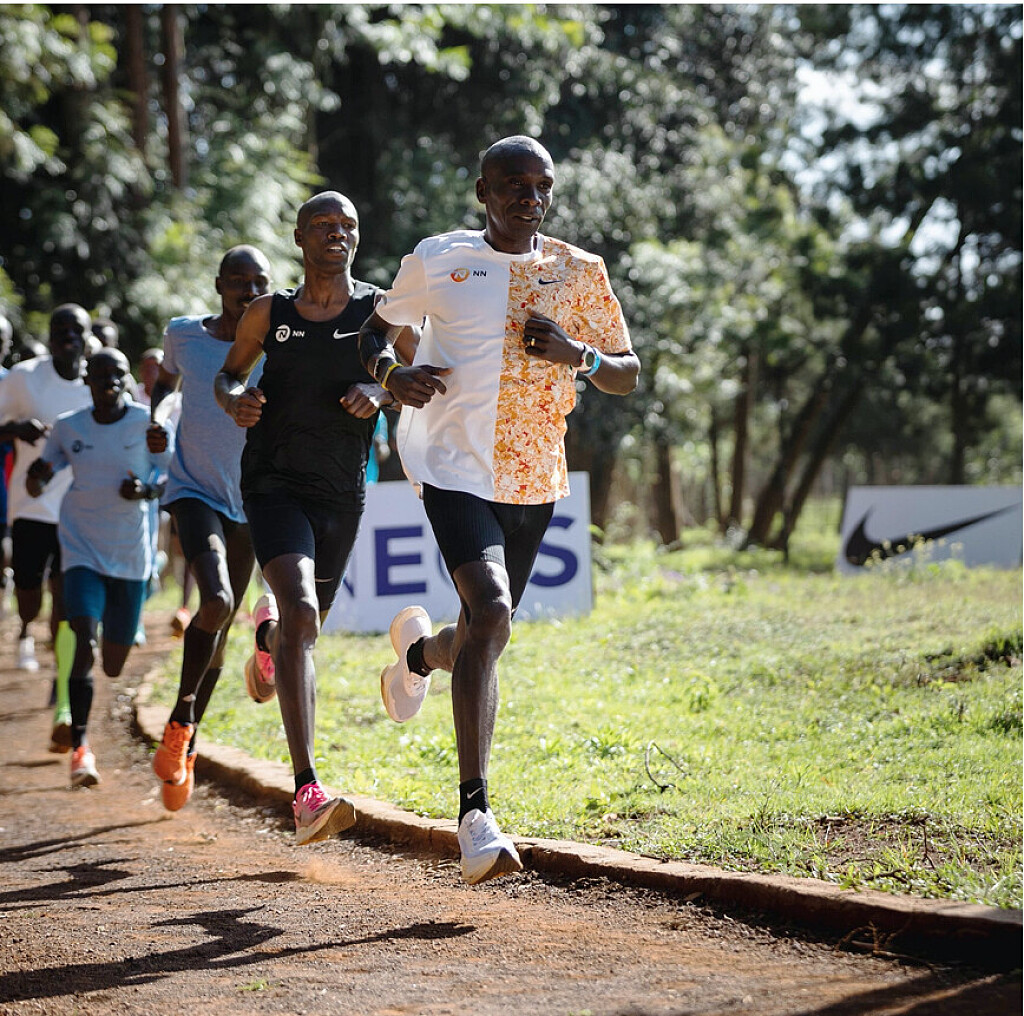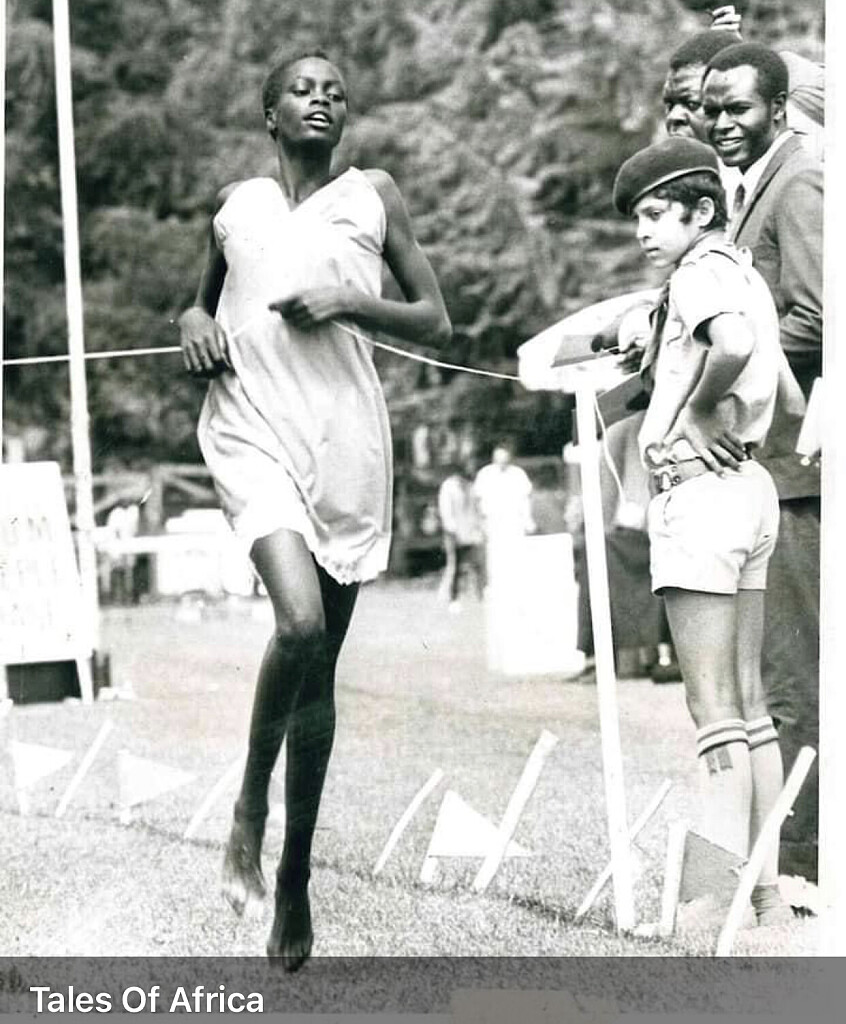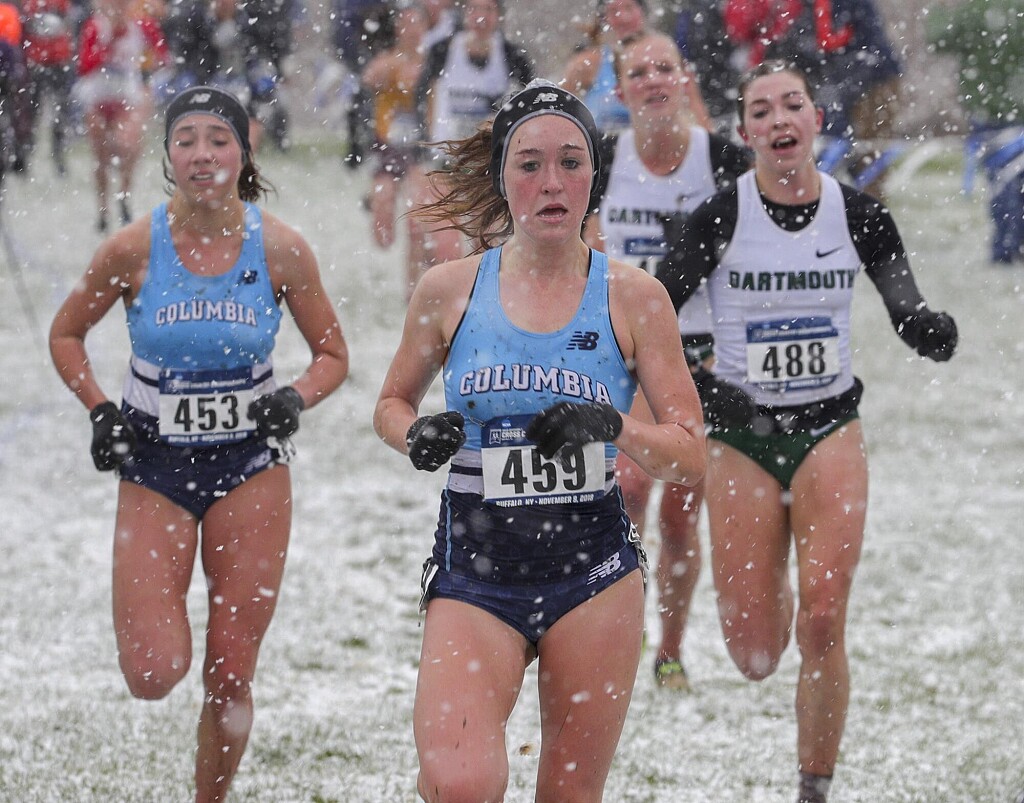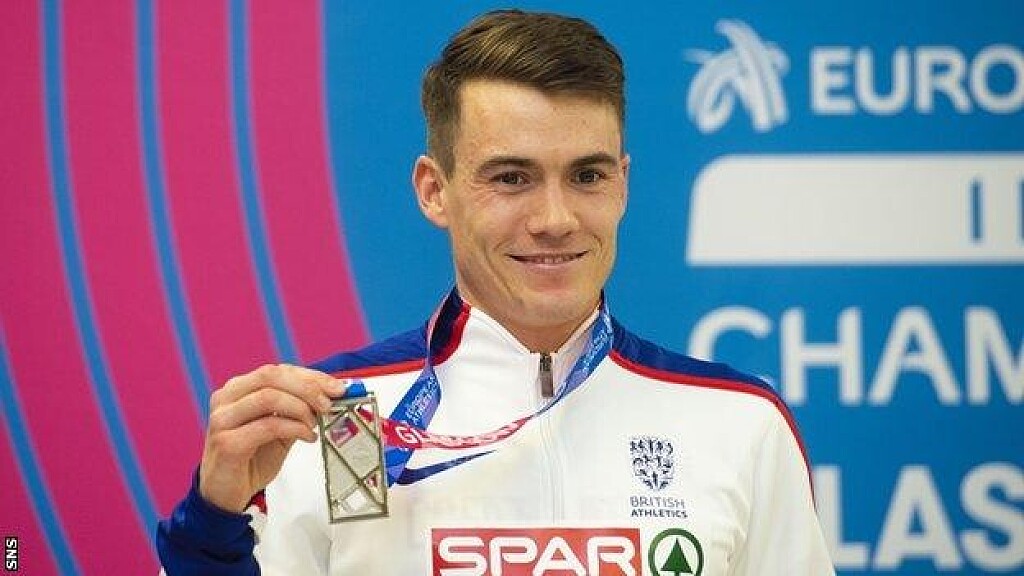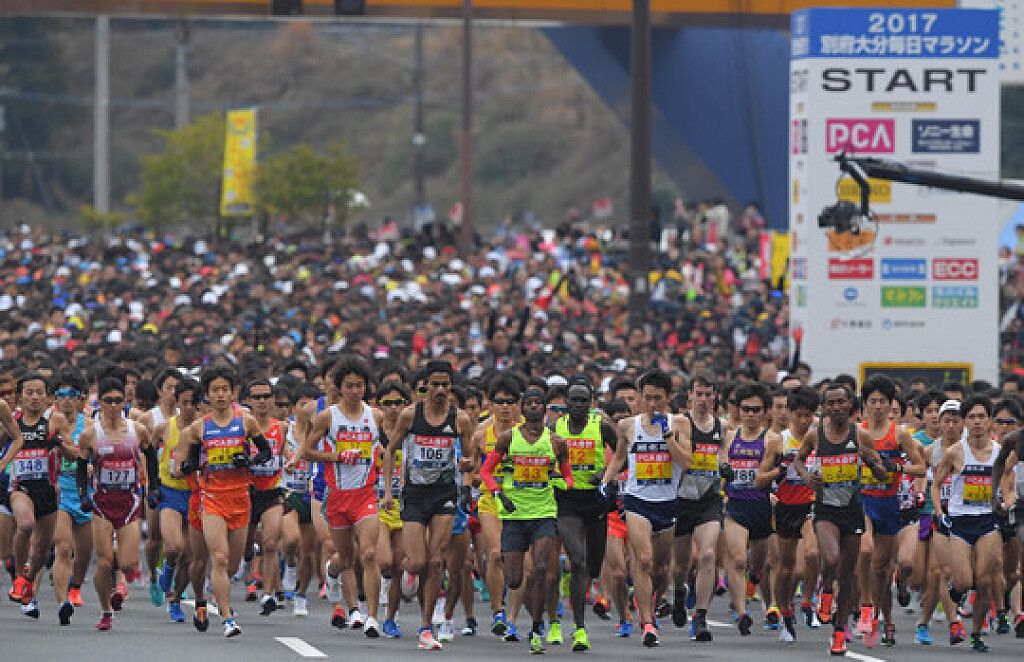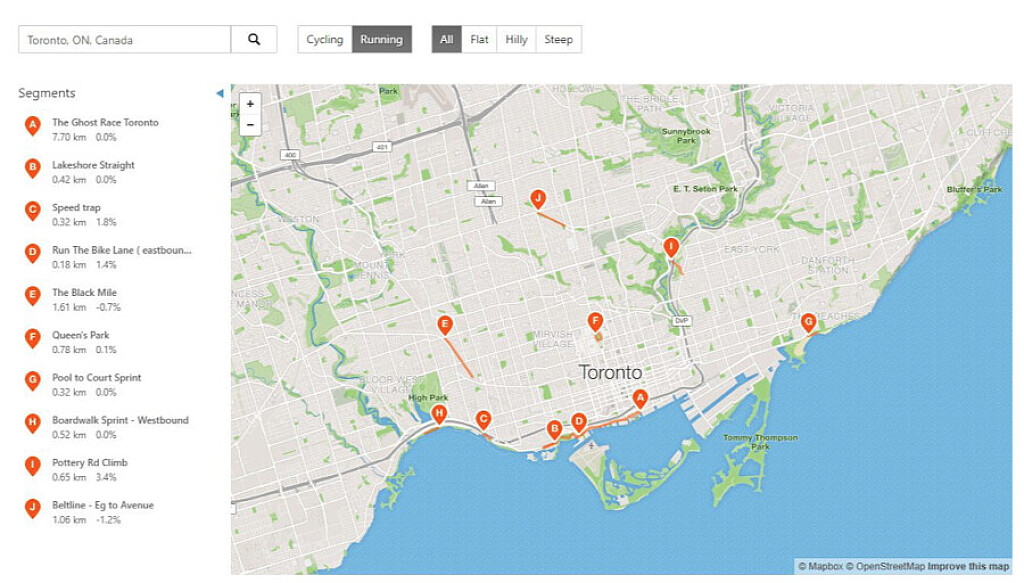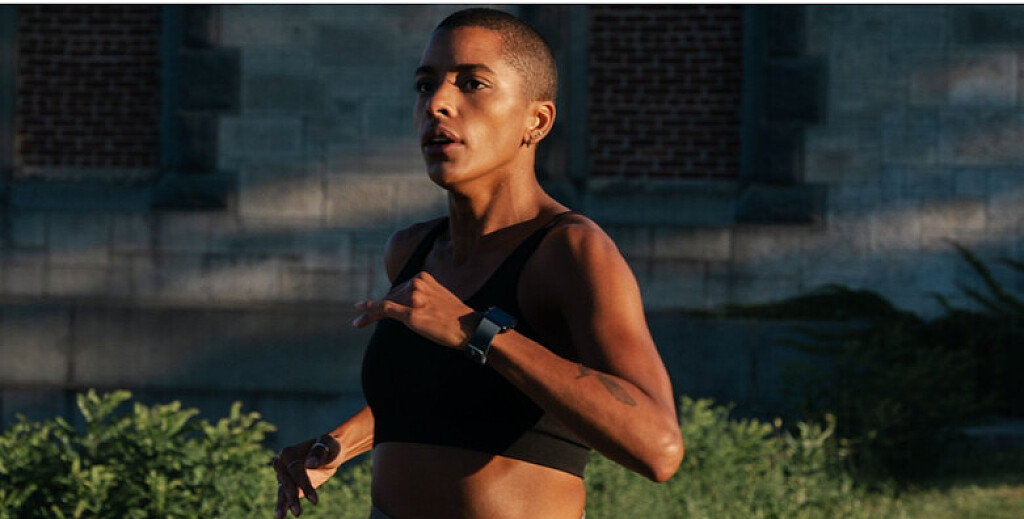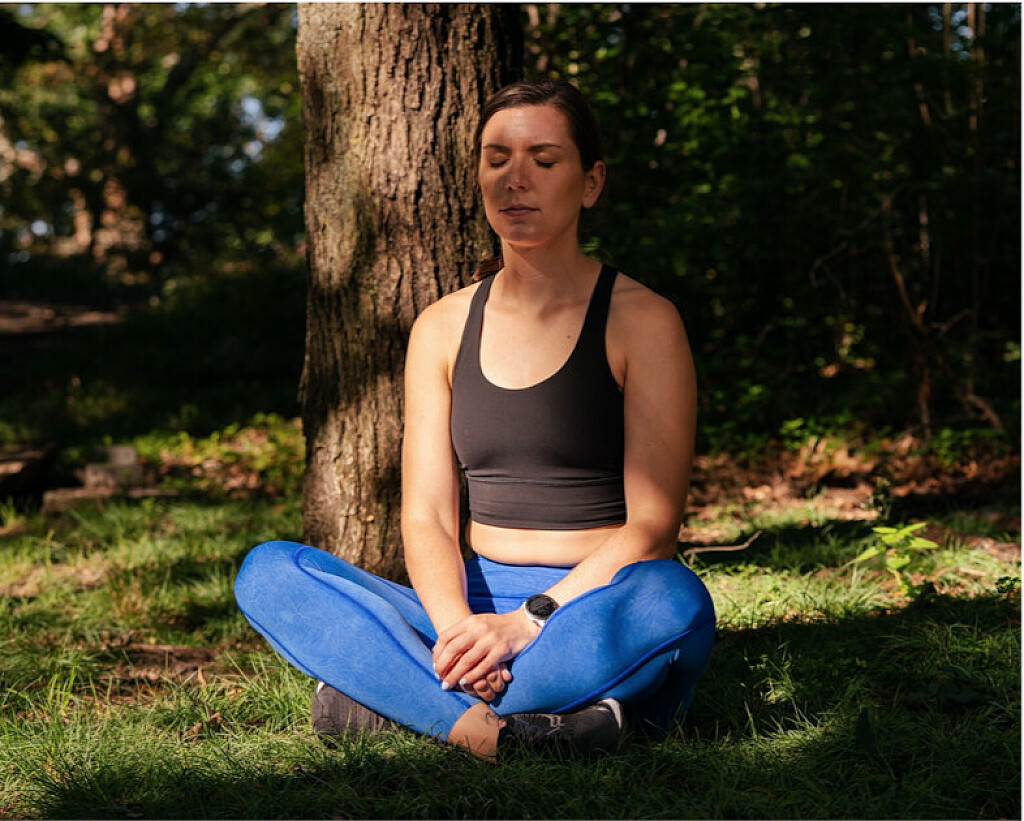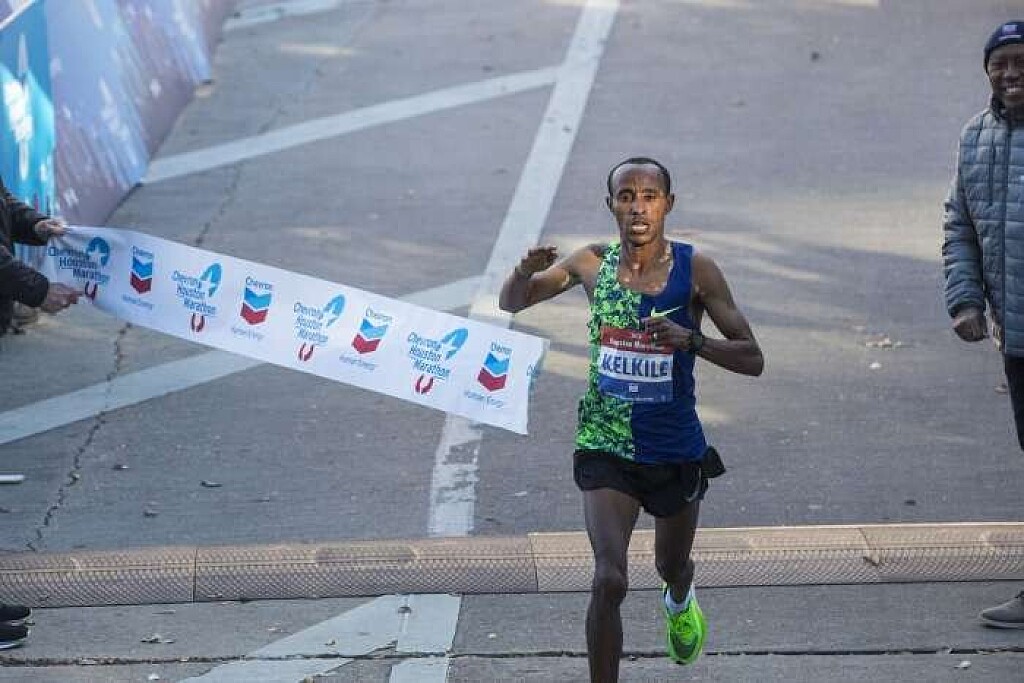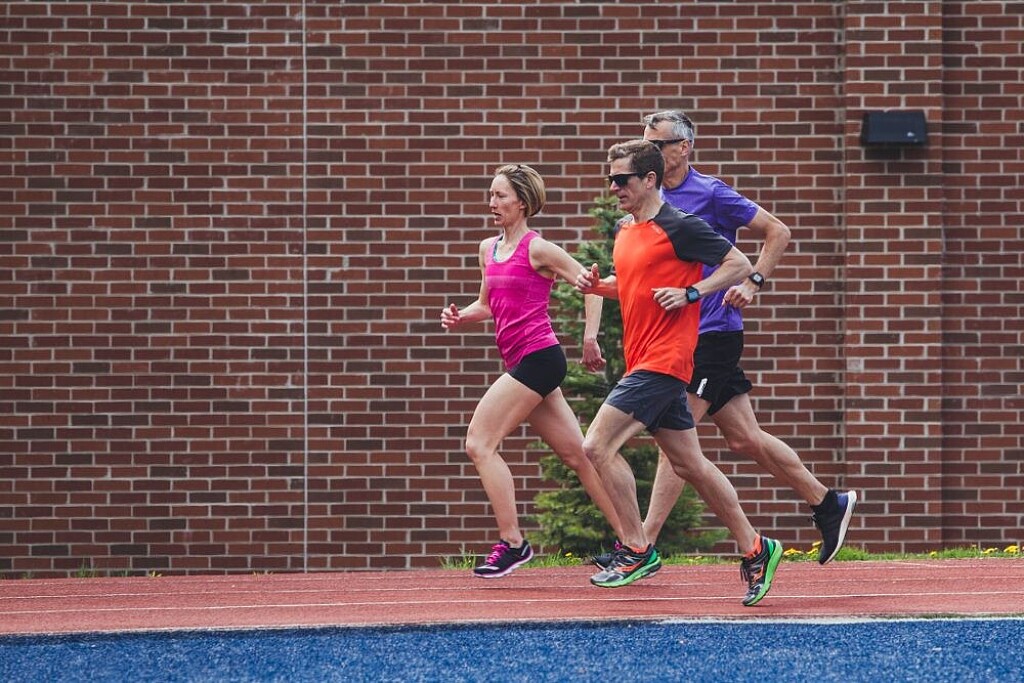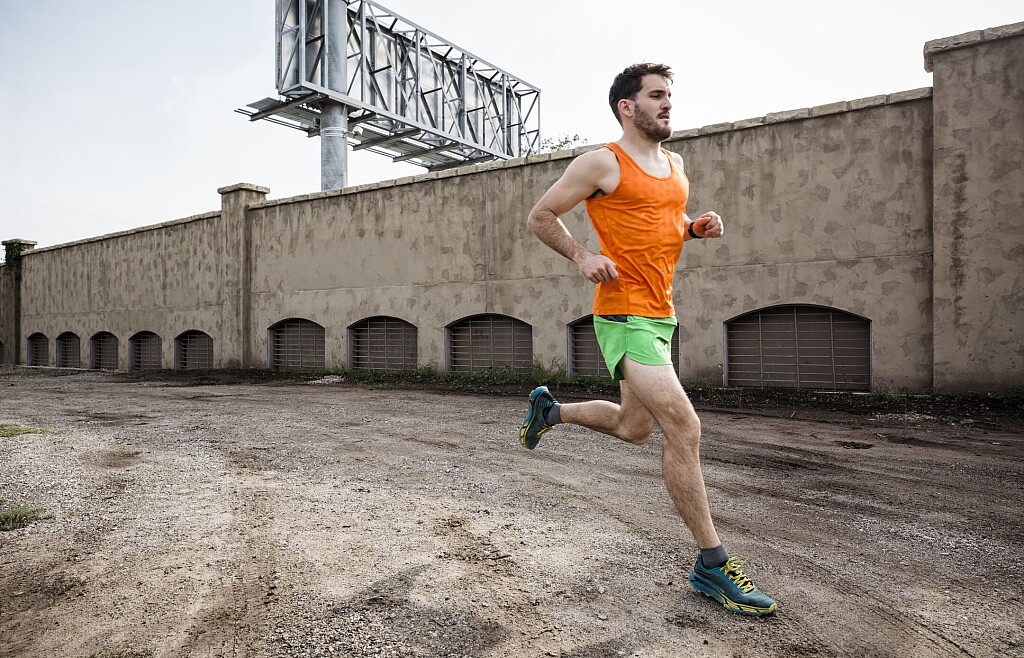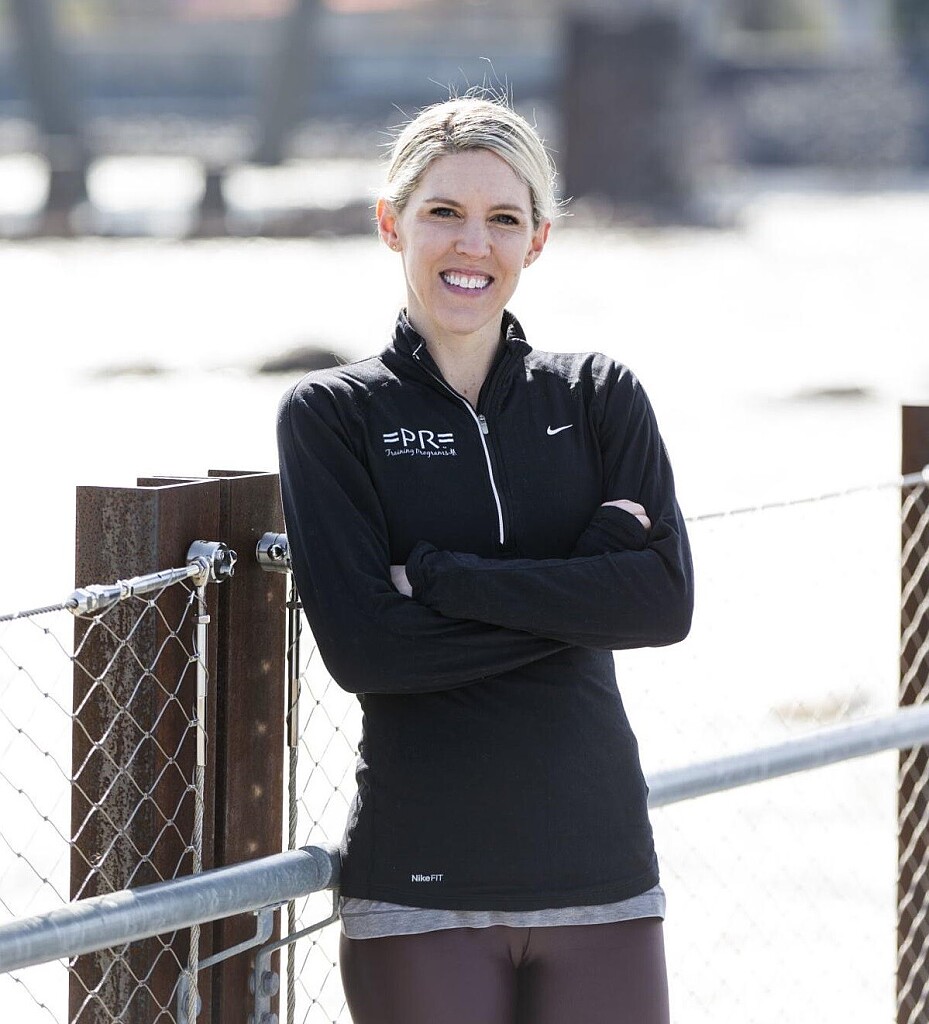Running News Daily
Running News Daily is edited by Bob Anderson in Mountain View, California USA and team in Thika Kenya, La Piedad Mexico, Bend Oregon, Chandler Arizona and Monforte da Beira Portugal. Send your news items to bob@mybestruns.com Advertising opportunities available. Over one million readers and growing. Train the Kenyan Way at KATA Running Retreat Kenya. (Kenyan Athletics Training Academy) in Thika Kenya. Opening in june 2024 KATA Running retreat Portugal. Learn more about Bob Anderson, MBR publisher and KATA director/owner, take a look at A Long Run the movie covering Bob's 50 race challenge.
Index to Daily Posts · Sign Up For Updates · Run The World Feed
Will Nation and Sarah Jackson claim 3M Half Marathon titles
“The 3M Half Marathon has been good to me,” Will Nation said after crossing the finish line downtown Sunday in first place.
Nation and fellow Austin runner Sarah Jackson notched solid victories on the point-to-point downhill course, besting a field of some 6,000 runners.
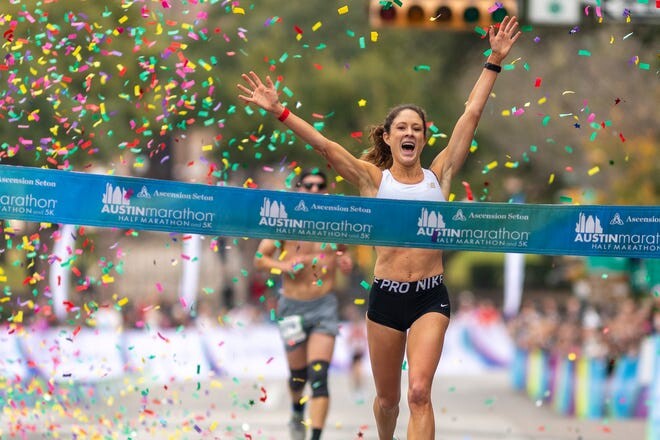
Nation, a former Texas track and cross-country standout, first won the Half Marathon back in 2015, just after graduating.
“That was my first road race and first half-marathon,” Nation said of his 2015 win. “So it was my introduction into road racing. Today was the first time I’ve run 3M since then.”
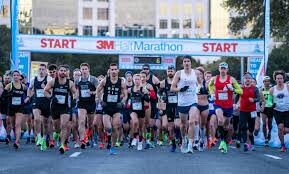
Nation and Samuel Doud took it out fast from the start on Stonegate Boulevard at Gateway Shopping Center, flying through the first mile in 4 minutes, 50 seconds. The pair quickly broke away from the chase pack, which included Longhorns runner Kobe Yepez and John Liddell of Wauwatosa, Wis., and hit the 5-kilometer mark in 15:25.
When they passed the 10K mark on Great Northern Boulevard in 30:51, it was clear that it was a two-man race, as Nation and Doud had nearly a minute on the rest of the field. Just before the 8-mile mark on Shoal Creek Boulevard, Nation put the hammer down, and by the ninth mile he had a 30-second lead on Doud.
“We ran together for around 7 or 8 miles,” Nation said. “I was feeling good, so I decided to test my legs, and I pulled away.”
Nation averaged 4:56 a mile, breaking the tape in 1:04:36, while Doud cruised home second in 1:05:40. John Rice, a recent UT graduate and a two-time track and cross-country All-American, took third in 1:06:34, ahead of Yepez, who clocked 1:06:52. Liddell rounded out the top five in 1:07:54.
“I came here to run a fast time.” said Doud, who ran for American University in Washington. “I’ll be running the Ascension Seton Austin Marathon on Feb. 20, and I’m hoping for an Olympic qualifying time.”
Nation, who ran a personal best of 2:13:24 at the California International Marathon in December, also has his sights set on the Austin Marathon. “It’s good to get a race effort like this in before the marathon, because it’s really kind of a short window between now and then,” he said. “I’d love to win the hometown marathon.”
Jackson was a last-minute entry in the women’s race but wasted no time establishing a big gap on the rest of the field. The 2020 Austin Marathon champion moved into the lead right from the start and passed the 5K mark in 17:54, more than a minute ahead of Jaclyn Range of Ohio. Taking advantage of the cool weather, Jackson averaged 5:47 a mile in what amounted to a solo effort. By the 10K mark (35:42), she was nearly two minutes up on Range.
Jackson, who like Nation was coming off a fast time at the California International Marathon (2:42:27), finished in 1:15:47, a personal best for the half-marathon distance. Range took second in 1:18:37, ahead of Diane Fisher of Ohio, who posted a 1:19:13. Mary Reiser of Baltimore was fourth in 1:20:24, and Austin’s Katy Cranfill took fifth in 1:20:54.
“I went out a little fast and just tried to hang on. I was really in the zone today and felt really smooth,” Jackson said. “I’ve run 3M every year since high school, but this is my first win. You can just cruise on the downhills on this course and use them to your advantage. That’s why I love this race so much.”
The 3M race is known nationwide as one of the fastest half-marathon courses in the country, attracting runners from all over the nation in search of speedy times.
“I ran my best half-marathon yet today,” Range said. “My teammate Diane Fisher and I are both from Ohio. We’ve been running in the snow and cold, so this was a chance to come here and run. Conditions couldn’t have been more perfect."
(01/24/2022) ⚡AMPby Brom Hoban
3M Half Marathon
Welcome to the 3M Half Marathon! This year join over 7,000 fellow runners in Austin, Texas to run a personal best at the 3M Half Marathon. 3M Half is a fun and fast stand-alone half marathon boasting one of the fastest half marathon courses in the country. You’ll enjoy a point-to-point course with mostly downhill running that takes you past...
more...World half marathon bronze medalist Yalemzerf Yehualaw breaks race record at Great Ethiopian Run
Yalemzerf Yehualaw opened her 2022 season in spectacular style by claiming victory at the Total Energies Great Ethiopian Run 10km, taking 38 seconds off her own race record with 31:17.
Her winning time is the fastest 10km ever recorded at altitude, with Addis Ababa standing 2350m above sea level. Gemechu Dida won a close men's race in 28:24, just five seconds shy of the long-standing race record.
Yehualaw, who set the previous event record of 31:55 in 2019, came into the race eager to impress after having to withdraw from the Valencia 10km just two weeks ago. Today she ran a smart race, making her break from long-time leader Girmawit Gebregziabiher, the 2018 world U20 5000m bronze medalist, just past the 7.5km mark after cresting the hill near the National Palace.

At the 9km turn at Urael Church, Yehuawlaw accelerated dramatically and pulled clear of her rival, cruising to the finish line to win by 12 seconds from Gebregziabiher, who clocked 31:29. Double world U20 medalist Melknat Wedu, still just 17 years of age, finished third in 31:45.
The men’s race was much closer, with six athletes still in contention in the final 500 meters. In the end it was Dida who took a surprise victory over former Dubai Marathon champion Getaneh Molla with Boki Diriba finishing third as two seconds separated the podium finishers.
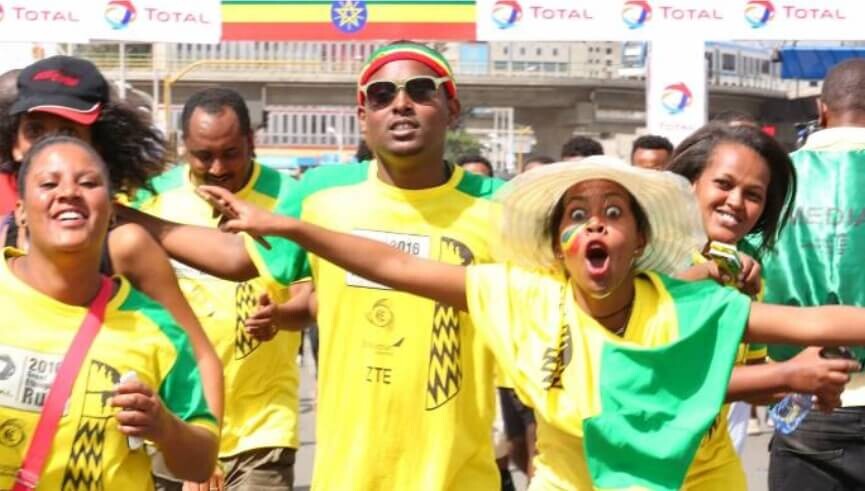
The highest-placed non-Ethiopian athlete was Kenya’s Cornelius Kibet Kemboi, who finished sixth in 28:39. A total of 17,600 runners finished the mass race.
Leading results
Women
1 Yalemzerf Yehualaw (ETH) 31:17
2 Girmawit Gebrzihair (ETH) 31:29
3 Melknat Wedu (ETH) 31:45
4 Gete Alemayehu (ETH) 32:06
5 Bosena Mulate (ETH) 32:17
6 Hawi Feyisa (ETH) 32:18
7 Birtukan Wolde (ETH) 32:22
8 Anchinalu Desse (ETH) 32:38
9 Mebrat Gidey (ETH) 32:42
10 Ayenaddis Teshome (ETH) 32:49
Men
1 Gemechu Dida (ETH) 28:24
2 Getaneh Molla (ETH) 28:25
3 Boki Diriba (ETH) 28:26
4 Moges Tuemay (ETH) 28:31
5 Getachew Masresha (ETH) 28:33
6 Cornelius Kibet Kemboi (KEN) 28:39
7 Teresa Ggnakola (ETH) 28:43
8 Solomon Berihun (ETH) 28:55
9 Ashenafi Kiros (ETH) 28:59
10 Antenayehu Dagnachew (ETH) 29:05.
(01/24/2022) ⚡AMPby World Athletics
the Great ethiopian 10k run
The Great Ethiopian Run is an annual 10-kilometerroad runningevent which takes place inAddis Ababa,Ethiopia. The competition was first envisioned by neighbors Ethiopian runnerHaile Gebrselassie, Peter Middlebrook and Abi Masefield in late October 2000, following Haile's return from the2000 Summer Olympics. The 10,000 entries for the first edition quickly sold out and other people unofficially joined in the race without...
more...Trail Running Mental Superpowers
Trying to pinpoint and identify what exactly leads to mental performance breakdowns in races. That curiosity has driven me to have many intriguing conversations with some of the most experienced athletes and coaches in the sport. There are quite a few different mental deficits that can cause a disappointing race result, but there was one that kept coming up over and over, again.
Almost every athlete and coach referred to the same concept - performance is greatly affected when the actual experience of the race doesn't match expectations or the image the athlete had in their head. Going into any experience with rigid assumptions or beliefs about how you think it's going to go creates the perfect environment for some dysfunctional thought patterns to flourish. Primarily, the inability to adapt to your circumstances.

Be Open-minded and Curious
According to trail runner and coach David Roche, athletes tend to idealize the experience going into a race. When things start the struggle sets in and an athlete hasn't planned for how they are going to respond, it's much easier to shut down, thinking "this experience is nothing like what I thought it would be."
Not only is your brain having to interpret an experience it's not super familiar with, but it's also pretty uncomfortable and even downright painful, at times.
David encourages his athletes to think about the hard stuff they are going to face, long before they get there. Great performances happen in spite of or even because of adversity, not in the absence of it. Every time you face a new challenge, you learn more about yourself. As Courtney Dauwalter has said about low points and dark moments in races, "You don't get to summon those whenever you want." Approach those times with an open mind and the curiosity to discover what you can endure.
They are a gift. Without resistance on your path, you don't get to find out how much you can persist through. You're stronger than you think you are. Give yourself the chance to prove it.
Great performances happen in spite of or even because of adversity, not in the absence of it.
Respond, Don't React
One thing that racing continues to teach me is that I don't have it all figured out. Just when I think I do, there's a new lesson to be learned. There have been many times in a race when things weren't going the way I planned, and I just reacted without logic. Reacting puts you on the defensive.
It often involves a victim mindset and invokes some pretty negative emotions. Anyone else ever had a full-blown pity party on the trail mid-race? Yea, me too.
On the other hand, responding to the same circumstances means taking in the new information and adjusting. Take away your perception or preconceived notions about what the experience means. The mental and emotional flexibility to problem solve a challenge is a superpower when it comes to trail running.
Reacting is a passive action while responding is an active one. Whether it's shifting your race plan, adjusting your perspective, or trouble-shooting a nutrition issue, empower yourself with adaptability.
Persistence Not Stubbornness
Another potential negative outcome of being too mentally and emotionally rigid is stubbornness. When the reality on race day doesn't match the highlight reel you've been running in your head, a common reaction is denial. When things get hard the impulse might be to dig in, and beat the race into submission. The problem with that is it sometimes includes tunnel vision.
When you're so focused on forcing the race to play out in a way that matches your expectations, you miss all the cues and feedback of the reality you're in. Or worse, you ignore them. Stubbornness sets in and you're no longer being an active participant in your race. I'm not suggesting that this mindset means giving up on your goals. It means knowing what you're capable of achieving without believing there's only way for you to do that. To me, persistence means striving towards your goal even if that means taking a different path than you thought it would.
There's nothing more dangerous than falling into the trap of thinking you have it all figured out.
There's nothing more dangerous than falling into the trap of thinking you have it all figured out. Without the curiosity to learn more about yourself, it's hard to push through difficult experiences.
Being prepared and ready to have the most successful performance means equipping yourself with the skills you need to respond and adapt to anything that the trail throws at you. Increased fitness and preparation don't give you increased control. If anything, it just gives you the illusion of it. An open-mind, the willingness to adapt and a Swiss Army knife of mental and physical skills equip you to tap deep into the well of possibilities.
(01/23/2022) ⚡AMPby Trail Runner Magazine
Garmin's 2021 Connect Fitness Report shows gravel bikes, hiking and trail running gained popularity last years
Garmin has announced the latest figures from its Garmin Connect Fitness report, an annual crunching of data from Garmin fitness device users from across the globe.
According to the results, Garmin Connect data showed that the global pandemic had a big impact on the number of indoor activities recorded over the past year, with Garmin customers logging 108.30 per cent more Pilates activities year-over-year.
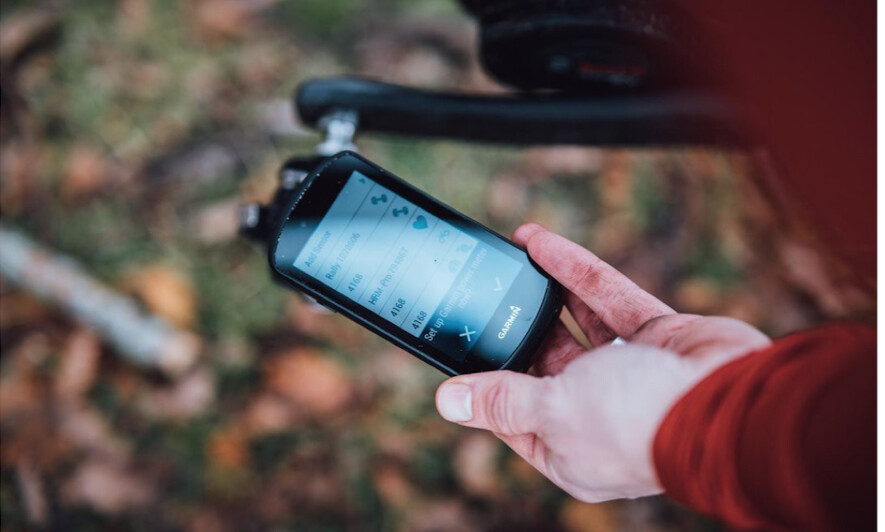
On top of this, breathwork saw a year-on-year rise of 82.76 per cent and yoga also saw an uptake increase of more than 45.55 per cent.
But that’s not to say that everyone locked themselves inside and worked out ways to stay fit and healthy behind closed doors, because activities performed outdoors in the elements increased by 9.52 per cent year-on-year, with gravel cycling seeing the most growth followed by winter sports.
In fact, Garmin noticed a clear trend in the popularity of a number of outdoor pursuits, with more users apparently enjoying hiking, trail running and walking, all of which saw double digit increases compared with the previous year.
Garmin’s data also delved into regional variations, with South America topping the charts with 125.41 per cent more breathwork activities, 87.51 per cent more gravel rides and 37.6 per cent more trail runs.
Similarly, North Americans were turned on to both yoga and gravel rides, with a 34.39 per cent and 28.54 per cent increase in those activities respectively.
"In the face of ongoing lockdowns and the emergence of new COVID-19 variants, Garmin users logged a record-breaking number of fitness activities in 2021," said Joe Schrick, Garmin vice president fitness segment.
"We already knew that our customers are performance-driven and resilient, and the data proves that even a global pandemic won’t stand in the way of their relentless drive to 'beat yesterday'."
Some of the other more left-field activities that increased in popularity include boating, bouldering, hang gliding and rock climbing, proving that the active outdoor lifestyle is well and truly experiencing its day in the sunshine at the moment.
(01/23/2022) ⚡AMPby Apple News
Montell Douglas becomes GB’s first female summer and winter Olympian
Former 100m sprinter makes history after bobsleigh selection for the upcoming Winter Olympics in Beijing
Montell Douglas has become the first woman to compete for Great Britain at both the summer and winter Olympics after she was chosen as a member of the upcoming bobsleigh squad for next month’s Games in Beijing.
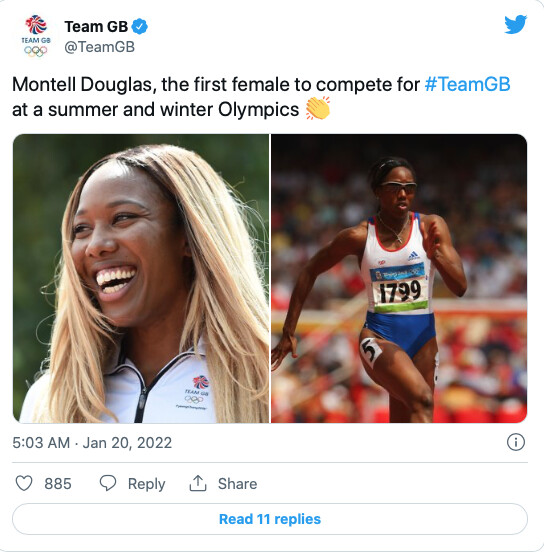
The 35-year-old was a reserve four years ago in Pyeongchang but this time has been selected for the squad and will serve as Mica McNeill’s brakewoman.
McNeill has a wealth of experience in the sport having competed herself in Pyeongchang while she also won a silver medal at the 2012 Winter Youth Olympics.
This will be the first time Douglas has competed on the ice at such a significant event but has steadily progressed alongside McNeil since the former British sprinter took up bobsleigh six years ago.
Since then the pair came fourth in the 2020–21 Bobsleigh World Cup two-women event in Innsbruck while Douglas also finished in the top ten on her Bobsleigh World Cup debut in 2017.
“It’s such a strange feeling. Beforehand, I had thoughts of how it would feel, but I think it’s more of a relief,” Douglas told BBC Sport.
“I’m over the moon to be representing women. There have been many male summer and winter Olympians, so I’m more thrilled about leaving a legacy like that behind than anything else.
“To come full circle, after 14 years and at the end of my career, that blows my mind. You’re never too old, it’s never too late, you should always dream and dream big.”
Douglas represented Great Britain on the track in Beijing 2008 and was the former British record holder over 100m with 11.05 after she ended what was then a 37-year-old record from Kathy Cook. Only Dina Asher-Smith and Daryll Neita have run faster than Douglas.
While it was joy for Douglas in being selected for next month’s Winter Olympics, the same could not be said for Greg Rutherford who missed out on selection in the men’s bobsleigh squad.
Rutherford, who famously won Olympic long jump gold on Super Saturday at London 2012, made his bobsleigh debut earlier this month.
(01/23/2022) ⚡AMP
by Athletics Weekly
World Para Athletics Championships in Japan postponed until 2024
A year after the Paralympics were held in Tokyo, this summer’s World Para Athletics Championships in Kobe have been pushed back again
The World Para Athletics Championships, which were meant to take place between August 26 – September 4 in Kobe, Japan, have been postponed until 2024.

The championships were already pushed back until 2022 from 2020 due to the Covid-19 pandemic but after a request by the Kobe Local Organising Committee (LOC) that date will be moved again.
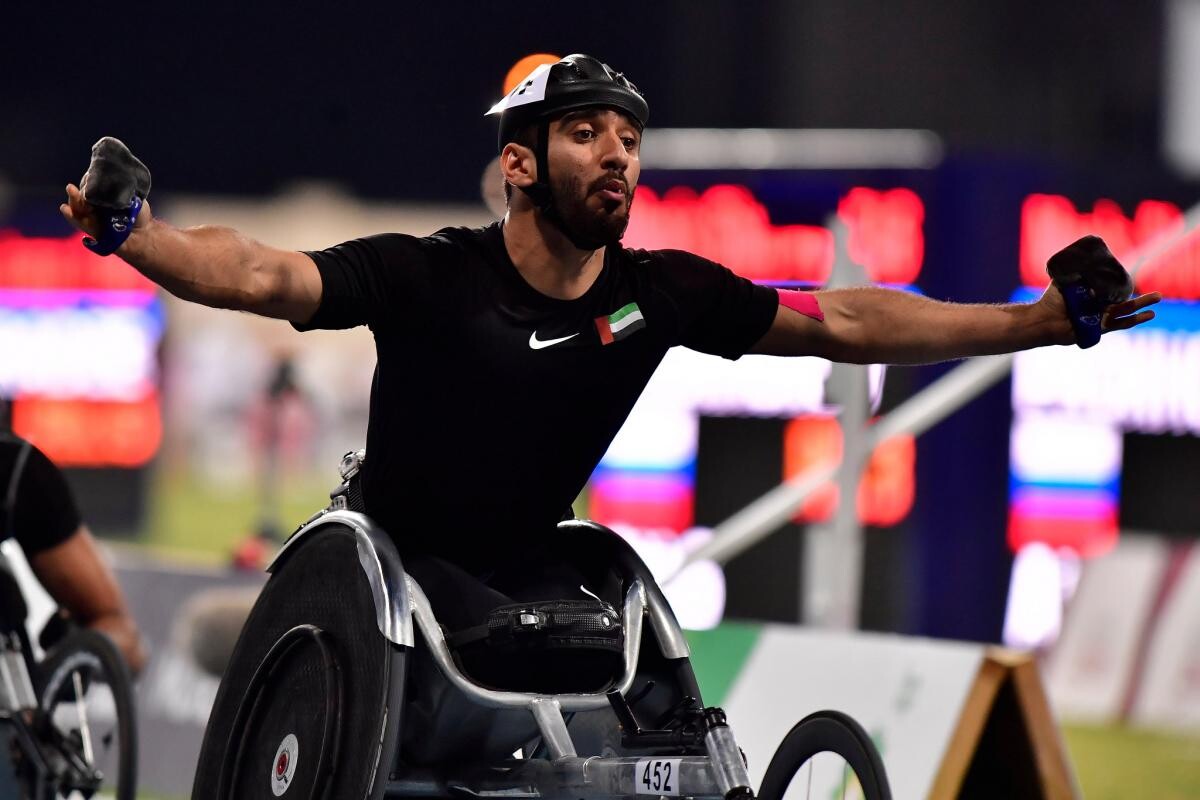
“Both World Para Athletics and the LOC have reached an understanding that the competition will not take place in 2022,” said World Para Athletics.
“Both parties are working closely to assess the feasibility of a postponement to 2024 in order to retain the World Championships within the Paris 2024 cycle.”
That means that the next scheduled championships will take place in Paris next year, with Kobe then taking the reins in 2024, the same year France host the Paralympics.
Dubai hosted the last and ninth edition of the World Para Athletics Championships back in 2019.
When Kobe host the event in 2024 it will be the first time that athletes compete at a World Para Athletics Championships in the Far East although both Japan (1964 and 2020) and China (2008) have hosted the Paralympics.
The first World Para Athletics Championships took place in Berlin in 1994 and since 2011 they have been held in the same years as the World Athletics Championships.
It remains to be seen whether the International Paralympic Committee stick to that format because if they do it would mean that the World Para Athletics Championships would take place in 2023, 2024 and 2025.
(01/23/2022) ⚡AMP
by Athletics Weekly
2022 Boston Marathon jacket revealed
The 2022 Boston Marathon celebration jacket has been revealed on the Adidas site. This year’s blue, purple and green edition was designed to commemorate 50 years since eight women became the first ever to run a marathon in 1972.
Sustainability first
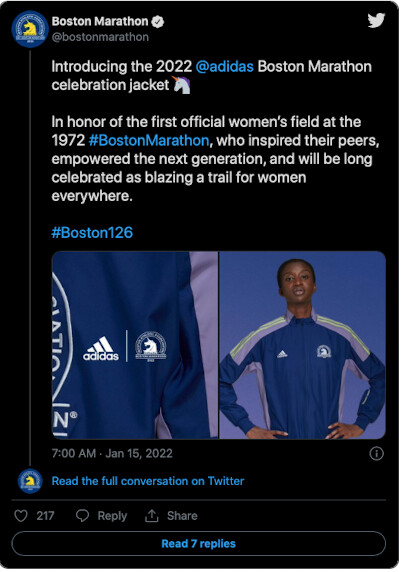
In an effort to be more environmentally sustainable, this year’s jacket is made from 100 per cent recycled content, such as cutting scraps and post-consumer household waste. It features a mesh lining, cuffed sleeves and reflective strips for 360 visibility. Like with all past celebration jackets, this smart victory blue piece features the Boston Marathon logo prominently on both the front and the back, marathon finishers can wear their accomplishment with pride.
The jacket is retailing at $120 US and is available along with other Boston Marathon gear for purchase
(01/23/2022) ⚡AMPby Running Magazine
How to pace your faster half marathon
Have you ever endured that moment in a race where suddenly your legs cannot run any faster? The sensation of defeat overwhelms you, as your pace slows down and the finish line is still miles away. Many runners are familiar with the crash-and-burn experience in the half marathon distance. They start out fast since they feel good, but then fall off pace with just a few miles to go. You do not have to make that mistake! Keep reading to learn how to pace your fastest half marathon and enjoy a breakthrough race.
Why does pacing matter for the half marathon? For most runners, half marathon pace is not much slower than your lactate (anaerobic) threshold. When you run faster than your lactate threshold, you accumulate lactate at a much more rapid rate. Now, lactate isn’t the big bad we once believed; your body can actually shuttle it from the bloodstream to cells and use it for further energy production. However, a by-product of lactate production are hydrogen ions and other acidic metabolites. These cause a burning sensation in your muscles and a resulting fatigue of the muscles. Your breathing also increases, as you both attempt to consume more oxygen for energy and as your body regulates its acid-base balance.
Essentially, you fatigue at a much quicker rate when working above your lactate threshold than when you run slower intensities. When you start out a half marathon too fast – faster than goal pace – you fatigue more rapidly than you would at goal pace or slightly slower. That’s why the last 3-5 miles of a half marathon feels so difficult when you do not pace appropriately. You sabotaged your race by starting out too fast.

These tips are what I have found that worked for me in running my half marathons, including my PR of 1:34 (here’s how I took 12 minutes of my half marathon time). I have used these strategies on hundreds of runners as I have coached them to half marathon PRs. Of course, every runner is different, but these strategies can help you pace your fastest half marathon.
BEFORE THE RACE:

Warm up with 5-15 minutes of very easy running, three or four strides at race pace, and dynamic stretches. The warm-up elevates the temperature of your muscles, which allows greater force production, and increases blood flow which enhances energy production.
MILES 1-2:
Take these miles steady and slightly controlled. You are tapered, so that will equate to a pretty quick pace. Even if you warmed up before the race, you do not want to jump right into goal pace just yet. Aim for 10-15 seconds slower than your goal pace. Do not weave around other runners. The lateral movements will fatigue muscles you don’t normally use in running. Additionally, weaving will add extra distance to your race and affect your finish time. Let people pass you in that first mile.
MILES 3-9:
Settle into a steady pace. You should have practiced your half marathon pace enough in training where you know how this pace will feel on race day. The effort should feel moderate to moderately hard and relateively sustainable. Don’t obsess over your watch. Check in at your pace but trust yourself and trust your training. Take most of your fuel at this point, so that your body can continue to produce energy.
If you feel tempted to slow down or speed up too much at any point, focus on a few runners around you who are running your speed and pace with them. In How Bad Do You Want It?, Matt Fitzgerald describes the group effect as being how running with others reduces your perceived effort – thus making it easier to run faster than you would on your own. Take advantage of this effect if you find others running your goal pace.
MILES 10-12:
A half marathon will get hard at this point. If you started out conservatively, you should still have fuel in your tank. Maintain your goal pace as best as you can or increase it by 5-10 seconds per mile if possible. If you do pick up pace, do not increase it rapidly, as this costs more energy than a more gradual acceleration.
This is when the race becomes a mental game. You will feel comfortable, but with the proper coping strategies you can run at this effort. This segment of the race is when you should try to pass other runners: focus on one runner, work towards passing them, and then repeat. Passing will distract you from the discomfort. The accompanying surges that come with passing temporarily use a different energy pathway, so they are possible even when you are tired.
MILES 13-13.1:
Push your pace more and more – you are almost done and you are not about to crash and burn at this point (unless it is psychological). I like to count down by tenths of a mile from 12.1 and tell myself to push just a bit harder with each tenth that passes. Give your hardest effort over the final tenth.
FINAL NOTES ON PACING:
Focus on the mile you are in. Don’t worry about how you will feel in the next mile or at the end of the race.
Don’t stare at your GPS instant pace (trees and skyscrapers can throw it off). Instead, set it to show lap pace and check in on your mile or km laps to determine if you are running on pace.
Bad miles and good miles alike occur in a race. Don’t stress over a mile split that is too fast or too slow – simply get back to goal pace and focus on the next mile.
Make sure you have a solid nutrition plan to support the energy pathways needed to finish strong!
If this is your first half marathon, use a similar strategy but do not worry about your finish time as much. Make it a goal to start controlled and finish strong!
(01/22/2022) ⚡AMPby Laura Norris Running
What is the best and worst type of crowd support during a race?
Have you been in the final stages of a race and some encouragement from a friend or stranger motivated you to step on the gas and finish strong? Normally spectators shout at runners, “Keep going!” or “You got this!” or “Only one kilometer to go,” but does this positive encouragement have any benefit on the athlete?
Researchers out of Plymouth Marjon University in the U.K. released a study in the Journal of Human Kinetics on how crowd encouragement can boost the runners’ performance.
The study was done on over 800 runners who completed the 2021 London Marathon, and an additional 14 runners were interviewed on the support they received from the crowd. Runners found that the most valuable encouragement they received was personal, authentic and non-judgmental.
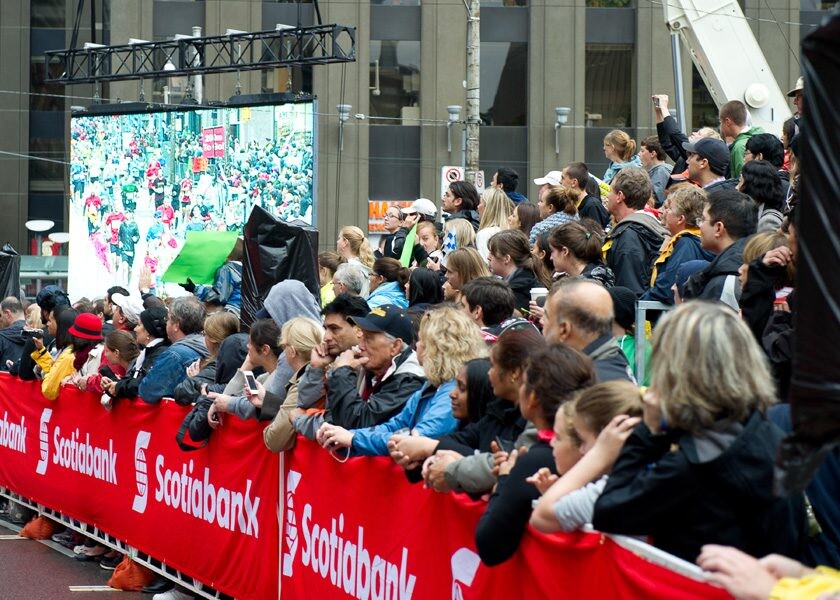
It was no surprise that positive encouragement affected 95 per cent of runners mentally. The results found that false information about the distance or race was the worst type of encouragement besides swearing. Both were described as unhelpful for runners.
The most helpful type of encouragement was personalized to the runner, for example, keep up the hard work (name), which is easy enough with names printed on bibs. The survey found that personal encouragement from a stranger can motivate you to keep going when you’re struggling.
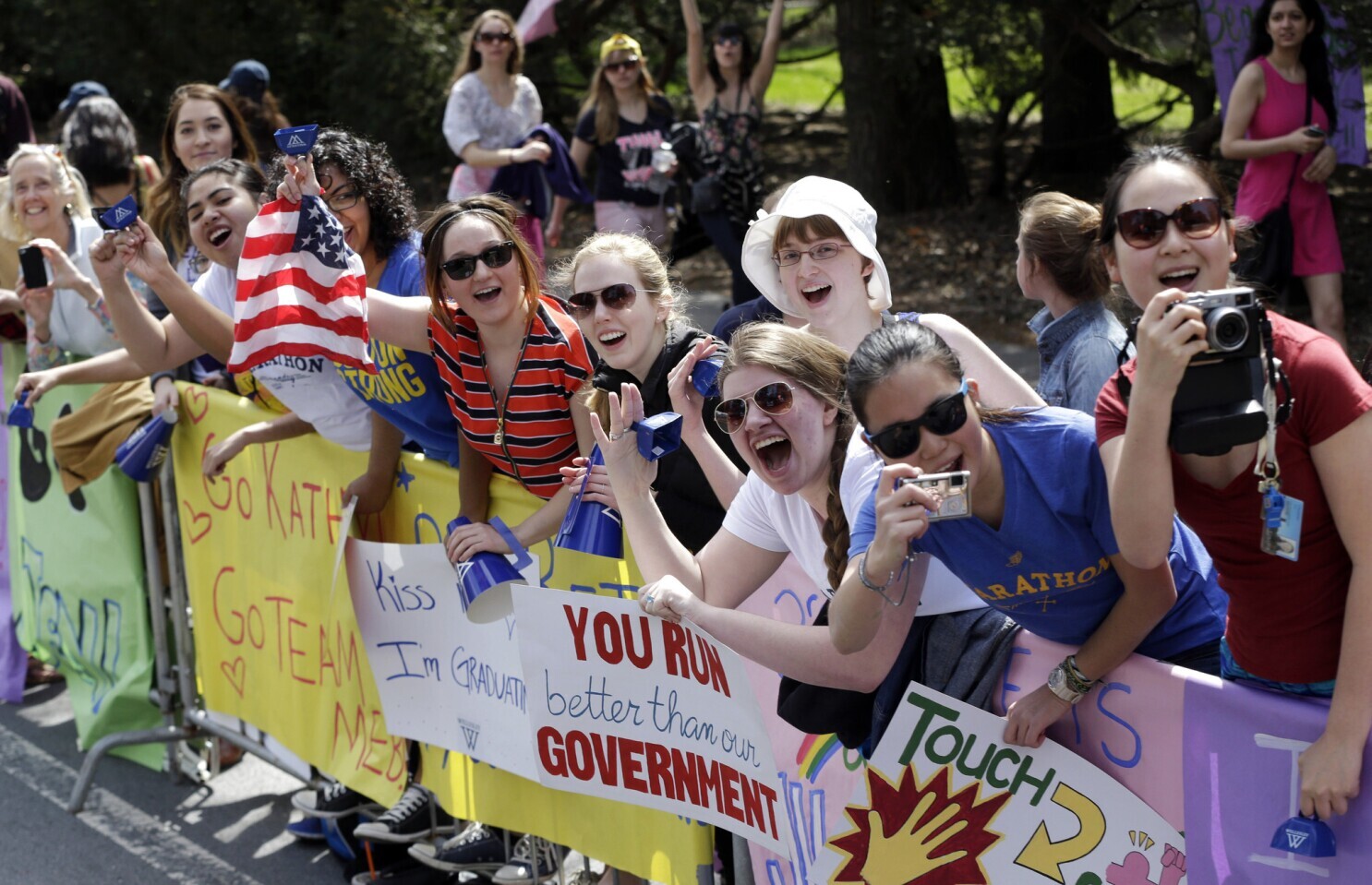
The study concluded by recommending spectators to be empathetic and respectful to runners before voicing encouragement.
(01/22/2022) ⚡AMPby Marley Dickinson
How does Aleksandr Sorokin train for 100-mile world records?
Aleksandr Sorokin of Lithuania became the first man to break the 11-hour barrier for 100 miles. After breaking the 100-mile record, he broke his 12-hour world record, covering 177.4 kilometres (approximately 4:04/km) at the 2022 Spartanion race in Tel Aviv, Israel.
To put Sorokin’s performance in perspective, his time is equivalent to running 35 straight 5Ks in 20 minutes and 15 seconds each, which is a very good 5K time for any runner.
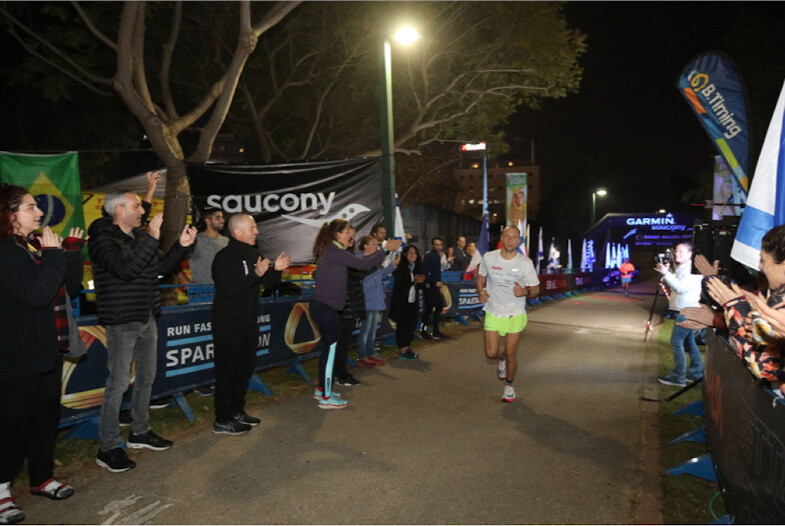
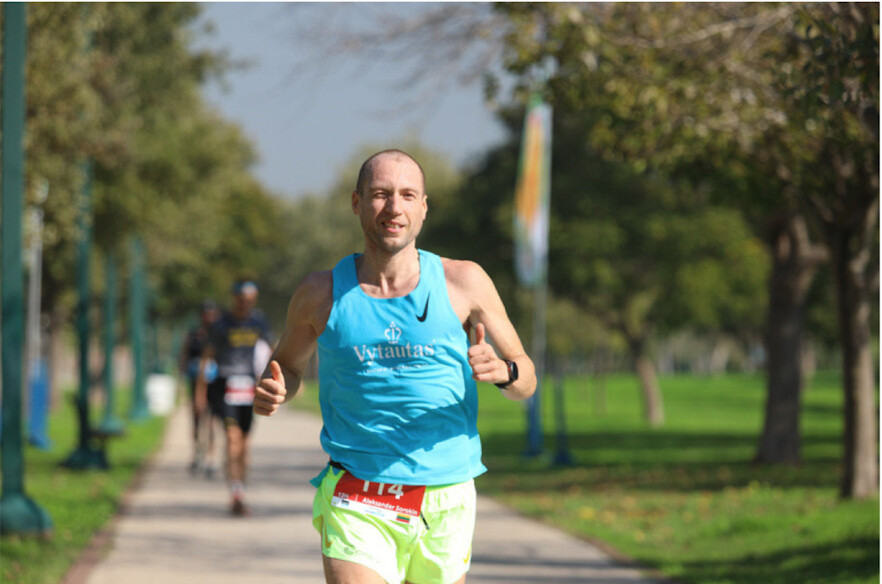
He broke his previous 100-mile world record by 23 minutes and his 12-hour record by seven kilometres. We spoke with Sorokin after he set his world records to get a grasp of his training and what’s next for the Michael Jordan of ultrarunning. So how does he train for speed above 50 miles?
“I am just following my running plan,” Sorokin says. “My coach, Sebastian Białobrzeski, has shown me the importance of the long run. We will often do 40-50km runs during training to build up my pain tolerance.” Sorokin’s base mileage sits around 200 kilometres per week, with his peak training weeks hitting 300 kilometres.
“After that, you just need to trust your training and pray everything else will be OK,” says Sorokin.
In the lead-up to his Spartanion race, Sorokin spent several weeks at altitude in Kenya’s renowned Rift Valley, which stands at 2,500m above sea level.
Sorokin fuels his body with junk food during his races. (i.e., chips, chocolate, candy and pop). He does this to keep his sodium and energy levels high during ultra races.
When we previously interviewed Sorokin, he mentioned that his decision to go after the 24-hour world record came after the 24-hour European Championships were cancelled in 2021. In 2022, the championships are back on and scheduled to take place in Verona, Italy in September. Sorokin has his eyes on the prize: “My main goal for the past two years has been winning the European 24-hour Championships,” Sorokin says. “I do want to do races in North America, but in the pandemic, it’s hard to make concrete plans.”
Sorokin also mentioned that he wanted to try some shorter distances in cooler climates over the next couple of months, but when we asked if he would be tackling any five or 10K races, he laughed, “I don’t run anything less than 10K.”
We may not be seeing Sorokin in a 5,000m race on the track anytime soon, but the 40-year-old ultrarunner carries an impressive 5K personal best of 15:45, which he ran last year in his hometown of Vilnius, Lithuania.
(01/22/2022) ⚡AMPby Running Magazine
One Vancouver runner has taken 'plogging' to the next level
One year ago, Vancouver’s David Papineau was struggling to find the motivation to run. He was looking for a new challenge after running every street in the city. Papineau remembered the reason he originally stayed in Vancouver, his love for the outdoors and, of course, the moderate climate compared to his hometown, Calgary.
Over the next 10 months, Papineau picked up approximately 24,000 face masks off the streets of Vancouver. “On my runs, I couldn’t help but notice more pollution on the ground,” he says. “I began picking them up and recording each one in a spreadsheet.”
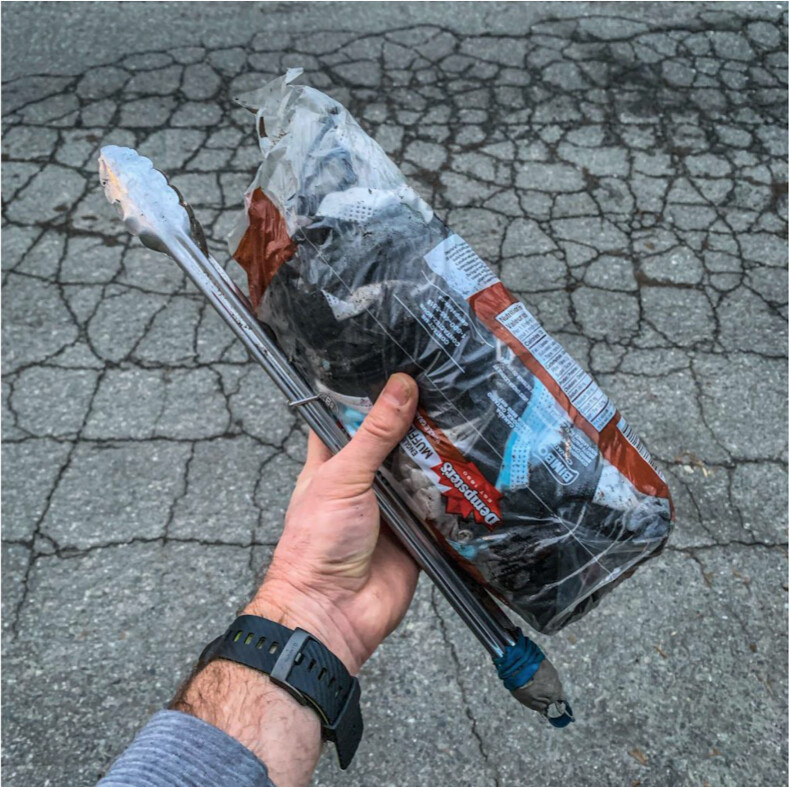
The act of picking up garbage while you run is called plogging, a combination of jogging and the word pick-up in Swedish (plocka upp). It is described as an eco-friendly exercise where people pick up trash while exercising as a way to clean up the environment.
“With more people working from home, there’s more pollution in areas you wouldn’t usually expect it,” Papineau says. “Parking lots, bus stations, parks and hospitals have become hotspots for mask pollution.”
As a runner at heart, Papineau eventually has a goal with his cleaning-up efforts. “I take a lot of pride in cleaning up these masks,” he says. “It’s become my obsession, like marathon running is for other runners.”
Papineau hopes to collect 30,000 face masks by March 30. “That is the day I began the challenge in 2021 – and it motivates me to get out the door and help this city become a cleaner space,” he says. Papineau brings his phone on each run to document each milestone, uploading pictures on his Twitter and Instagram.
For those who are looking to start plogging in your local community, it doesn’t take much equipment. A pair of salad tongs, gloves and a durable/breathable bag you can carry. “Don’t get hyper-focused on picking up everything, as you won’t get very far,” Papineau says. He suggests planning your route and picking up just one type of garbage, like coffee cups.
Papineau’s efforts to clean up Vancouver have not been ignored. The type of bag he uses to collect the masks is from a Victoria, B.C. bakery called Porto-Fino. Nick Mulroney, the son of the former prime-minster Brian Mulroney, reached out to Papineau asking about the type of bag, later to find out Mulroney invested in the small Vancouver Island bakery.
(01/22/2022) ⚡AMPby Running Magazine
How to Actually Stick to Your Goal Pace During Intervals
Run your intervals at the right speeds to make sure you’re getting the most out of each effort.
Getting faster doesn’t happen overnight. To run a faster marathon, for example, you have to first pick up the pace during short segments. When those short segments start to feel easy, you can start extending the amount of time you spend at that pace—eventually to as long as 26.2 miles.
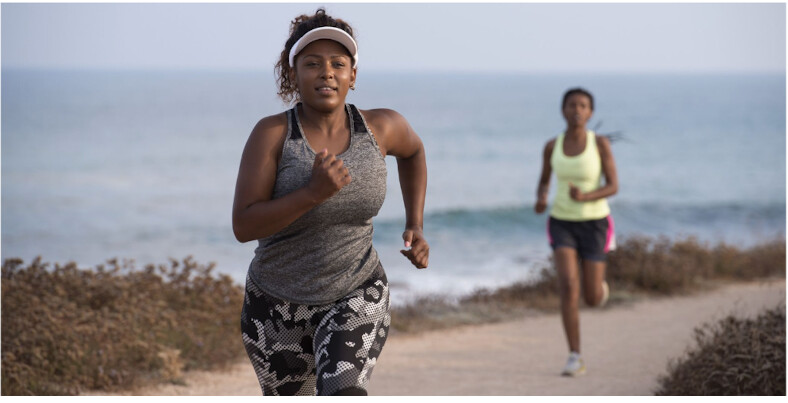
That’s the benefit of interval training, a.k.a doing short, high-intensity efforts followed by low-intensity rest or recovery. With this approach, you can clock more high-intensity effort overall than you would during a steady-state run.
Imagine running your fastest mile pace for one mile—you might make it, but collapse at the end. Now, think about running your fastest mile pace for just 400 meters (about one quarter of that mile), followed by a two-minute recovery. You’d likely be able to repeat that six times, which adds up to a mile and a half of quality effort—something that you might not be able to sustain in one go.
So, if you’re looking to get faster in any distance, intervals are a key workout to have on your training plan—and to maximize the benefits of these speed sessions, you have to find the right pace for you.
Why Interval Runs Need a Place on Your Training Plan
On a physiological level, intervals improve your body’s oxygen uptake abilities (a.k.a. your VO2 max), according to a 2015 study published in the journal Sports Medicine, so your working muscles can use that oxygen more efficiently and running will feel easier at a given intensity level.
Interval training also leads to greater mitochondrial adaptations compared to continuous training, 2017 research published in the Journal of Physiology found. Your mitochondria—the powerhouses of your cells—produce aerobic energy, which powers the majority of endurance running.
Intervals are also proven to make you faster over time: Trail runners who did interval training for six weeks ran 5.7 percent faster in a 3,000-meter track test in a 2018 study published in the Journal of Strength and Conditioning Research. As your body gets used to maintaining faster paces for shorter periods, holding that pace for longer efforts will start to feel easier.
But not all intervals are created equally. Short intervals help you develop muscular strength and power, while longer intervals train your body to better buffer lactic acid, so you tire less easily, explains Danny Mackey, head coach of the Brooks Beasts, one of America’s premier middle-distance track teams. Treating every interval like an all-out sprint can tank your workout from the first rep. On the other hand, figuring out how to properly pace a speed workout can feel intimidating. These tips will help you find your footing.
How to Figure Out Your Interval Run Pace
In general, the shorter the interval, the faster your pace (the same way you’d run a 5K faster than a marathon).
Many training plans use race paces as reference points for intervals. For shorter intervals, you might aim for mile or 5K pace, while longer intervals call for half marathon or marathon pace. If you’ve raced those distances, that’s easy enough to figure you out. You can also pull your average mile pace for any recent race distance and then use a pace calculator to determine your other race paces.
But if you’ve never raced, that’s okay! “The talk test is a good gauge for new runners with no time history,” says Marnie Kunz, a USATF- and RRCA-certified run coach, NASM-certified trainer, and founder of Runstreet. “Intervals should be hard enough that you can’t carry on a conversation, while your recovery efforts should be at a conversational pace.”
When you’re ready to get more specific with your interval pacing, you can do a time trial or benchmark workout, says Kunz. It’s basically like doing a race minus the race environment. During this type of run, you choose a distance—say, a mile—and then attempt to run it as fast as you can. Then, you can use that pace to determine interval paces.
Reminder: Those race or benchmark paces are a measure of your current fitness. So if you’re looking to hit a goal pace in a certain race, that’s your starting point, says Mackey. “You start where you’re at, and [throughout training] you’ll start noticing that hitting that pace feels easier,” he says. That’s when you start going faster.
That said, it’s a lot easier to run a 400- or 800-meter effort at your 5K pace than a whole 5K—so you can set a goal pace at which you run your intervals that’s a little faster than your average time, says Kunz. For example, if your current 5K personal best is a 7:15 average pace, your 5K goal pace for intervals may be a 7:00. When those 5K repeats at 7:00 feel less intense, it might be time to extend the length of the intervals for that pace.
How to Actually Stick to Those Interval Paces
The point of intervals is to stay consistent—if you run at an all-out sprint for one interval and then go twice as slow for the others, that pretty much defeats the point of the workout, says Kunz. “The biggest mistake runners make is going out too fast,” she says. “It’s better to start a little slower and get slightly faster with each interval.” That goes for within each interval, too—you want to eeeease into it instead of kicking things off at your top speed and slowing down from there.
FYI, that also applies to recovery periods. How long you recover will depend on the type of workout you’re doing. A general rule of thumb is to recover for half or the same amount of time as the work itself (i.e. 200 or 400 meters after a 400-meter interval). If you’re looking to start each effort as close to 100 percent as possible, your heart rate should come down to under 120, or about 60 percent of your maximum heart rate, during recovery, says Mackey. Shorter recoveries ramp up the intensity of the workout because they don’t give your heart rate time to drop.
To make sure you’re not starting out to fast and giving yourself proper recovery, try these tactics for sticking to your interval run goal pace:
Go off RPE
One of the best ways to stick to your paces is to gauge your rate of perceived exertion, or RPE, on a scale of one to 10. Recovery efforts should fall on the lower end of the scale, between numbers one through three; high-intensity efforts should be closer to seven through 10 (the shorter the interval, the higher it should fall on that scale).
“If you’re not sure if you’re going hard enough, give it a month and see what you learn about your body,” says Mackey. “It’s uncomfortable to be training at those higher RPEs, but I guarantee you’re not only getting more fit, but you’re going to be able to better handle those more intense efforts.”
Integrate Tech
On the flip side, you can turn to tech to help you stay on pace. Certain running watches—like most Garmins and the Coros Pace 2—actually let you program a workout, including goal paces, in their partner apps. When you sync it to your watch and start running, the watch will beep or buzz during intervals to alert you as to whether you’re going faster or slower than your goal pace.
If you don’t love the idea of looking at your watch during intervals, NURVV running insoles, which use 32 different sensors to capture biometric data, have a Pace Coach feature in the partner app where you can program interval workouts. Then during your workout, you’ll get audio, visual, and haptic (if you have an Apple Watch) coaching based on your cadence and step length measurements to help you hit your target pace.
It’s very rare that the pros are picking themselves off the track, he adds—which means you shouldn’t feel entirely depleted at the end of an interval session, either.
The best way to end an interval session is to feel like you’ve got just one or two more reps in the tank, he says. That’s a pretty good indication that you put in the work, but will be ready to hit the ground running again in another 24 to 48 hours.
(01/22/2022) ⚡AMPby Runner’s World
Exercise can help prevent fatty liver disease, new research suggests. Here’s why that’s a big deal.
Running and strength training are two activities that may prevent a condition known as non-alcoholic fatty liver disease (NAFLD), new research shows.
This may be due to the fact that exercise aids in lowering inflammation in your body and builds lean muscle mass that can help replace fat—both factors in the cause of NAFLD.
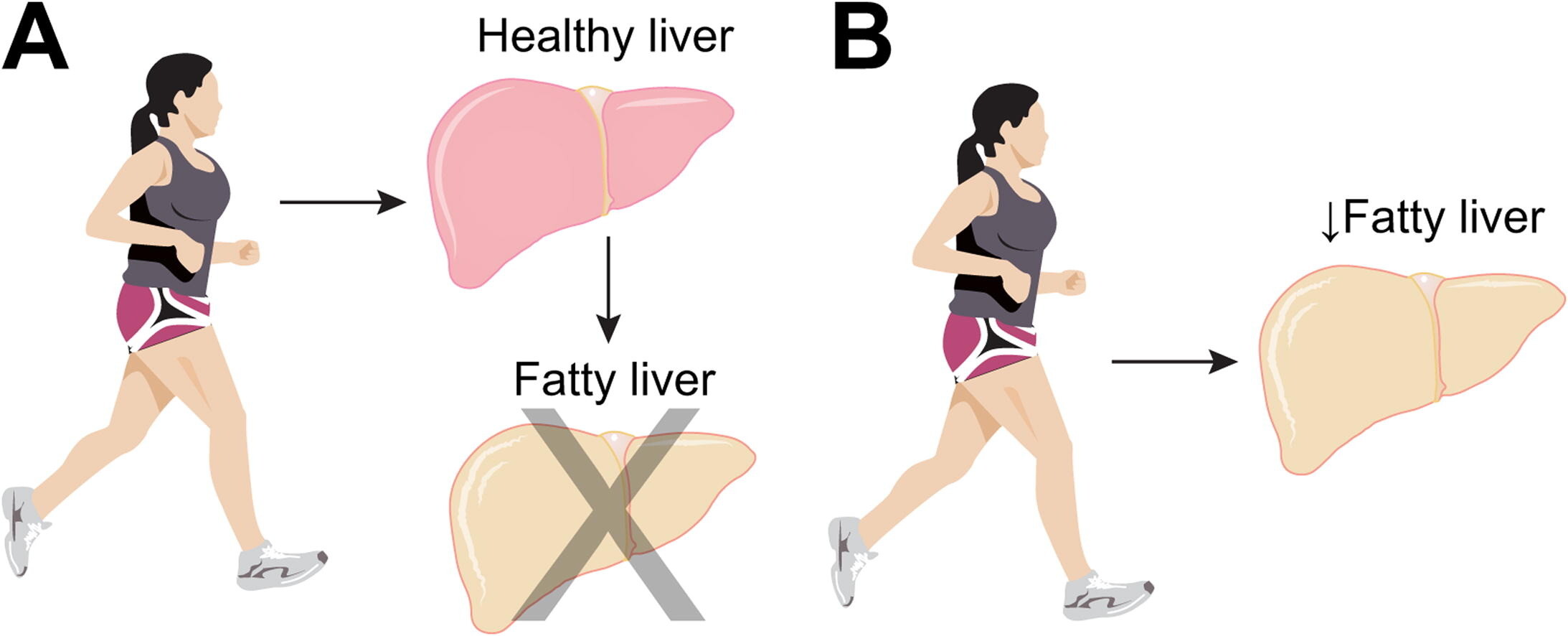
Running is beneficial for your heart, brain, and muscles—and new research suggests your liver could see the advantages as well.
A condition known as metabolic liver disease or non-alcoholic fatty liver disease (NAFLD) involves fat deposits in the liver that increase over time and negatively impair your mitochondria (which play a role in turning the energy we get from food into energy our cells can use). That can impact how you metabolize carbohydrates, lipids, and proteins, and can lead to organ damage if not addressed.
A recent study in the journal Molecular Metabolism suggests that exercise can change mitochondrial function enough to reduce development of fatty liver deposits. Researchers fed mice a high-calorie diet to prompt liver fat development, then had some of them do treadmill training for six weeks. At the end of that time, those who’d been running showed more regulated liver enzymes and better mitochondrial activity.
Previous studies on people have shown the same connection between better liver function and regular exercise. For instance, a 2016 randomized clinical trial on those with NAFLD showed that vigorous and moderate exercise improved liver health markers. And commentary in 2018 in Gene Expression noted that exercise increases fatty acid oxidation and prevents mitochondrial damage in the liver.
Although preventing NAFLD might seem less important than other warding off other health risks like cardiovascular disease, cancer, or dementia, the condition’s prevalence rate indicates that it’s a major health problem—and it could get worse. When the disease shifts to a more severe form, it’s called nonalcoholic steatohepatitis (NASH), and it causes liver swelling and damage.
According to the American Liver Association, about 1 in 4 people have NASH and most are between the ages of 40 and 60. Up to a quarter of those with the condition develop cirrhosis, late-stage scarring in the liver that may require a transplant.
A 2018 study estimates that NAFLD will increase by 21 percent from 2015 to 2030, while NASH is expected to rise by 63 percent in the same timeframe. Those researchers anticipate that deaths due to these liver conditions will increase by 178 percent by 2030.
“The good news is that lifestyle changes can make a big difference, both for preventing NAFLD, as well as controlling or even reversing the condition if you have it,” Jeff McIntyre, NASH program director for the Global Liver Institute, told Runner’s World.
He said that in addition to regular activity like running, other lifestyle strategies include avoiding foods with added sugar—a potentially major cause of liver inflammation, he said —and incorporating strength training into your routine, since lean muscle mass can help replace fat.
“There are no approved medications yet for NASH or for NAFLD, so the main strategy for prevention and treatment is exercise and nutrition,” he said. “Plus, you’ll benefit other aspects of your body at the same time, like your cardiovascular system and cognitive health. So movement really is medicine.”
(01/22/2022) ⚡AMPby Runner’s World
Canadian Reid Coolsaet signs with Salomon
Since making the jump from the roads to the trails, Canada’s Reid Coolsaet has already begun making a name for himself and brands have taken notice. The two-time Olympian announced Thursday he had signed a sponsorship agreement with Salomon heading into the 2022 ultra-trail racing season.
Coolsaet is one of Canada’s most successful distance runners. He represented Canada twice in the Olympic marathon (London 2012 and Rio 2016) and has competed on the track at multiple World Championships and international competitions. In 2011, he ran the second-fastest marathon by a Canadian athlete at the time, finishing third in the Toronto Waterfront Marathon with a time of 2 hours, 10 minutes, 55 seconds. Today, he still holds the fifth-fastest Canadian marathon time in history.
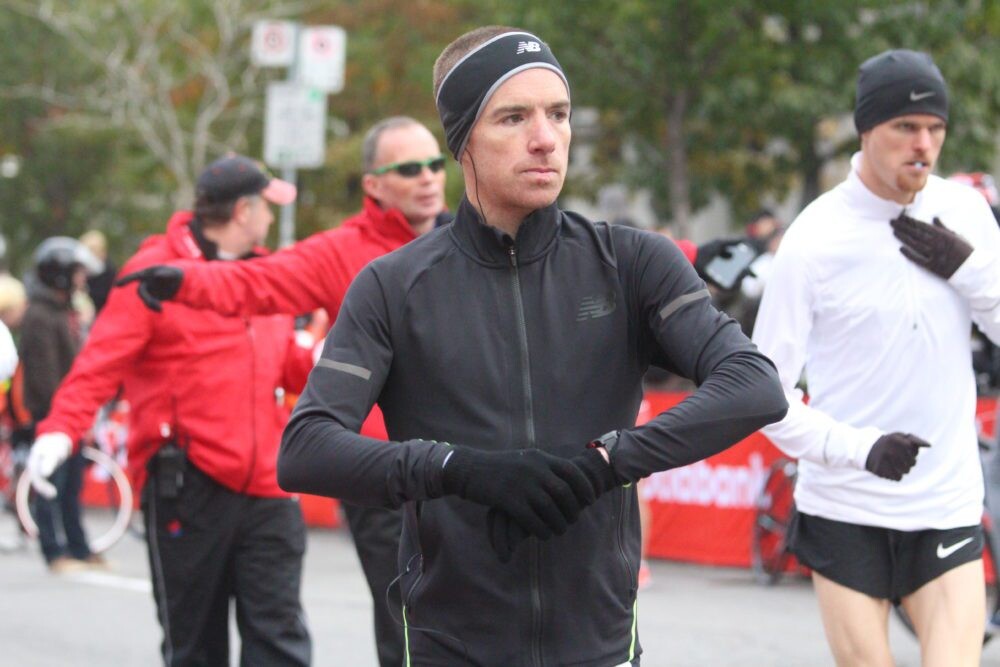
Even after his Olympic days had come to a close, Coolsaet continued his career, turning his attention to master’s records. In June 2020, he ran 14:39 over 5K for the Canada Running Series virtual Spring Run-Off, breaking the Canadian M40 5K record of 14:42 held by Steve Boyd. His time was not ratifiable, but demonstrated he was still competitive in the sport.
Recently, he’s pivoted yet again, this time to the ultra-trail running scene. In August 2021, he won his debut ultra-trail race, placing first at the Quebec Mega Trail 110K in 14:24:16 despite taking a wrong turn and running 10K more than the rest of the field. Thanks to his partnership with Canadian company Stoked Oats, he was granted entry to this year’s Western States Endurance Run, and will be lining up in Olympic Valley, California on June 25.
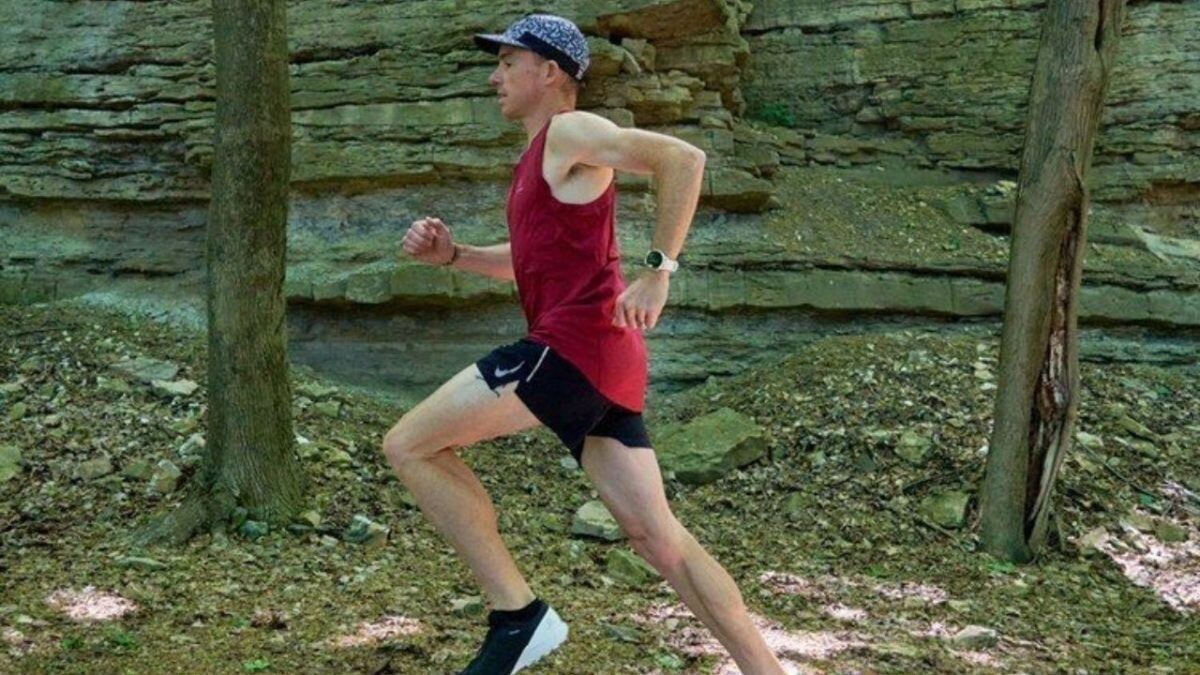
“We are thrilled to announce that Reid Coolsaet is joining our Salomon Canada elite running team,” says Sr. Marketing Manager at Salomon Canada Virginie Murdison. “Reid is a prominent figure in the Canadian running scene, a well-regarded coach, and exemplifies Salomon’s values of inclusivity, clean sport, encouraging every individual to get outside and play. We are excited to partner with Reid as he takes on new adventures on and off the trails.”
Running fans across the country have been excited to see Coolsaet back on start lines (and podiums), and with this new sponsorship, Canadians everywhere will be excitedly waiting to see what he does next.
(01/21/2022) ⚡AMPby Brittany Hambleton
Abel Kipchumba, Brigid Kosgei among marquee names for the 2022 RAK Half Marathon
A stellar line-up of world-class runners will be a part of the 2022 Ras Al Khaimah Half Marathon on February 19 (Saturday) as organisers Ras Al Khaimah Tourism Development Authority (RAKTDA) Tuesday revealed the race route and technical sponsors.
Vying for top spot in the world’s fastest half marathon is Kenya’s Abel Kipchumba and Brigid Kosgei, who will both compete against recently announced international elite athletes Jacob Kiplimo, and reigning champion of the 2020 Ras Al Khaimah Half Marathon, Ababel Yeshaneh.

With a goal of bettering her personal best time of 1:04:49, current Marathon world record holder Kosgei is an experienced and highly sought after runner and makes an excellent addition to the impressive elite line up confirmed so far. Kosgei’s achievements include second place in Olympic Games, first place in both the 2020 and 2019 London Marathon and second place in the 2020 Ras Al Khaimah Half Marathon.
Joining Kosgei is male elite athlete, Abel Kipchumba, who famously secured the second fastest time in the 2021 Half Marathon distance category, with an incredible personal best of 58:07.
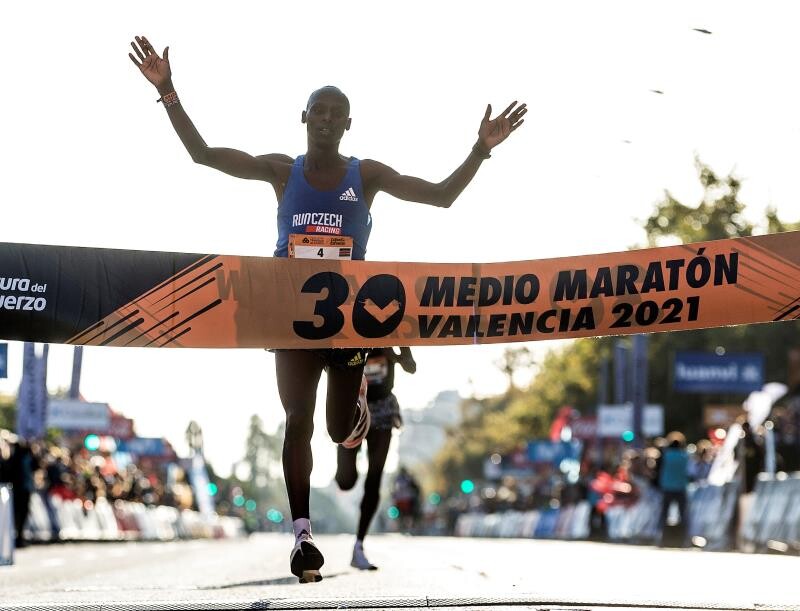
Looking to beat his personal best time, Kipchumba is expected to deliver an exciting competition and add to a series of world-class records which includes first place at the 2021 Valencia Half Marathon and 2021 Adizero Road to Records, and second place in the 2020 Napoli City Half Marathon.
The race will once again return to the stunning Marjan Island, set against the picturesque backdrop of the Arabian Gulf, treating all athletes to pristine views of the nature-based Emirate’s white sandy beaches and shimmering coastline.
(01/21/2022) ⚡AMPRak Half Marathon
The Ras Al Khaimah Half Marathon is the 'world's fastest half marathon' because if you take the top 10 fastest times recorded in RAK for men (and the same for women) and find the average (for each) and then do the same with the top ten fastest recorded times across all races (you can reference the IAAF for this), the...
more...Try this simple fartlek workout to improve your 5K
Winter is the perfect time to build a training base before any spring races. Focusing on improving your top-end speed with fartlek training can translate well to the 5 km distance and even trickle down to faster times for the half-marathon and marathon. The idea behind fartlek training is to help your body to adapt to various speeds and threshold zones.
Fartlek is a Swedish word meaning speed play. A fartlek session involves a continuous run while increasing and decreasing the speed and intensity for a period of time. Fartlek and interval training has many of the same benefits but the difference is the continuous running between reps.
The workout
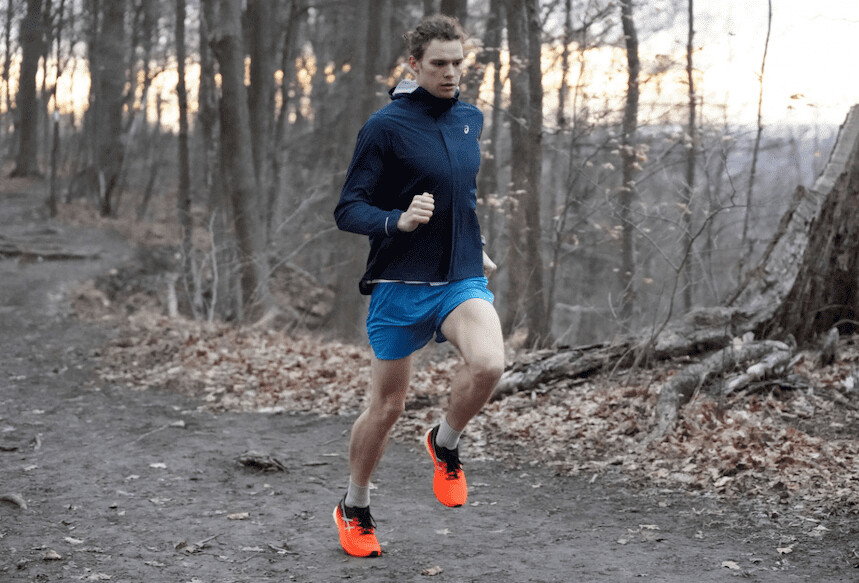
10 to 15 reps of 90 seconds hard and one minute easy
Although 10 to 15 reps may seem like a lot on paper, the point of this workout isn’t the number of reps – it’s the time on your feet. To get the most out of it, spend the 90 seconds at your goal 5K pace, then the one-minute rest at a slow easy jog pace (for most runners this would be two to three minutes slower than your pace for the 90 seconds). 10 to 15 reps can simulate a 5K race. Your average pace on each rep will give an estimate of your current 5K time.

Runners have the option to make this workout easy or hard depending on their rest pace. The faster you jog your rest minute, the harder the workout will become, as your heart rate will remain high. My recommendation would be to start with a slow jog rest and increase your rest pace as you advance through the workout, depending on how your body feels.
If you are finding that the workout is too hard, even with the slow jog, break the workout in half: two sets of seven reps of 90 seconds and a minute jog (with three minutes jog rest between sets). The purpose of the workout is to maintain your goal 5K pace for its entirety If you are dropping off the pace after six or seven reps, don’t be afraid to add the additional rest to control your heart rate.
This workout is also helpful for beginners learning to run. Run the 90 seconds and transition to the one-minute jog into a one-minute walk, then repeat.
(01/21/2022) ⚡AMPby Marley Dickinson
2022 Dubai Marathon edition will not take place in January but hopefully in December due to COVID-19
The 2022 Dubai Marathon has been postponed, organizers told LetsRun.com last week. Typically staged in late January, the 2021 edition was cancelled due to COVID-19 and the 2022 edition will not take place in January either as local health and safety guidelines — including a temporary ban on flights from Kenya and Ethiopia — make it difficult to stage the race.
First held in 2000, Dubai began offering a $250,000 first-place prize in 2008 and a $1 million bonus for a world record. Though the world record bonus no longer exists and the prize money has been cut, the $100,000 reward for first place remains one of the biggest paydays in the sport.
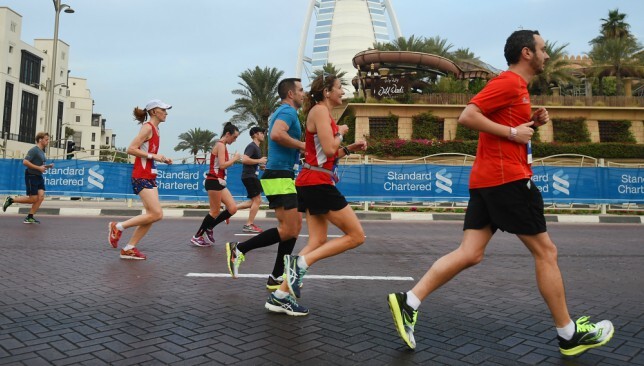
As of now, Pace Events, the organizers and promoters of the Dubai Marathon, have set a tentative date of December 10 for the postponed 2022 edition. That would put the race in competition with the Abu Dhabi Marathon, a rival race begun in 2018 which staged its 2021 edition on November 26.
Pace Events provided the following statement to LetsRun.com on the 2022 Dubai Marathon:
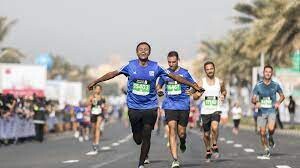
On behalf of Pace Events FZ LLC, we trust you had a good new year and are looking forward to a brighter future for running events. As the organisers of the Dubai Marathon for 21 consecutive years since its first edition in 2000, Pace Events anticipates a time when we can all come together and have another World Athletics-sanctioned Marathon and mass participation event in the city of Dubai.
Unfortunately, because of the current situation and adhering to the strict local health and safety guidelines, it still remains impossible for Pace Events to reunite the running community in Dubai with its iconic Marathon in the early part of 2022. Races organised by our team normally attract well in excess of 25,000 runners from all over the world and until we can safely bring together athletes, stakeholders, sponsors, partners and officials we have to wait for circumstances to change.
Naturally, we are disappointed to have to wait longer but we hope to be able to put on a bigger and better event later this year. The date we have set for the return is December 10, 2022.
For now, we can only sit tight and look forward to seeing everyone on the start line…
(01/21/2022) ⚡AMPby Jonathan Gault
Dubai Marathon
In its relatively brief history (the race was first held in 2000), the Dubai Marathon has become one of the fastest, most respected and the most lucrative marathon in the world in terms of prize money. Each year thousands of runners take to the roads in this beautiful city in the United Arab Emirates (UAE) for this extraordinary race starting...
more...Here is what you need to do, if you get injured while running
You’re running along, and all of a sudden, you feel something pop. This could be a sign that you’ve injured yourself while running. The pain is unbearable, and the adrenaline kicks in to try and get you back home as quickly as possible. But what do you do next? This blog post will cover what to do if you are injured while running, how long it takes for injuries to heal, and why it’s important not to play through injury when it comes to sports activities like running. Read the tips below.
Take a Break From Running and Let Your Body Heal
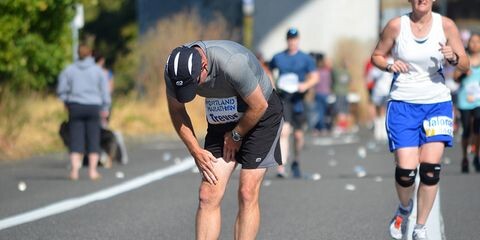
If you experience an injury while running, it’s important to take a break from the activity and let your body heal. If you don’t take care of your injuries properly, they can cause long-term damage such as chronic pain or even permanent disability. The worst thing is that if left untreated, these types of injuries will get worse over time.
This is why you need to act quickly and see a doctor as soon as possible, even when the injury doesn’t seem that bad at first glance. An x-ray or MRI may be necessary so that your physician can give you an accurate diagnosis of what’s wrong with your body. Once they have identified the problem, it will be easier to prescribe the appropriate treatment for your injury, including physical therapy.
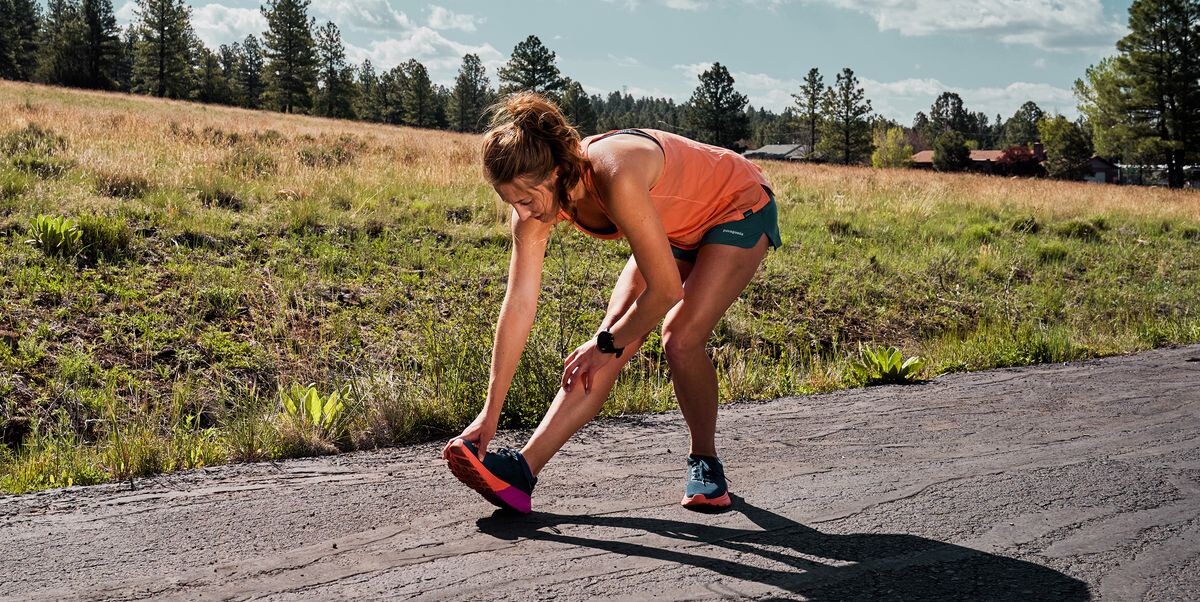
Apply An Ice Pack to the Injury for 15 Minutes Every Hour
When you injure your muscles, it’s common to experience swelling and bruising. The tissue has been damaged or injured from an impact such as a fall or sudden twist. To reduce pain and inflammation caused by this injury while running, apply an ice pack for 15 minutes every hour until all signs of redness have disappeared.
It’s also important to remember that while icing your injury, you should not apply heat simultaneously because this will have an opposite effect and cause swelling to increase.
Find a Physical Therapist
When you’re dealing with an injury while running, it can be tempting to want to do as much as possible on your own. However, there are a few things that a physical therapist will be able to help you with. If you need help soothing your aches and pains, your physical therapist can tailor a treatment plan for you. The physical therapy process involves applying pressure and stretching the injured area. This will help get your muscles working again so that you can start running healthy and strong without any pain or discomfort in a short period of time.
It takes an average of three weeks for a typical running injury to heal, but some injuries can take up to six months. The amount of time it takes for your body to fully recover from an injury while running is largely impacted by how severe the damage was and what type of treatment you received after sustaining the injury. With the help of physical therapy, you should be back on the road in no time.
Rest Until You are Pain-Free Before Returning to Normal Activities
It’s important to give your body the proper amount of time to heal before returning to an activity such as running. This is because it will be easy for you to re-injure yourself during this process and cause more damage, leading to chronic pain or disability that can last a lifetime. To ensure no further injury occurs, you should stay off your feet until the pain goes away.
Pain-free doesn’t mean that it’s healed, but if there is no discomfort or aches when standing up or walking around, then this means that it will be safe to resume normal activities without risking any more damage to your injury while running. If you are still experiencing some
Use a Brace or Wrap if Needed to Support the Injured Area
Your body needs to have the proper support when you’re wearing a brace or wrap. This will help prevent further injury during running activities, which can easily aggravate an existing injury. After getting fitted with a supportive device, make sure that it is comfortable and fits correctly so that there are no gaps between the brace and the injured area.
If there is a gap, it will be easy for you to irritate the injury even more and make things worse than they already are. It’s also important that you learn how to wrap or strap your ankle so that it doesn’t slip out of place while running again because this can lead to further damage down the road.
The best thing you can do for an injury is to follow these simple steps and have patience. If your pain doesn’t subside, consult a medical professional immediately, as this could indicate something more serious. We hope that you will feel better soon by following our advice! Do not try to push through the pain or return to running too quickly; your body must have time to heal properly, so please take care of yourself and stay well hydrated during recovery.
(01/20/2022) ⚡AMPby Colorado Runner
Running through extreme grief
Nearly 13 years ago, Oakville, Ont. runner Lynn Keane’s life changed forever. On a late April day, she, her husband, her two daughters and many others who knew and loved their son, Daniel, became survivors of suicide loss. Since that day, Keane has had to follow a journey of radical transformation, which no one who hasn’t been through it could ever imagine taking. Recently, we spoke with Keane about her journey and how running and movement helped her find healing and peace. This is her story.
Keane’s life as a runner began in high school, when she competed as a sprinter. “As a teenager, I found joy in running high school track,” she says. “Sprinting around the track I was able to shed the labels and preconceived ideas that had been ascribed to me as a mixed-race kid growing up in Toronto.”
After several years away from the sport, she began running again as an adult, starting with 5K and eventually working her way up to a marathon. She says this process helped her build resilience and mental toughness that she would rely on to get her through the dark days ahead.
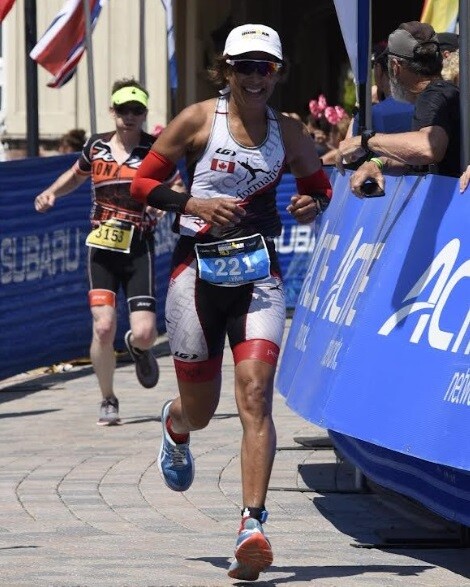
A few days after losing Daniel, when she and her family were struggling just to make it through the day, she put on her shoes and went for a run. “I needed to do something normal, and putting one foot in front of the other was so familiar,” she says. “It was also so healing because I could be alone, I could be outdoors and just scream at the sun, the moon — whatever. I could just be me and cry.”
After that first run, she knew it was something she needed to do. If she couldn’t do anything else, she would run. She also began researching and speaking with medical professionals so she could begin to understand her son’s experience. “Over the years I’ve worked to accept the loss and figure out ways to make the world a better place for young people now that I have this knowledge,” she says, “but running was the catalyst. Once I could get back out and physically move my body, the brain started to follow.”
Keane describes movement as a healing act, and it has remained that way all these years later. “I think because you make a commitment to yourself, which requires discipline, and that’s when grit happens,” she says. “Whether you’re depending on yourself, or your run crew is depending on you to show up, there are all these little habits that come from being a regular runner that builds dependence on oneself.”
Keane has now finished 14 marathons and more than 20 half-marathons. She’s a five-time Boston Marathon finisher, has done six half-Ironmans and one full Ironman and was the co-founder and co-race director of the Muskoka Rocks Races for 16 years. “In 2015 I finished my first half (Ironman), and coming across the finish line was life-changing, because that was another moment when I said ‘you can do big things’,” she says.

For anyone going through a difficult time or grappling with extreme loss, Keane says that in time, grief will not disappear, but will become part of you. “When you have these moments that are overwhelming, acknowledge them,” she says, “because in time, everything that you’ve gone through will serve to strengthen who you are.” She adds that it is an incredibly difficult process, but getting support from a professional, friend or someone you trust can go a long way toward helping you to heal. “Honour the pain, live in the pain, because if you don’t, you’re only putting it away for another day,” she says.
Advocacy and awareness
Aside from running and triathlons, Keane dealt with her loss by sharing Daniel’s story so others could see themselves and seek out the support they needed. “I wanted to offer real-time understanding around youth depression and anxiety, so that we, as family, friends and community could provide compassionate support from a place of knowledge and understanding,” she says.
Keane has done a TedX Youth Talk about suicide prevention and written a book, Give Sorrow Words. She’s dedicated herself to educating others about youth suicide prevention and has worked with a wide range of suicide prevention and mental health advocacy groups and organizations. including The JED Foundation, The American Foundation for Suicide Prevention, The International Summit on Suicide Research, the Canadian Mental Health Association (Halton) and Bell Let’s Talk Day, among others.
“In sharing our son’s story, we are honouring his life and his time on Earth,” says Keane. “I know that Daniel’s story has helped to normalize conversations around youth mental illness and suicide prevention.”
Radical transformation
“You have these horrific life experiences and you can choose to stay in that place… and of course, I did for a long time. And then one day, maybe you can see that little sliver,” says Keane. “That very little bit of light at the end of a very long tunnel and know that you can get to it, and on the other side is life again.”
Keane considers herself to be living proof of the resiliency of the human spirit. Running gave her strength she didn’t know she had until she needed it, and helped her get through the darkest moments of her life.
“When we push our body, we challenge our mind—gathering strength and fortifying ourselves for life,” she says. “Running and triathlon have served to strengthen my spirit, allowed me to survive trauma and find a greater purpose in life. That is my why.”
(01/20/2022) ⚡AMPby Brittany Hambleton
The celebrities who love to run
As well as championing a vegan diet and showing off the latest fashion trends at red carpet events, celebrities regularly maintain their health and fitness with a solid dose of daily exercise. In fact, for many famous faces, running is the most effective and enjoyable way to keep them in shape and ready for a range of public appearances which come with such status.
On the whole, a lot of the world’s well-known celebrities adore sport which is why seeing a range of Hollywood stars and established music-makers donning their running gear as they attempt to shed some pounds in the New Year is hardly surprising. The likes of Mark Wahlberg, Will Smith and Snoop Dogg adore the big sporting events, perhaps dabbling in the odd sports bet from time to time and even offering their views on various developments as they unfold during a football or basketball season.
It should come as no surprise, then, when the same stars supplement their love of watching sport with a fitness session or two, essentially just like the rest of us do. For many, running is the ideal way to keep in shape as it’s not only a great way of staying fit and healthy, but it alleviates the stresses and strains which can occur when you’re constantly in the spotlight. With that in mind, below is a look at some famous celebrities who fit a daily or weekly run into their busy schedules.
Mark Zuckerberg
The man behind Facebook has regularly shared updates on social media regarding his love of running. So much so, in fact, that Zuckerberg even did a ‘year of running challenge’ which gathered real momentum on the social media site he founded, with the aim being to run 365 miles in a year. Zuckerberg managed to finish the challenge five months early and captivated audiences as a result, educating people on the benefits of running in terms of both physical and mental health.
Victoria Beckham
Being a part of one of most famous couples in the world certainly comes with its drawbacks, with one them being the constant scrutiny surrounding the way a pair looks. With fitness evidently being of high importance to Victoria Beckham and her retired soccer star husband David Beckham, it should come as no surprise to learn that she manages to fit a daily 5K run into her routine. Speaking to Vogue Australia, the former Spice Girl said: “I go for a three-mile run every morning and I work out for an hour with a PT.”
Jennifer Lawrence
A keen runner, Jennifer Lawrence used running to her benefit as she aimed to get ready for Hunger Games in 2012. A movie which required a great deal of fitness and a number of running scenes for Lawrence to get stuck into, the popular actress admitted that she’s a tad self-conscious when it comes to her running style.
Speaking after the release of the movie in 2012, Lawrence said: “I’m most nervous about everybody making fun of the way I run. I do, like, karate hands. Instead of running with my hands closed together like a normal person. It’s like I’m trying to be aerodynamic or something, so my hands are straight like razors.”
Gordon Ramsay
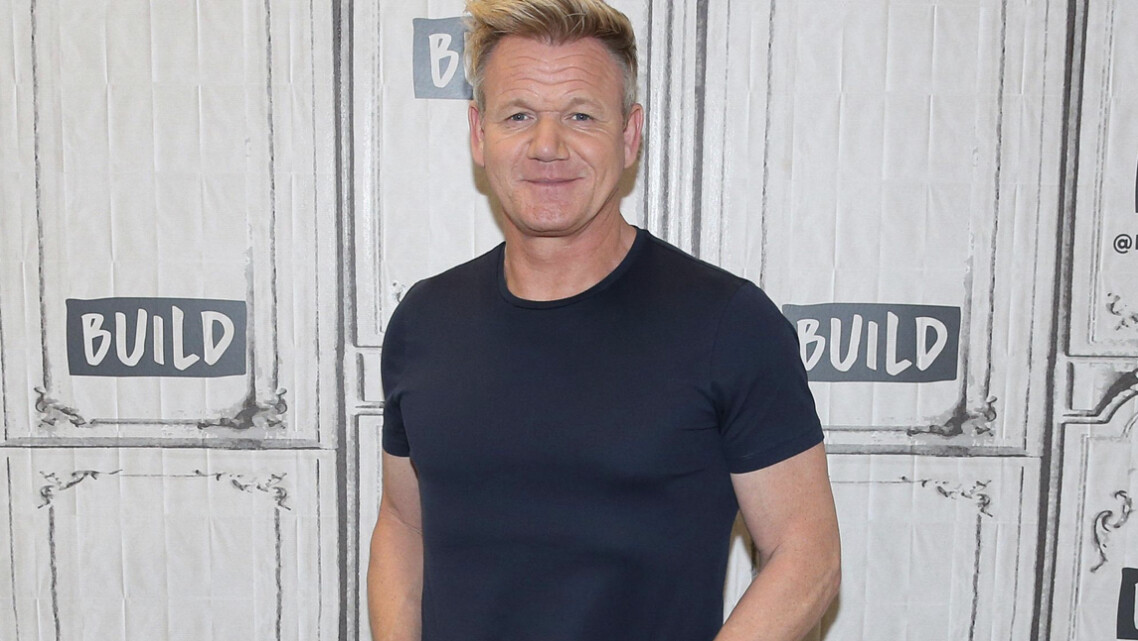
Alongside berating deluded restaurant owners and showcasing his French cooking skills, Gordon Ramsey is a keen runner. Regularly taking part in the London Marathon over the years, the world-famous chef has an impressive marathon PB of 3:30:37 and is commonly spotted running both in the UK and in his neighbourhood in America.
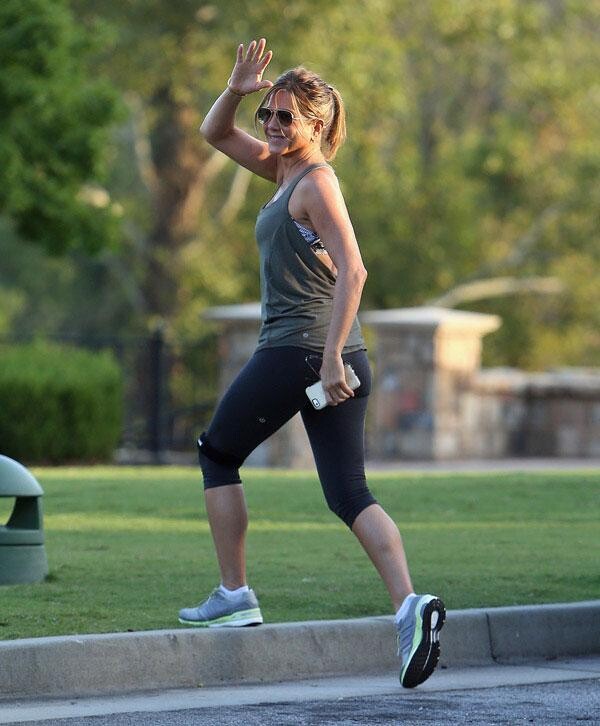
Jennifer Aniston
Former Friends star, Jennifer Aniston, is known to focus a great deal on her health and fitness, favouring a range of methods of exercise such as boxing for cardio and spin classes. Aniston has also been seen running on numerous occasions as she aims to stay in shape ahead of her next movie role.
Eva Longoria
Following an interview with Health magazine, Eva Longoriabe came even more of a hit with women aiming to master their health and fitness around the world. The Desperate Housewives star also enjoys yoga and pilates, but it’s running which is her main bag, recently saying: “I’m a runner, first of all. I run a lot.”
Other celebrity runners include Reese Witherspoon, Eminem, Richard Branson, Louis Theroux, Karlie Kloss, Kate Middleton, Reggie Miller, and Meghan Markle.
(01/20/2022) ⚡AMPWorld record holder Eliud Kipchoge to run Tokyo Marathon if it happens and if he can get into country
On Jan. 19 it was learned that men's marathon world record holder and two-time Olympic marathon gold medalist Eliud Kipchoge, 37, may run the Mar. 6 Tokyo Marathon. Multiple sources involved in the situation said that the Tokyo Marathon organizers have extended an offer to Kipchoge for his participation. If he does run, there is a strong possibility that he will break both the course and all-comers' records of 2:03:58 set in 2017 by Wilson Kipsang by a wide margin.
At the same time, the Omicron coronavirus variant is likely to have a significant impact on the event's chances. The government has banned all non-resident foreigners from entering the country since Nov. 30 last year. Tokyo and other areas of the country are set to enter a partial state of emergency on Jan. 21.
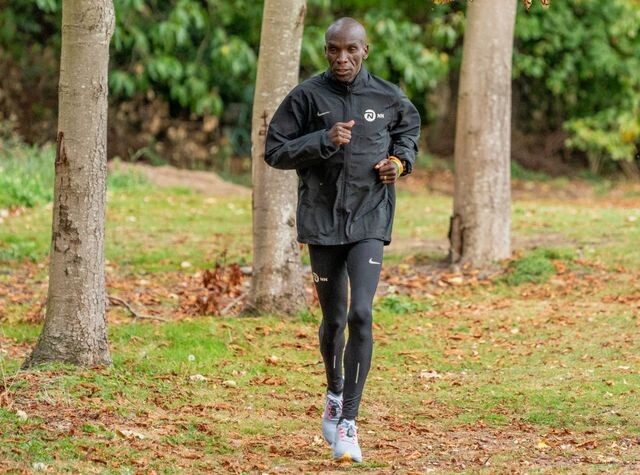
And the Tokyo Marathon organizers have established the policy that they will cancel the race if after Feb. 6 the government asks large-scale events to refrain from going forward and it meets the criteria. The Tokyo Marathon was originally scheduled for March last year. It was initially postponed to October due to rising coronavirus numbers, then postponed again to March, 2022.
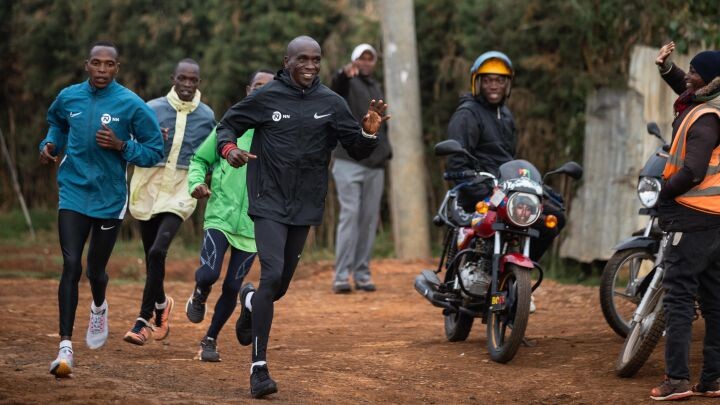
As the Omicron variant continues to spread, road races across Japan have begun to cancel one after another. With a dark cloud hanging over the Tokyo Marathon's future it is not even clear whether Kipchoge would be able to enter the country.
Organizers are waiting for the right opportunity to announce the elite field, and are still hopeful of making the best decision about the event. If the best runner in history is able to clear the hurdles set before him, a new chapter will be engraved in the history of Tokyo.
(01/20/2022) ⚡AMPby Brett Larner
Tokyo Marathon
The Tokyo Marathon is an annual marathon sporting event in Tokyo, the capital of Japan. It is an IAAF Gold Label marathon and one of the six World Marathon Majors. Sponsored by Tokyo Metro, the Tokyo Marathon is an annual event in Tokyo, the capital of Japan. It is an IAAF Gold Label marathon and one of the six World...
more...Is the sound of your footstrike important?
A common piece of advice given to runners is to land softly or quietly with each step to avoid injuries and improve stride efficiency. While this sounds like a reasonable suggestion, new research has determined that the softness of our footstrike may not be as important as we once thought.
The hypothesis
The idea behind trying to land softer when you run is that by doing so, you decrease the landing forces acting on your joints and muscles, thereby reducing your risk for impact-related running injuries, like stress fractures. At the same time, focusing on landing softly is thought to promote a smoother, more efficient stride, which could reduce your risk for overuse injuries like runner’s knee and other common problems that affect runners.
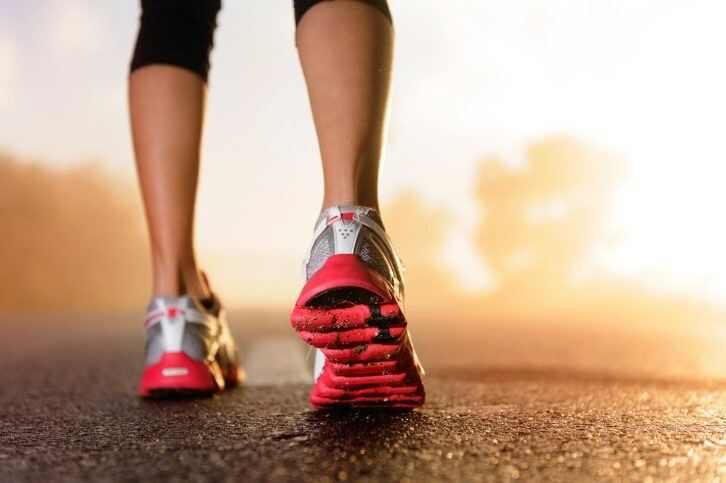
This seemed to be confirmed by a 2016 Harvard study, which found female runners who had a softer landing when they ran (regardless of size or weight) appeared to experience lower rates of injuries. This led many coaches and physiotherapists to encourage runners to listen to the sound of their footstrike while out for a run. A loud footstrike meant you were landing hard, thereby putting you at a greater risk for injuries, while a quiet footstrike meant the opposite.
The study
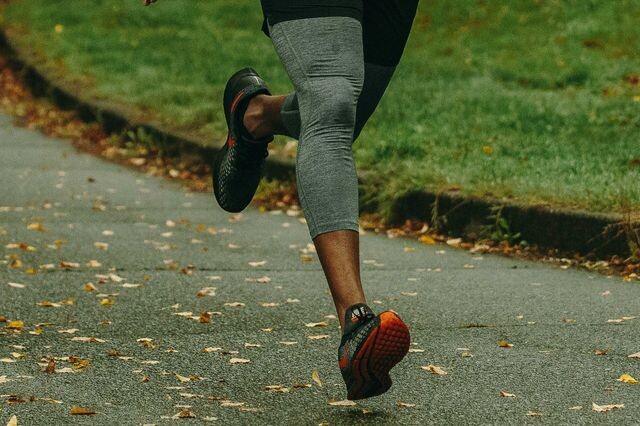
The goal of this study, published in the Journal of Athletic Training, was to examine the relationship between impact sound and loading rates. The researchers had 30 participants (15 women and 15 men) complete running trials with three different footstrike techniques (rearfoot strike, midfoot strike and forefoot strike) in a gait analysis laboratory. They measured the impact sound using a shotgun microphone, and analyzed the peak sound amplitude, median frequency and sound duration.
They found that a midfoot strike produced the loudest sound, followed by a forefoot strike. Interestingly, the rearfoot striking technique appeared to produce the softest sound. More importantly, the researchers found no significant relationship between footstrike volume and loading rates.
“The results suggest that impact-sound characteristics may be used to differentiate foot-strike patterns in runners,” the researchers concluded. “However, these did not relate to lower limb kinetics. Therefore, clinicians should not solely rely on impact sound to infer impact loading.”
What does this mean for runners?
Focusing on how loud your foot is when it hits the ground may not be as beneficial at preventing injuries as you want it to be. Injuries are complicated, and it’s often a multitude of factors that lead to an injury, not just one specific issue. Most experts agree that running injuries are more often a result of doing too much too soon, not allowing your body to recover properly between sessions or having some strength imbalances that cause the overuse of specific muscles. More often than not, it’s a combination of two or more of those issues.
That’s not to say that there’s no benefit to improving your gait or stride. If you’re more efficient with every step, you’ll be able to run faster with fewer injuries, which, of course, is the goal of most runners. If you want to improve your stride, you’re better off speaking with a running-specific physiotherapist or other sports therapist who can identify the areas you need to improve and give you drills, stretches and exercises to get you there. More often than not, actively trying to change your stride mid-run is frustrating and ineffective, and can even lead to injuries.
So whether you glide across the roads like a mosquito on water or your feet hit the pavement like you’re a part of “Stomp, the Musical”, it may not matter. Regardless of what level of sound your feet make, if you’re experiencing a high rate of injuries, it’s time to speak with a sports therapist to get to the root of the problem so you can run happy and healthy without interruption.
(01/20/2022) ⚡AMPby Brittany Hambleton
Donovan Brazier and Kenya’s Michael Saruni will headline 400m and 800m fields at Millrose Games
Organizers of the Millrose Games have announced strong fields for the men’s 800m and 400m for the World Athletics Indoor Tour Gold meeting.
The 800m is headlined by Kenya’s Michael Saruni, the 2019 Millrose Games 800m champion. His African indoor record of 1:43.98 in that race is the fastest indoor 800m clocking ever achieved in the US and made Saruni the second-fastest indoor performer at that time.
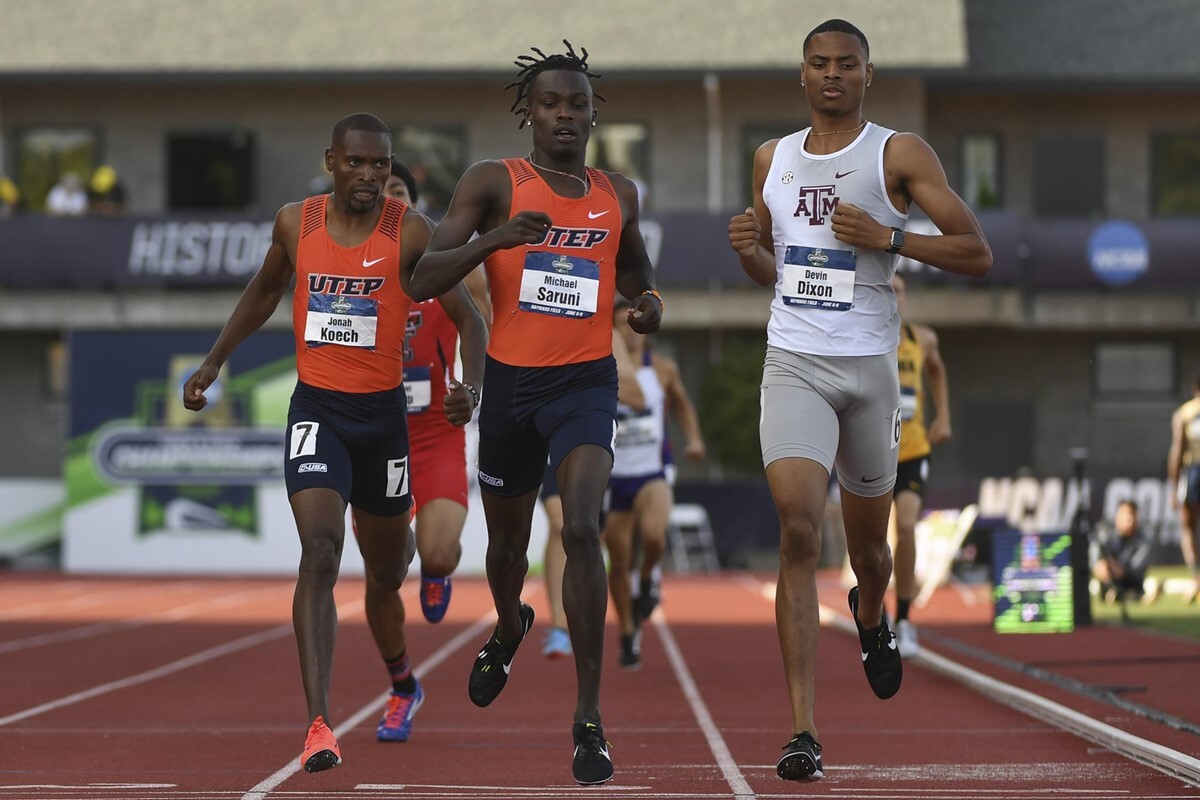
“It will be really great to come back to The Armory and the Millrose Games where I had such a great winning race,” said Saruni, who formerly held the world best for the indoor 600m.
Bryce Hoppel returns to the Millrose Games after placing second in the 800m in 2020. Hoppel finished fourth at the 2019 World Championships and ranks seventh on the world indoor all-time list for 800m with a best of 1:44.37. NCAA champion Isaiah Jewett, who joined Hoppel on the US Olympic team last year, is also set to compete.
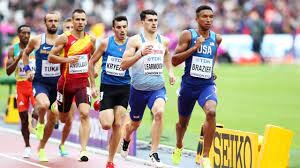
Four other Olympians will take part in this race, including Charlie Hunter of Australia, Mexican record-holder Jesus Lopez of Mexico, Spanish record-holder Saul Ordonez and Irish record-holder Mark English. Isaiah Harris, who represented the USA at the 2017 World Championships, is also in the field.
Donavan Brazier, the world champion over 800m, has opted against contesting his specialist distance at the Millrose Games and will instead test his speed in the 400m. The 24-year-old, who holds the North American 800m records indoors (1:44.21) and outdoors (1:42.34), has an indoor 400m PB of 46.91.
“I’m really excited about running the 400m at Millrose,” said Brazier, whose 2021 season was hampered by injury. “I look forward to the challenge, and it is also part of our plan for continued improvement in the 800m.”
Brazier will face a stiff challenge in the form of Jamaica’s Olympic finalist Christopher Taylor, 2015 world 4x400m champion Vernon Norwood and triple Paralympic medalist Hunter Woodhall.
Other top athletes so far announced for the Millrose Games include Olympic shot put champion Ryan Crouser, world shot put champion Joe Kovacs, Olympic 800m champion Athing Mu, Olympic pole vault champion Katie Nageotte, world indoor pole vault champion Sandi Morris, world 100m hurdles record-holder Kendra Harrison, 2016 world indoor 60m champion Trayvon Bromell, Olympic 200m bronze medalist Gabby Thomas, and Olympic 1500m bronze medalist Josh Kerr.
(01/19/2022) ⚡AMPby World Athletics
NYRR Millrose Games
The NYRR Millrose Games,which began in 1908 as a small event sponsored by a local track club, has grown to become the most prestigious indoor track and field event in the United States. The NYRR Millrose Games meet is held in Manhattan’s Washington Heights at the New Balance Track & Field Center at the Armony, which boasts a state-of-the-art six-lane,...
more...Olympic 1500m silver medalist Laura Muir is set to attack world 1000m record in Birmingham
Next month’s Müller Indoor Grand Prix will see the Olympic 1500m silver medalist target the long-standing global mark of 2:30.94 held by Maria Mutola
Laura Muir will attempt to break the 1000m world indoor record at the Müller Indoor Grand Prix at the Utilita Arena in Birmingham on Saturday February 19
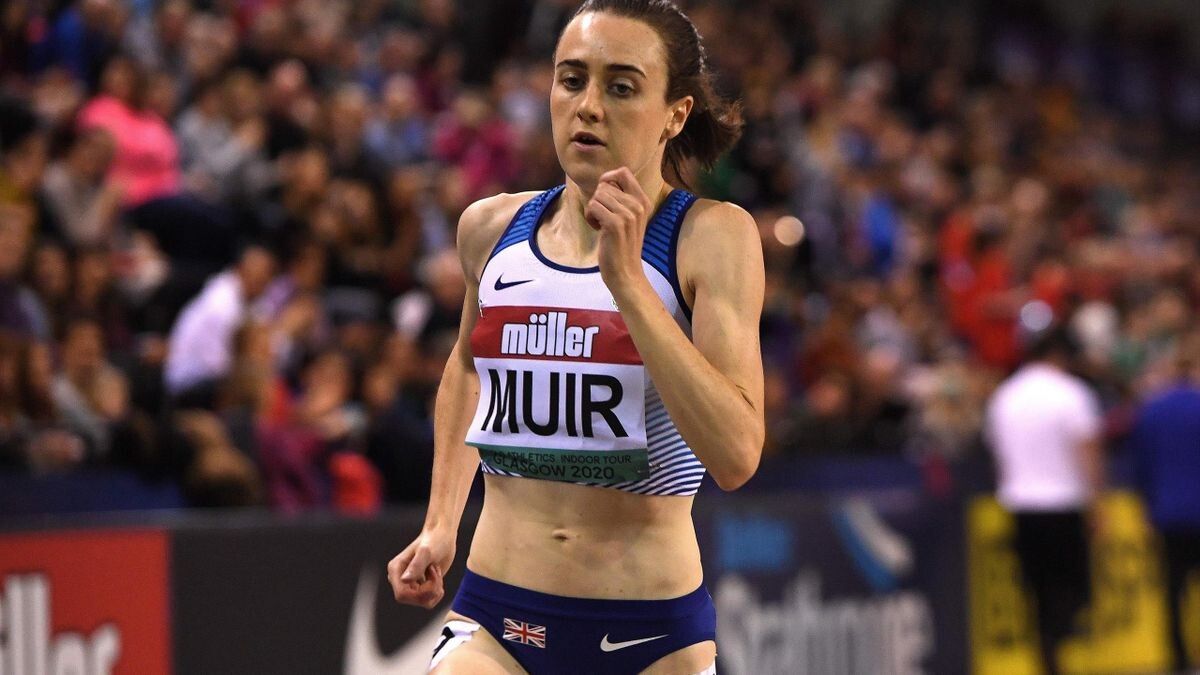
Muir holds the European indoor 1000m record after having clocked 2:31.93 in Birmingham in 2017, whereas the world record is held by Maria Mutola, the Olympic 800m champion in Sydney 2000, who ran 2:30.94 in Stockholm in 1999.
With a packed athletics calendar over the next 12 months featuring two global championships – in addition to the European Championships and Commonwealth Games – Scotland’s Muir, a multiple European indoor champion, is determined to get her year off to a strong start at the Birmingham meeting, which takes place in exactly one month’s time and which forms part of the World Athletics Indoor Tour Gold series.
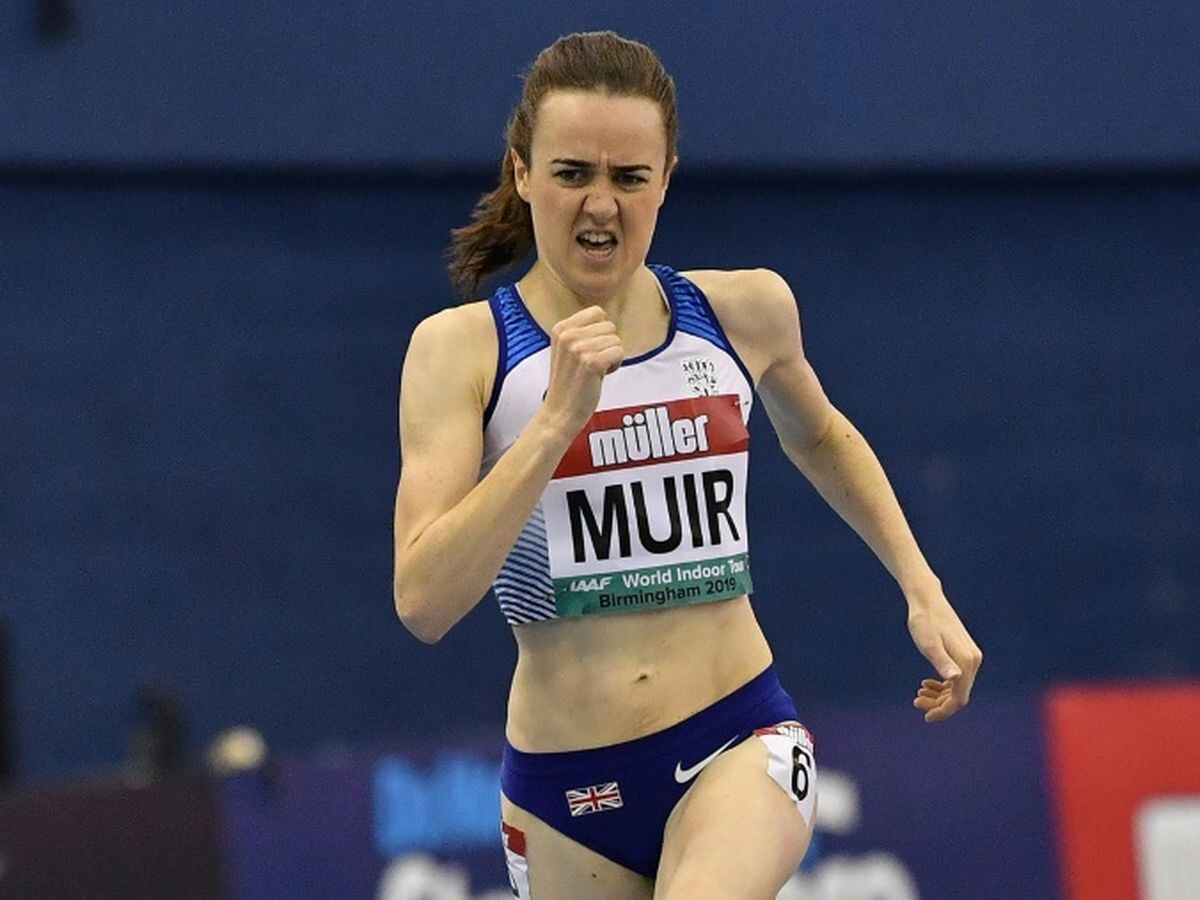
“I’m currently out in South Africa continuing my preparations for the 2022 season, so it will be exciting to get a chance to race indoors and I’m looking forward to testing myself over 1000m at the Müller Indoor Grand Prix in Birmingham,” said the 28-year-old, who also holds the European indoor record over 3000m.
“I had an incredible year in 2021 and it was fun to finish it off by racing in Scotland over cross country, but it’s time to get back to running fast times on the track. Birmingham holds many fond memories for me winning two medals at the World Indoor Championships and breaking a number of national records.
“I ran the British and European record of 2:31.93 on this track in 2017 which made me the second fastest of all time over the distance, so I would love to try and go one better and break the world indoor record.
“It won’t be an easy record to break – it has stood since 1999 – but the track is fast and the crowd in Birmingham are great, so hopefully I can run it close.”
The Müller Indoor Grand Prix is the fifth meeting of the 2022 World Athletics Indoor Tour (Gold). There are seven ‘Gold’ level meetings across the series, starting with Karlsruhe on January 28 and culminating in Madrid on March 2.
Throughout the series, each athlete’s best three results will count towards their overall points score. The athlete with the most points in each scoring discipline at the end of the tour will be declared the winner and will be awarded a USD$10,000 bonus along with a wild card entry for the World Athletics Indoor Championships Belgrade in March.
In addition to Muir, athletes set to compete in Birmingham include pole vaulter Mondo Duplantis, 800m star Keely Hodgkinson and sprint hurdlers Andy Pozzi and Grant Holloway.
(01/19/2022) ⚡AMPby Athletics Weekly
Muller Indoor Grand Prix Birmingham
The Müller Indoor Grand Prix Birmingham is one of the leading indoor meetings in the world with world-class athletics as part of the World Indoor Tour Gold series. The event will be staged at its traditional home at Utilita Arena Birmingham setting the tone for what is set to be an incredible year of track & field. ...
more...Add some watermelon to your beets for a boost in performance, a new research shows the combination of beetroot extract and citrulline can improve your endurance and strength
Over the last decade, beets have become popular among distance runners, not for their earthy aroma or bright purple hue, but for their 100 per cent legal performance-enhancing properties. If you’re among the beet-eaters, you can get even more bang for your buck. New research shows that by combining beets with a source of citrulline, such as watermelon, you can improve your running performance even further.
Beets and performance
Beets rose in popularity several years ago because they contain inorganic nitrate, which is converted to nitrite and then into nitric oxide. This increases blood flow to the muscles and improves aerobic energy utilization, which allows you to run harder for longer.

Citrulline and performance
Studies have shown that citrulline, which is found in watermelon, squash, nuts, chickpeas and gourds, can decrease fatigue during exercise and decrease muscle soreness, which allows you to perform more work before getting tired.

Beets and citrulline: the study
In previous studies, consuming citrulline appears to improve the rate of nitric oxide production in your body, but the research has been minimal. The goal of this most recent study, which was published in the journal Nutrients, was to determine how citrulline plus beetroot extract supplementation affected the performance of endurance athletes.
To do this, the researchers split a group of male triathletes into four different groups: a placebo group, a citrulline plus beetroot group, a citrulline-only group and a beetroot-only group. The supplementation protocol lasted nine weeks, before and after which the athletes performed several physical condition tests to determine their strength, power and endurance.
The researchers found that the combination of citrulline and beetroot extract improved participants’ VO2 max and endurance strength, and compared with citrulline or beetroot supplementation alone, “this combination improved performance in tests related to aerobic power.”
This research is still new and more study needs to be done, but for now, if you’re looking for a boost in performance, the citrulline and beetroot combo seems to be effective. It’s also legal and doesn’t appear to have any significant side effects, but remember to speak with a dietitian or sports doctor before adding any supplement into your daily routine to ensure that you’re taking it correctly.
(01/19/2022) ⚡AMPby Brittany Hambleton
Peter Mwaniki sets new record at the KATA 10k Time Trial monthly series in Thika Kenya
The 5th Kenya Athletics Training Academy (KATA) 10k Time-Trial took place on Wednesday morning (Jan 19) with Peter Mwaniki (first photo) and Solomon Gachoka (third photo) ruling the event.
The monthly event, held on the same course as December, witnessed Peter set a new course record clocking 29:40 bettering Solomon’s 29:44 time set at the 4th event December 19.
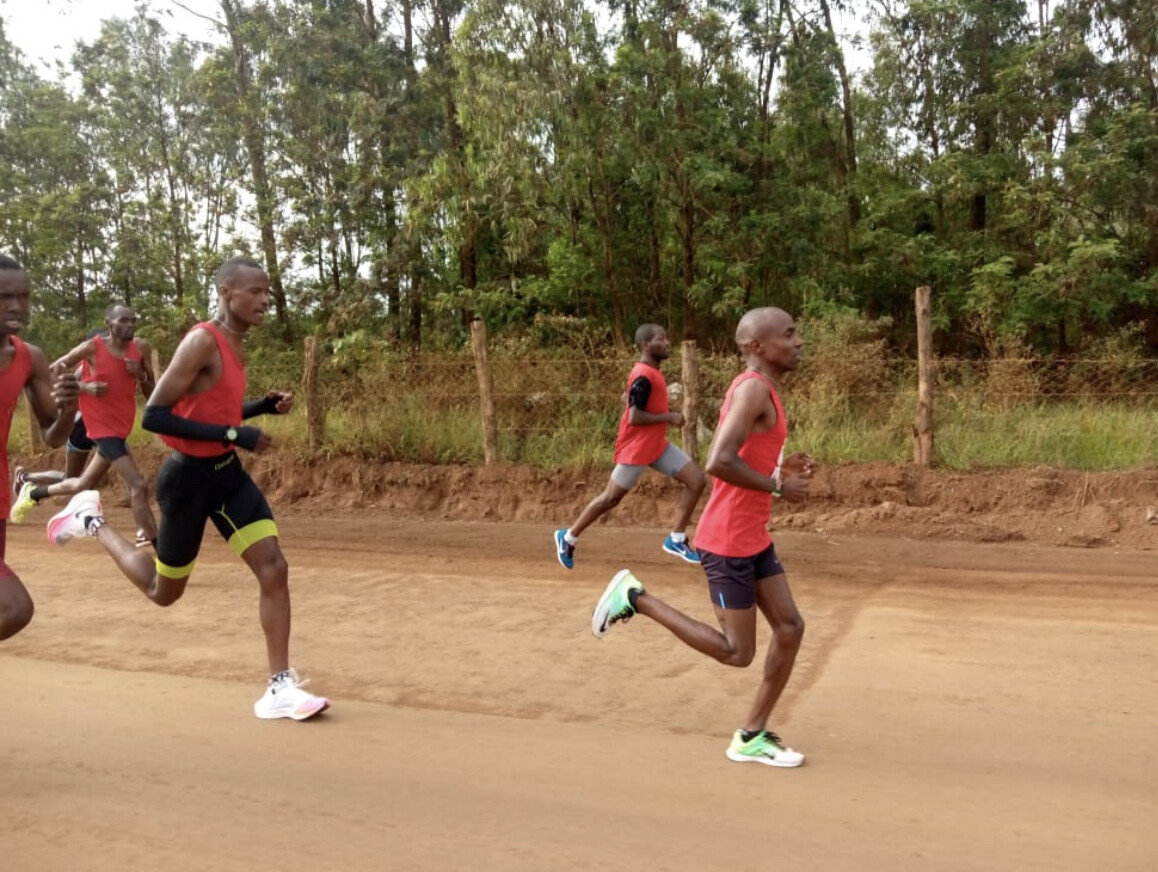
This was also an improvement for Peter from his December’s 32:00 that he did after competing in Europe for three months.
It was also a good day for Zakariah Kirika and Eston Mugo who finished 4th and 8th after the duo attained their Personal Best times over the distance.
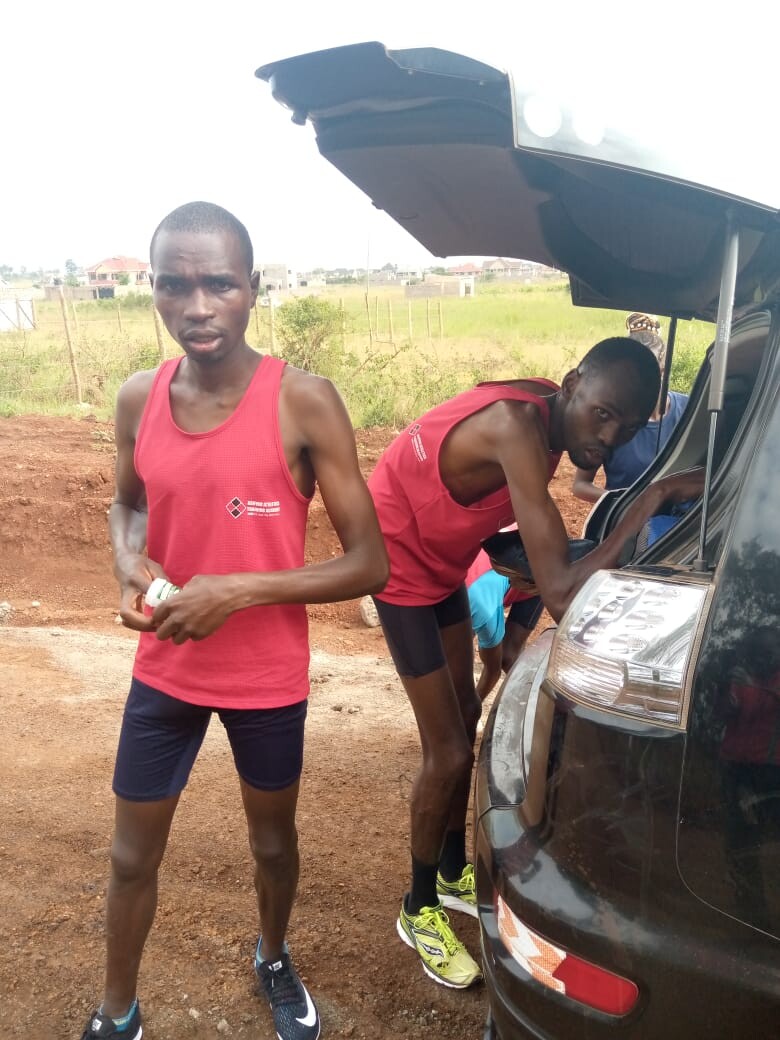
Zakariah clocked 30:41.94 compared with his December’s 31:27.60 while Eston managed 31:28.14 from his previous 32:32.26. Also Alfred Kamande improved on his PB of 35:44.47 to record 35:16.47. Elvis Kuria also ran well clocking his best time of 36:19.19 where he had 41:06.06 previously.
"I am glad to see our KATA athletes (both those living at our Academy and those living nearby) improving," says director Bob Anderson. "Our training program is working with two runners under 30 already and sub 29 not far off. Congrats to Peter for setting our KATA Time Trial record and to all the others who set PB today."
In the less competitive ladies category, in the absence of December winner Lucy Mawia, Catherine Njihia retained the title in 36:54.04 after her opponents Susan Wambua, Risper Kawira and Margaret Wanjiru arrived late for trial.
The 6th edition of the KATA 10k Time Trial, will take place on Wednesday 16th February 2022. Athletes not currently training at KATA are welcome. There is no entry fee, no prize money but this program gives athletes an official time, run on an accurate course and the results published by My Best Runs, the sponsor.
5th KATA Time-Trial January 19th 2022
Full Rests
Position Names Age Time
1. Peter Mwangi-------23------29:40.7
2. Solomon Gachoka—31-----29:52.3
3. Elisha Tarbey ----------27---- 30:34.3
4. Zakariah Kirika--------20-----30:42.0
5. Joel Maina-------------36-----31:07.3
6. Peter Mburu----------26-----31:23.7
7. Eston Mugo-----------29-----31:28.2
8. Erick Mutuku---------19-----31:49.1
9. Isaac Nderitu---------30-----32:11.9
10. Erick Cheruiyot------ 26 ----32:27.8
11. Fredrick Kiprotich---23----32:37.9
12. Robinson Mwaura---29----34:20.0
13. Geoffrey Mwangi----40----34:20.7
14. Paul Ng’ang’a---------42----34:32.0
15. Alfred Kamande----- 24----35:16.5
16. Collins Kemboi-------23-----35:19.4
17. Elvis Kuria-------------20-----36:19.2
18. Simpson Njoroge--- 38 36:53.5
19. Catherine Njihia-----22-----36:54.1
20. Raphael Gacheru ---22 --37:56.7
(01/19/2022) ⚡AMPby Coach Joseph Ngure
KATA Time Trial Series
The Kenyan Athletics Training Academy (KATA) in Thika Kenya stages a monthly time trial. Starting Sept 2021 this monthly event is open to anyone who would like to get an official time on a acurant course. Results will be published at My Best Runs so race directors and other interested people can see what kind of shape our participants are...
more...TCS becomes new title sponsor of Toronto Waterfront Marathon
Canada Running Series (CRS) has announced on Tuesday morning that Tata Consultancy Services (TCS) will take over from Scotiabank to become the new title sponsor and technology partner of the Toronto Waterfront Marathon until 2026.
The TCS Toronto Waterfront Marathon will join other world-class marathons like New York City and London to carry the TCS sponsorship.
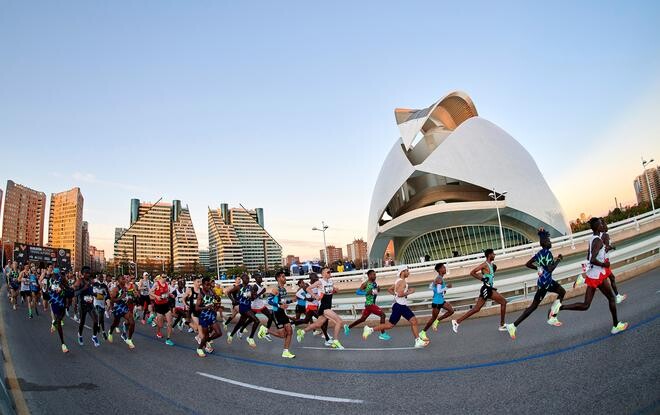
“The first year of our sponsorship will be all about discovery,” says Haley Price, Head of Sports Sponsorships at TCS. “We love that this race is engraved into Toronto and that the race starts just steps from our Toronto office.”
TCS aims to grow marathon running in Canada through a new official Toronto Waterfront Marathon race app, which will offer a carbon footprint calculator for attendees to track and offset their impact on the environment when attending the race. “Innovation has been at the forefront of everything,” says Charlotte Brookes, National Event Director at CRS. “We’ve always been striving to take our race to that higher level.”

The goal for CRS and TCS is ‘Evergreen’ certification from the Council for Responsible Sport, which recognizes sustainable sporting events globally. CRS and TCS plan to work with two Canadian charities – Trans-Canada Trail and Trees for Life, to improve green space in the city of Toronto. Runners will have the opportunity to donate money toward both charities during registration or via the race app.
Registration for the in-person 2022 TCS Toronto Waterfront Marathon opens on Tuesday, Jan. 25.
(01/19/2022) ⚡AMPby Marley Dickinson
TCS Toronto Waterfront Marathon
The Scotiabank Toronto Waterfront Marathon, Half-Marathon & 5k Run / Walk is organized by Canada Running Series Inc., organizers of the Canada Running Series, "A selection of Canada's best runs!" Canada Running Series annually organizes eight events in Montreal, Toronto and Vancouver that vary in distance from the 5k to the marathon. The Scotiabank Toronto Waterfront Marathon and Half-Marathon are...
more...Ethiopia's Selemon Barega returns to Lievin with world record target
Organizers have announced that Ethiopia's Selemon Barega is to return to the Meeting Hauts-de-France Pas-de-Calais – a World Athletics Indoor Tour Gold meeting – in Lievin on 17 February, to tackle the world indoor 3000m record.
The world indoor silver medalist moved to third on the world indoor all-time list with his performance in Lievin last year, the 21-year-old clocking 7:26.10 to finish second behind his compatriot Getnet Wale who ran 7:24.98 to just miss Daniel Komen’s long-standing world record of 7:24.90.
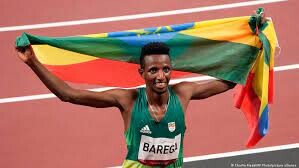
Barega went on to win over 1500m at World Indoor Tour meetings in Torun, where he set an indoor PB of 3:32.97, and Madrid, before becoming the Olympic 10,000m champion in Tokyo.
Barega has also been announced for the Copernicus Cup in Torun on 22 February, where he is set to be joined by Wale and Lamecha Girma, who finished third behind his compatriots in Lievin last year, clocking 7:27.98. Before that race, just six men had bettered 7:30 for 3000m indoors. Now the figure stands at 10, with the fourth-place finisher in Lievin last year, Berihu Aregawi, also dipping under the mark with 7:29.24.
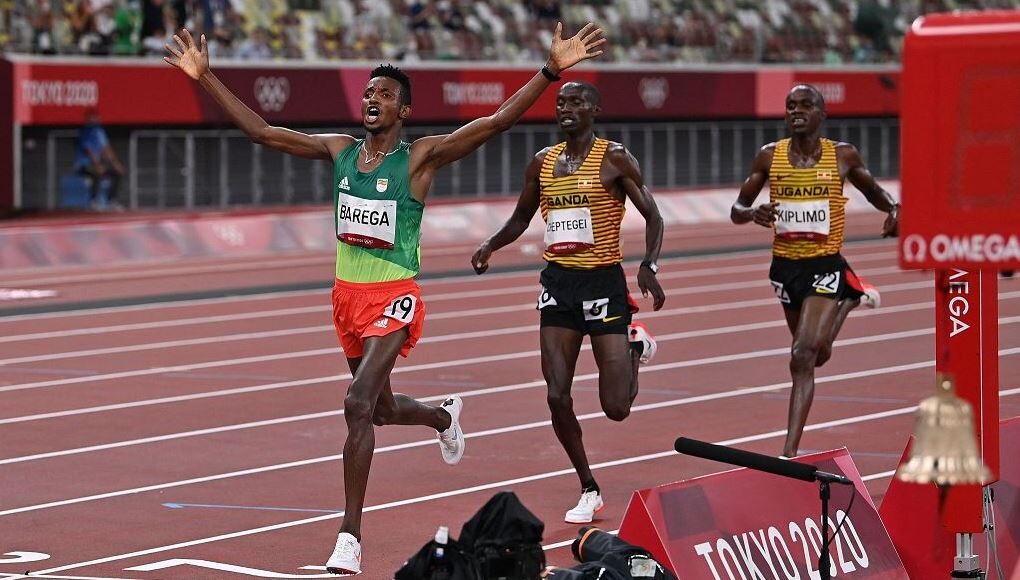
Also among those returning to Lievin is Gudaf Tsegay, who broke the world indoor 1500m record last year and this time races the mile.
Other athletes announced for the meeting include world indoor 60m hurdles record-holder Grant Holloway, Olympic 100m champion Marcell Jacobs and Olympic 1500m champion Jakob Ingebrigtsen.
(01/18/2022) ⚡AMPby World Athletics
Kenyan star Hellen Obiri to race at Northern Ireland International Cross Country
Kenya's world champion Hellen Obiri will compete in Saturday's Northern Ireland International Cross Country event in Dundonald.
The 32-year-old's entry is a big boost for the meeting which will take place at the Billy Neill Country Park.
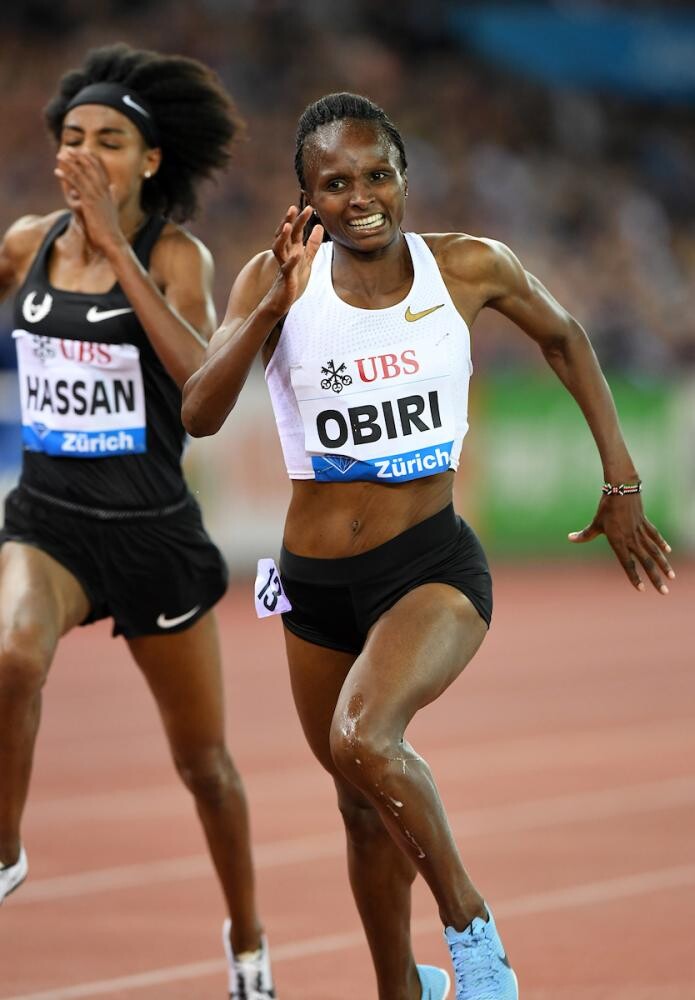
Obiri won the World Cross Country title when that event was last held in 2019.
She also won 5,000m gold at the past two World Championships and took silver over the distance at the Tokyo Olympics behind Dutch star Sifan Hassan.
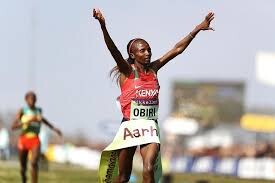
Obiri's performance in Tokyo matched her silver medal at the Rio Games in 2016 and her last run in the UK saw her winning the Great North Run in September.
"While the International Cross Country here has always attracted classy athletes from abroad it is particularly gratifying that we have got the services of such a star athlete as Hellen Obiri especially given the ongoing difficulties created by Covid concerning international travel," said meeting organizer John Allen.
"With her win in the last World Cross, Hellen has shown that she has the versatility to beat the best in the world over either track or cross country."
Star performers who have competed at the Northern Ireland event since it began in 1977 include Steve Ovett, John Treacy, Million Wolde, Ismael Kirui, Paula Radcliffe and Catherina McKiernan.
(01/18/2022) ⚡AMPby BBC sports
Should you train at current pace or goal pace?
If you want to run a sub-20 minute 5K, but your current PB is 22:00, should you train at sub-20 pace, or at the pace you know you’re currently capable of running? A lot of runners might think it makes more sense to run at your goal pace in training in a pseudo-fake-it-til-you-make-it strategy, but this is often not the right choice. Yes, you should try to hit your goal pace sometimes, but more often than not, training at your current pace and progressing from there is a better way to get you to your goals.
Why should you train at your current pace?
If you’re trying to run at speeds that are much faster than what you’re currently capable of, you’re likely going to miss the physiological purpose behind each workout. For example, a tempo run, which should be run at around your anaerobic threshold to elicit the desired effect, loses its purpose if you’re running at your would-be tempo pace for your future goal pace. You are better off training the specific physiological factors that will help you get faster (like your VO2 max or lactate threshold) than targeting a hypothetical goal pace.
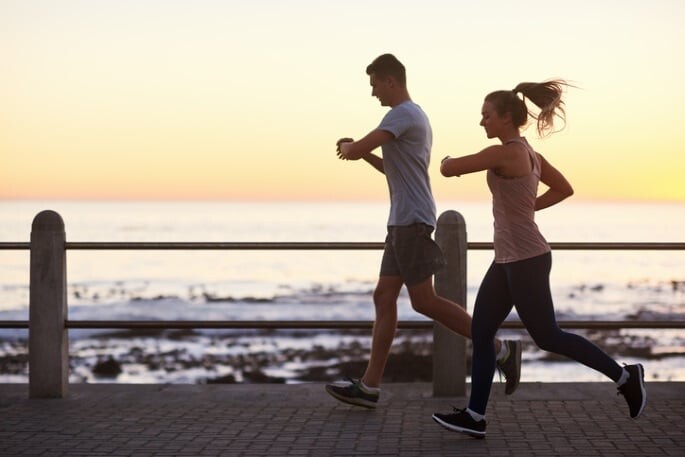
By doing all your workouts at your future goal pace, you also run the risk of over-training. Trying to run paces that are far beyond your current capabilities during workouts will only serve to run you into the ground and cause your performance to stagnate or even decrease, rather than improve.
Finally, attempting to run every workout at your future goal pace might destroy your confidence if you’re not able to hit that pace for your entire workout. This could make you feel like you’re failing, which will also take a lot of the enjoyment out of running and training.

Is there ever a good time to train at goal pace?
This doesn’t mean you should never train at your goal pace, but as coach and exercise physiologist Dr. Jason Karp says, you should do so sparingly, and only when your goal is realistic. In training, that may look like only one or two workouts at that pace throughout your training cycle, or adding a few goal pace strides at the end of a run or workout.
It’s important for all runners to remember you can’t force your way to faster times, nor can you rush yourself into fitness. By focusing on proper training, putting in consistent work and staying patient, you will see your times start to come down.
(01/18/2022) ⚡AMPby Brittany Hambleton
Canadian Ben Flanagan signs with On, this is the second professional contract of his career
Just one day before toeing the line at the Chevron Houston Half-Marathon, Ben Flanagan announced he had signed with On Running in the second pro contract of his career. The Canadian 10K champion has been with Reebok since 2018 after finishing his collegiate career at the University of Michigan.
In his time with Reebok, the 27-year-old from Kitchener, Ont. has seen a fair amount of success. In 2021 he dominated the roads, winning his second Falmouth Road Race, covering the 11.2-kilometer course in 32:16 in August.
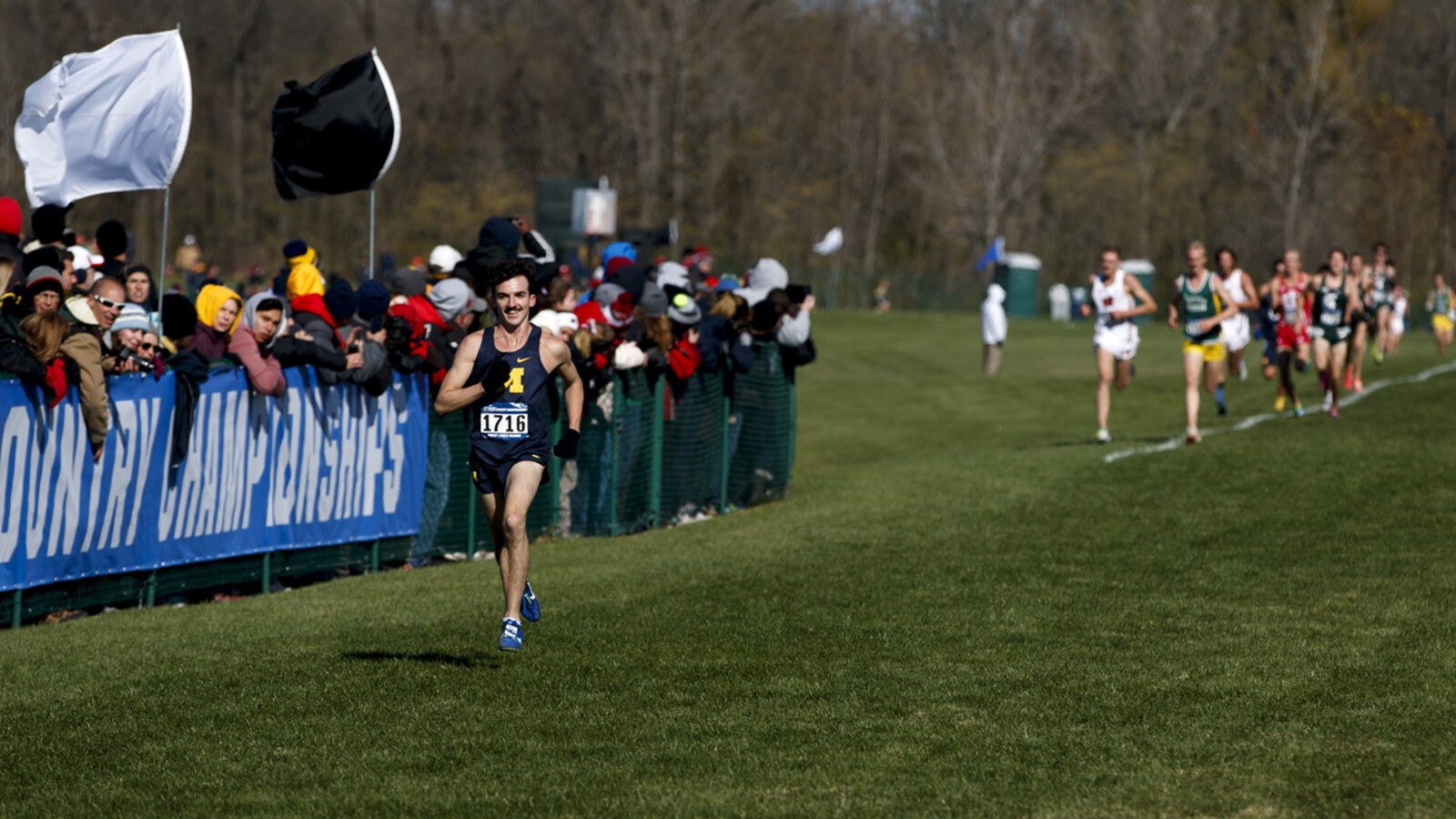
He followed that performance up with a win at the Canadian 10K championships in Toronto in October, running 28:42 for his first-ever appearance at a road 10K. One month later, he won Connecticut’s Manchester Road Race, completing the unique 7.6-kilometer distance in 21:22.
He kicked off 2022 with his first race as an On athlete at the Chevron Houston Half-Marathon, where he was just 10 seconds off Jeff Schiebler’s former 23-year-old Canadian half-marathon record of 61:28. His compatriot, Rory Linkletter, beat the record, running 61:08 for eighth place.
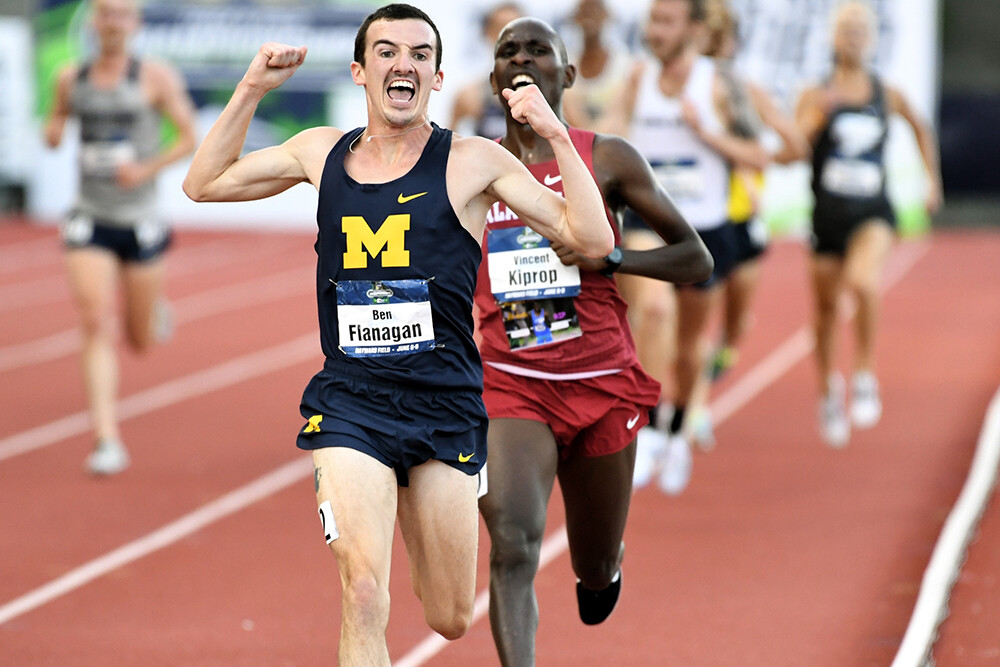
In an interview with Canadian Running ahead of Sunday’s half-marathon, Flanagan said he was planning on running a few 5,000m and 10,000m races this spring to secure a spot on Team Canada at the 2022 World Championships in Eugene, Ore., but may be turning his attention to the marathon next year. “Stepping up to the marathon this year might be a stretch, but I want to give myself a chance to qualify for Paris,” he said.
Flanagan has given Canadian fans a lot to watch in the last year, and with his new contract signed, we hope to see him continue to dominate the roads into 2022.
(01/18/2022) ⚡AMPby Brittany Hambleton
Best Simple Ways to Make Running Feel Easier
Let’s be honest, running isn’t known for being easy. Even professional athletes who run for a living admit that yeah, sometimes it can be really hard. Of course, the more you do it and the more conditioned your body becomes, the easier running feels. But no two runs are ever the same, and some days, it can be really tough to get through a few miles.
The good news? There are things you can do—other than just calling it a day and texting a friend to meet for happy hour (though we definitely recommend doing that after your run, because, balance)—to make it easier on yourself.
Next time you're about to lace up, try these expert-approved tricks for before and during your run to make it feel a little bit easier.
1. Use your core.

Making a few small tweaks to your running form can make things feel easier, Corrine Fitzgerald, coach at Mile High Run Club in New York City, tells SELF. "Focusing on running tall, being light on your feet, relaxing, and finding your rhythm will help," she says. Also, engage your core. "If your chest is going side to side, your energy is going that way. Pulling the core in and minimizing any side-to-side movement will keep all the energy moving forward," she explains.
2. Set mini distance goals.
If a set mileage or time goal feels daunting, set mini goals throughout your run. “There are so many different variations you can do. You can go by time, distance, or as you’re running you can say, ‘I’ll run to that building and then walk,’” Katie Bottini, a NASM-certified physical trainer and running and triathlon coach, tells SELF. You’ll feel a renewed sense of accomplishment each time you hit one.
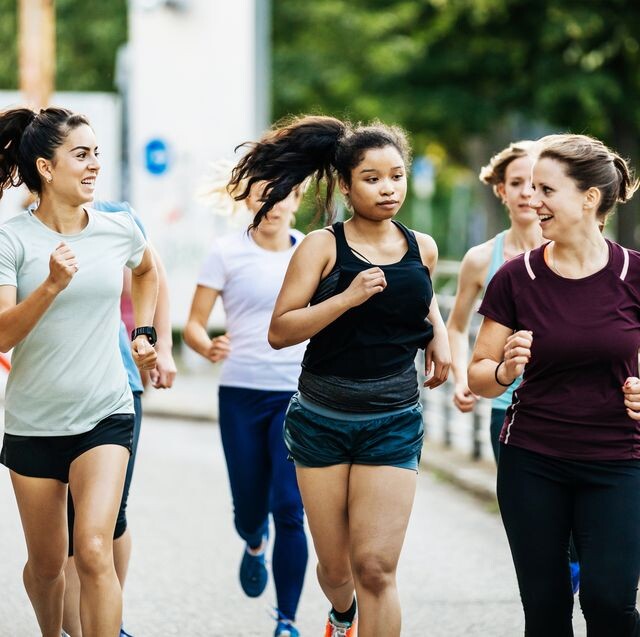
3. Try a new route.
Sometimes running feels hard because you've fallen into a routine and it's become boring. "Find a different way or go on new roads that are more visually stimulating," Bottini suggests. "It may go by a little faster if you’re running and seeing new spots."
4. Warm up.
This sounds so simple, but it's surprising how many runners skip the warm-up because they think they don't need it. "To make a run feel easier, every runner should start with a 5- to 15-minute dynamic warm-up,” says Fitzgerald. “Getting your blood pumping, loosening up your muscles and heating up your core will make the first few miles easier on your body and also reduce the risk for injury.” A dynamic warm-up includes movements such as high-knee marches that stretch your muscles as you move. And don’t forget to cool down after, too!
5. Be flexible.
Sometimes, you go out planning to run 6 miles and end up really only feeling like you can do 4. That’s OK. “You need to be flexible in races and in your workouts,” Skechers Performance athlete Meb Keflezighi tells SELF. If you force yourself to get the mileage in, then it just becomes a chore. “I try to have fun as much as I can with it and try to be flexible once I get out the door and start running. Whether it’s a short or long run, focus on the exhilaration and excitement that you did it,” he adds.
6. Drink coffee.
“Caffeine can give you an energy boost and make your perceived effort go down,” ASICS elite athlete Sara Hall tells SELF. Research has shown that coffee can improve sprint performance and can also improve endurance because it delays the onset of muscle fatigue and central nervous system fatigue. Sip on a cup an hour to 30 minutes before your run so that the effects are in full force by the time you hit the pavement.
7. Breathe.
Of course you’re breathing. But Hall says that when a run starts to feel really tough, she likes to take “deep, cleansing breaths, to become more controlled.” Sometimes simply controlling your breath can make running easier.
8. Think about how cool it is that you can do this.
“Think about the people less fortunate than you who aren’t able to physically do what you can do,” Keflezighi says. A trainer I know ends every class by saying, “Take a moment to be thankful and grateful for the ability to move your body as you did today, because it is a gift.” I think about that when I’m running, and it always puts some extra pep in my step.
9. Slow down.
If you come out of the gates at full speed, it's going to be really hard to maintain. "Slowing down and adjusting your pace as you go is part of the art of running—you have to learn to listen to your body," Hall says. There's nothing wrong with slowing down when you need to and running at a pace that's comfortable. Over time, your comfortable pace will get faster.
10. Keep chafe in check.
“There's nothing worse than running with uncomfortable clothes,” Fitzgerald says. “The dreaded chafing can occur from having clothes loose in a certain area. When we're uncomfortable, we make adjustments to prevent that painful feeling. This is compensation, and can result in you running differently, with bad form.” Ditch clothes that rub or squeeze too tightly. You can also carry an anti-chafe stick (like Body Glide) or a small tube of Aquaphor.
11. Switch to strength.
If you're really not feeling a run, mix it up by adding some strength intervals throughout. "Run five minutes and then stop and do squats and push-ups," Bottini suggests. "Or even, if you're running at a track, run the stadium stairs. Not that it will make running easier, but it makes the run more fun." Running up and down stairs might not be your idea of fun, but it'll break up the monotony if that's what you need.
12. Think about literally anything else.
"Running is great because you can think about whatever serves you in the moment," Deena Kastor, ASICS elite athlete and American record holder in the marathon and half marathon, tells SELF. "Sometimes it’s my to-do list, other times I’m focused on my upcoming race goal or what craft I’ll do with my daughter when she comes home from school." Focus on whatever occupies your mind, but just make sure it's positive so you don't ruin your momentum.
If you’re having a tough time keeping your head in the game, think about why you’re running. What are your goals? Is it race related? Is it health related? Are you trying to PR, or just finish the race? “Whatever that goal is, keep it in mind throughout the run to stay present," Fitzgerald says. "For example, if you are training for a race, visualize yourself succeeding in that race. If you run for fun, then just get lost in your run and have fun with it. Enjoy the process and the journey of becoming and staying a healthy, strong runner."
(01/17/2022) ⚡AMPby Amy Marturana Winderl, C.P.T.
How to train for your first 5K, there's no time like the present to get started
If you’re just getting into running, completing your first 5K might seem a bit scary or intimidating, especially if you haven’t run since your teacher made you do laps during high school gym. The good news is, if you stay consistent with your running schedule, you can be ready to tackle your first 5K in a matter of weeks. Not sure how to get started? Allow us to help out.
How long does it take to train for a 5K?
The answer to this depends on your fitness level going into it. If you’re relatively fit from playing other sports already, you can be ready to line up at your first 5K in as little as four to six weeks. If, on the other hand, you’ve been relatively sedentary up until now, you may want to give yourself more time to work up to it. Some beginners prefer to give themselves eight to 10 weeks to get ready.

Rushing yourself into fitness is never a good idea because it puts you at high risk for injuries or burnout, but keep in mind that giving yourself a timeline that’s too long makes it easier to lose motivation and stop training. Try to find a balance that works for you.
How often do you need to run?
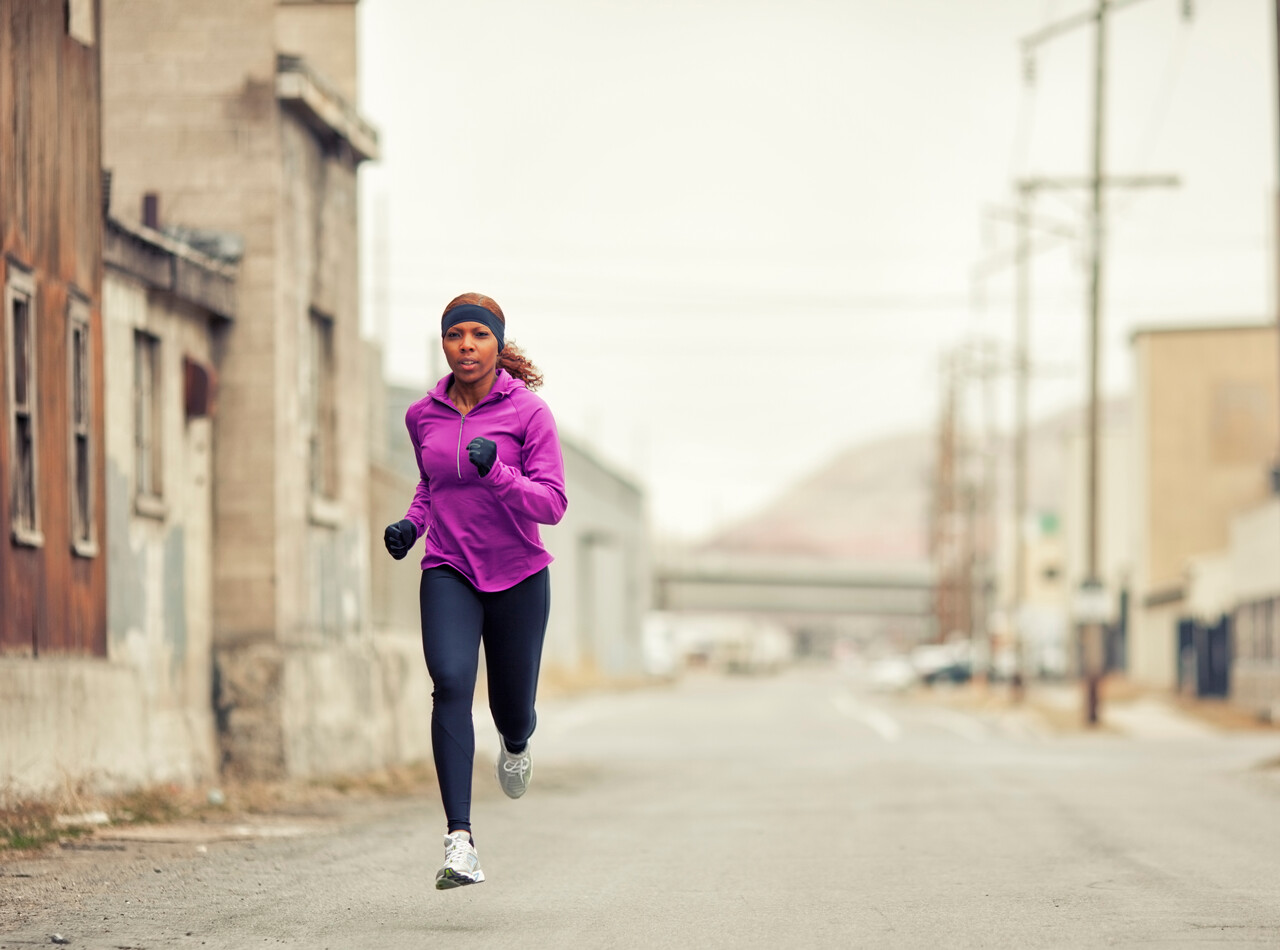
Most learn-to-run 5K plans will suggest running three days per week. This is a good goal to shoot for since it allows plenty of time to recover between runs while still getting you out there often enough to see results. If three times per week seems overwhelming, aim for at least twice each week. At this frequency, it may take you longer to be ready for your 5K, but if it feels more sustainable to you at the beginning, it’ll be worth it in the long run.
What you don’t want to do is try to run every single day. For most people, this is too much on your body right away and you’ll put yourself at risk for injuries, and while you may feel super motivated to run every day when you first start out, a schedule like that may not be sustainable in the long-run.
What’s the best way to get started?
The good news is, you don’t have to step out your door and try to get through five kilometres right away. By starting with a walk/run program, you can ease yourself into running without overdoing it. In the beginning, try running for 30 seconds to one minute, with double the amount of rest (so if you run for one minute, walk two minutes and repeat). If double rest isn’t enough, try walking until you’ve caught your breath, and go again. Follow this walk/run pattern for 30 minutes, and every week try to increase the amount you’re running, while slowly decreasing the amount you’re walking. Before you know it, you’ll be running for the full 30 minutes, and you’ll be ready for your first 5K!
If you’re starting a running program when you’ve previously been sedentary, even a walk/run program might be too much, and that’s OK. Start by going out for walks, and once you’re able to comfortably walk for 20 minutes, then begin adding a bit of running into the mix. As we said, there’s no benefit to rushing yourself into fitness, and if you start from where you’re at and work with what you’ve got, you’ll end up being more successful in the long run.
Choose a carrot
A good way to help yourself to stay motivated is to pinpoint exactly when and where you’re going to run your first 5K. Signing up for a local road race is a fun way to encourage you to get out the door every week, but if that sounds too intimidating to you, there are other ways to go about it. Instead, pick a date on your calendar when you’re going to do your own 5K. Make sure you tell a couple of friends or family members so they can help you stay accountable, choose a route and plan to do something fun afterward to make it feel like the real deal, without the nerves or pressure of a crowd.
Do you need anything to get started?
The great thing about running is that it requires very little equipment. While you could run in whatever sneakers you’ve been using for the last few years, you’re better off getting yourself a pair of comfortable, well-fitting shoes that are designed specifically for running. Check out your local running store where staff can help you pick the right shoe, and before you go, check out this guide. They will also be able to give you guidance on clothing, in case your old gym shorts aren’t cutting it.
(01/17/2022) ⚡AMPby Brittany Hambleton
2022 Marugame Half Marathon Cancelled
The city of Marugame in Kagawa has announced that February's Kagawa Marugame International Half Marathon has been postponed for one year. Mayor Kyoji Matsunaga explained the decision, saying, "Due to the rapid rise in coronavirus infections since the beginning of the year, we made the decision to postpone the race a year."
The Kagawa Marugame International Half Marathon had been scheduled for Feb. 6. Every year it has welcomed 10,000 runners from over 20 countries, but due to the coronavirus pandemic the 2021 was postponed a year to 2022.
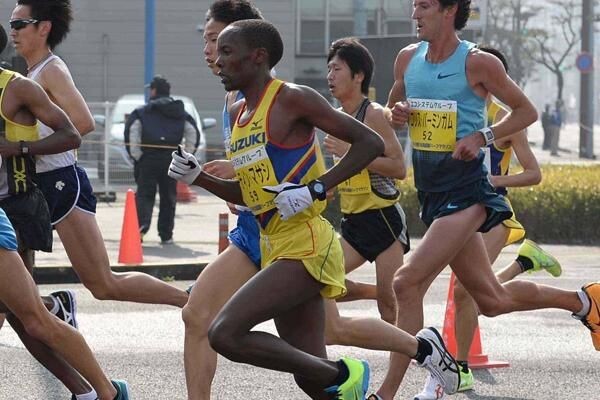
Around 8,000 people from across the country had entered the 2022 race, but in light of the explosion in new coronavirus cases they now find themselves in the situation of having the race postponed another year. The 2023 edition is scheduled for Feb. 5.
(01/17/2022) ⚡AMPby Brett Larner
Kagawa Marugame Half Marathon
The Kagawa Marugame Half Marathon is an annual road running competition which takes place in early February in Marugame, Japan. It currently holds IAAF Silver Label Road Race status and the professional races attract over 1000 entries each year, and hosted by the Sankei Shimbun, Sankei Sports, Okayama Broadcasting, BS Fuji. The race in Marugame was first held in 1947...
more...Rory Linkletter breaks the Canadian half-marathon record at Houston, Linkletter ran 1:01:08 for eighth place
The Houston Half-Marathon took place Sunday morning as part of the Houston Marathon weekend, and Rory Linkletter lowered Jeff Schiebler’s 23-year-old Canadian half-marathon record of 61:28, crossing the finish line in 61:08 for eighth place. His compatriot, Ben Flanagan, was only half a minute behind him, finishing 12th in 61:38.
Going into the race, both athletes had their eyes on Schiebler’s record, which hasn’t been touched in more than two decades. Linkletter recently left the NAZ Elite track club to train with American Marathon record-holder, Ryan Hall, citing stagnation in training as his reason for making the change. His decision seems to have paid off, and he ran a huge PB Sunday morning to become the new Canadian record-holder. The 25-year-old’s previous record of 61:44 was also run on the Houston course just last year.
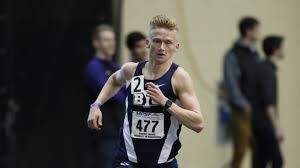
Linkletter has enjoyed plenty of success lately, and his most recent result was a second-place finish at the California International Marathon in a new personal best time of 2:12:52.
Flanagan was also on the hunt for the Canadian record this Sunday, and came agonizingly close, running just 10 seconds behind Schiebler’s time. The 27-year-old has also had a lot of success recently, winning the Canadian 10K championships in Toronto in October and taking the title in the Manchester Road Race in November. “I am looking forward to competing,” he told Canadian Running ahead of the race. “The plan is to run conservatively to tackle the Canadian record. It’s engraved in my head.”
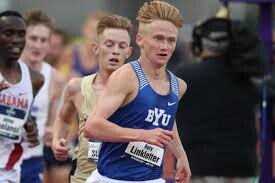
While he didn’t achieve his goal, Flanagan ran a very strong race and we will have plenty more opportunities to watch Flanagan on the roads. He will be running a few 5,000m and 10,000m races this spring to secure a spot on Team Canada at the 2022 World Championships in Eugene, Ore., but tells us that he will be stepping up to the marathon in hopes of qualifying for the Paris 2022 Olympics.
Ethiopia’s Milkesa Tolosa won the race in 1:00:24, followed by Kenya’s John Korir in second in 1:00:27 and Wilfred Kimitei of the U.K. in third in 1:00:44.
(01/17/2022) ⚡AMPby Brittany Hambleton
Aramco Houston Half Marathon
The Chevron Houston Marathon offers participants a unique running experience in America's fourth largest city. The fast, flat, scenic single-loop course has been ranked as the "fastest winter marathon" and "second fastest marathon overall" by Ultimate Guide To Marathons. After 30 years of marathon-only competition, Houston added the half-marathon in 2002, with El Paso Energy as the sponsor. Today the...
more...New women American Marathon and Half Marathon records set in Houston
Keira D'Amato just broke the American marathon record after running 2:19:12 at the Houston Marathon today.
Keira D’Amato, a 37-year-old who quit running competitively soon after college, then returned eight years later as a mother of two, broke the American record in the women’s marathon on Sunday.
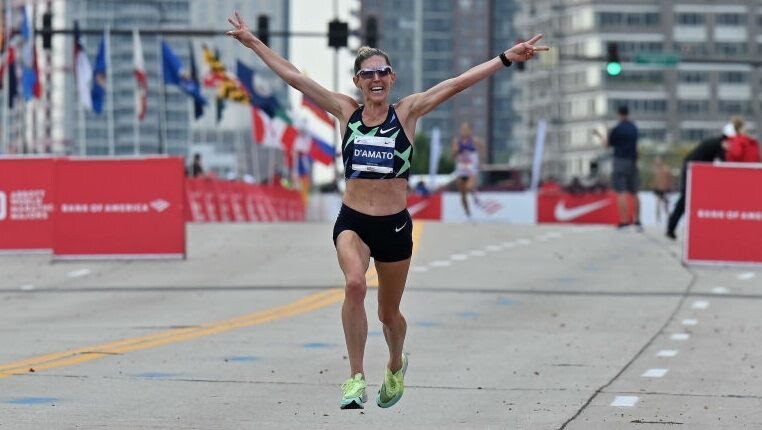
D’Amato won the Houston Marathon in 2:19:12, taking 24 seconds off Deena Kastor‘s record from the 2006 London Marathon.
D’Amato competed collegiately for American University, then gave up middle-distance running in 2009.
She worked in real estate, got married and had two kids. She started running again to lose baby weight, setting a goal to sign up for a marathon.
D’Amato made it to the 2017 Shamrock Marathon in Virginia Beach, hoping to break three hours, and clocked 3:14:54 in sleet, wind and hail. She kept running and lowered her best time over the next three years.
She was 15th at the 2020 U.S. Olympic Trials, then on Dec. 20, 2020, ran 2:22:56 at the Marathon Project in Arizona to become the eighth-fastest American woman in history.
Now she’s tied as the 22nd-fastest woman in history counting all courses, according to World Athletics.
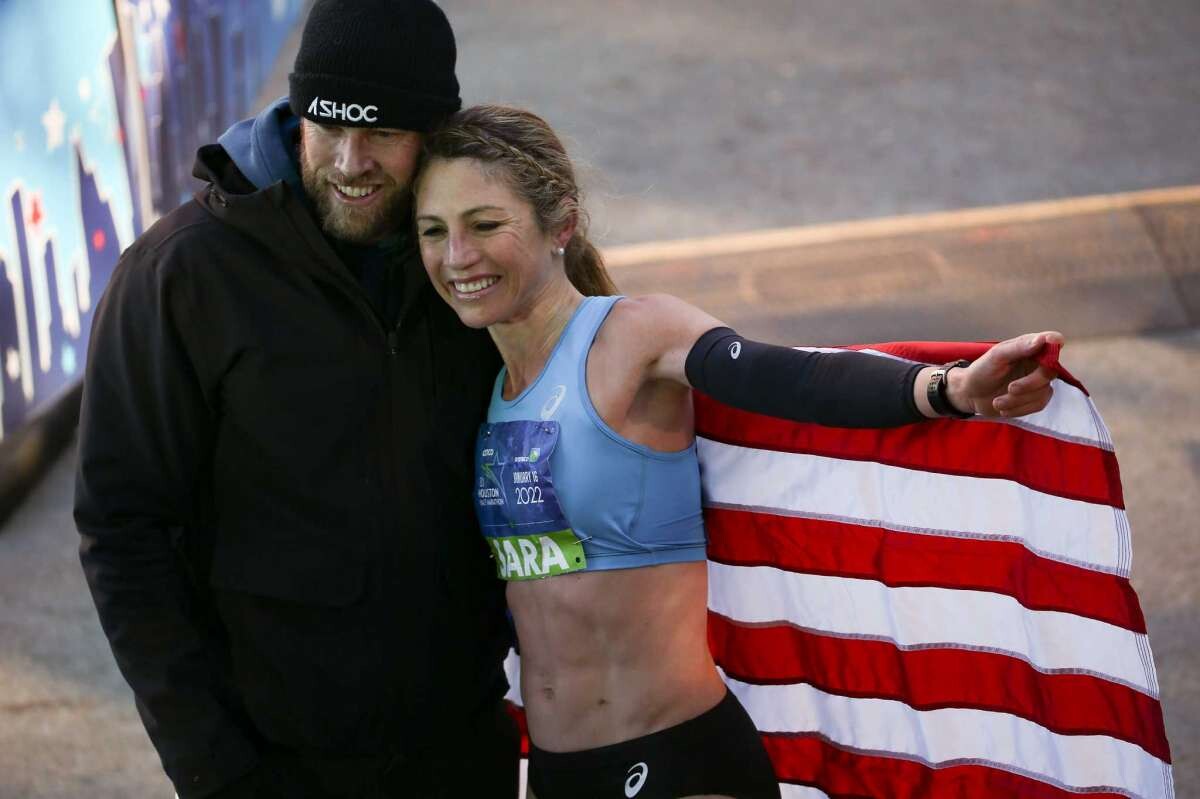
Also in Houston on Sunday, Sara Hall, a 38-year-old mom, broke the American record in the half marathon, clocking 1:07:15, taking 10 seconds off Molly Huddle‘s record from four years ago.
Additionally, Outstanding marathon debut by @LukeACaldwell today with his 2:11:33 run for 7th place at #houstonmarathon - the fastest marathon debut by a Scot, bettering @callhawk 2:12:17 at Frankfurt in 2015.
(01/16/2022) ⚡AMPChevron Houston Marathon
The Chevron Houston Marathon offers participants a unique running experience in America's fourth largest city. The fast, flat, scenic single-loop course has been ranked as the "fastest winter marathon" and "second fastest marathon overall" by Ultimate Guide To Marathons. Additionally, with more than 200,000 spectators annually, the Chevron Houston Marathon enjoys tremendous crowd support. Established in 1972, the Houston Marathon...
more...How You Can Focus on Small Targets to Hit Big Goals This Year
To reach your ultimate goal, commit to the little things along the way that will help you achieve it.
For years, I yo-yoed between 3:36 and 3:56 in the marathon but couldn’t seem to reach the next level. Now, with education, experience, and an understanding of how to improve my running, I know why I hit a personal plateau.
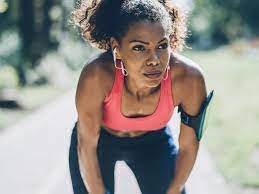
Over time I’ve learned that the first step to becoming a better runner is to take a moment to identify what’s stopping the progress. Where does the bottleneck lie? After identifying it, set small, measurable goals to address that roadblock in performance and move around it. For me, I’ve found I need to improve mechanics, create better fueling strategies, and develop my mindset so that I fully believe in myself and my speed. The things holding you back might look slightly different, but I can tell you that the sooner you set and achieve smaller goals like these, the sooner you will reach the bigger ones.
While a solid training plan will lead you to your ultimate goal, small targets outside of checking the boxes on a plan will also bring big successes on and off the road. Here are a few to tackle.
Focus on weekly mileage
Executing a training plan from start to finish takes discipline, hard work, and sacrifice, but what about during the offseason, when you don’t have to prep for a race?
Getting into a consistent rhythm all year round will not only improve your performance, but also lead to better overall habits, more mental focus, and a stronger running economy. Your volume will increase during training cycles—you don’t always need to be in peak racing condition, but it’ll feel great to start a new training block already in shape.
To accomplish this goal, set a target number of miles for the week that makes sense for your current fitness. (Remember, you still need rest days—or at least periods of low intensity if you’re doing a run streak.) Then write that number down, put it on the fridge, set a target goal on Strava, and ask your running buddy to help hold you accountable.
Chase a strength gain
There is nothing more satisfying than newbie gains in the gym, whether you’re mastering a chin-up or a nailing a kettlebell snatch.
I often get pushback from runners about strength training. I’m not saying you need to do a 500-pound deadlift if your goal is to run a sub-five-minute mile (although both have been done!). You can start with bodyweight exercises and progress to using a barbell. But if learning new skills in the gym isn’t your thing, getting stronger and staying injury-free should still be your top fitness priorities. Also, if one of your bottlenecks to reaching the next level is battling injuries constantly, it’s time to start strength training.
I went from having zero strength-training skills to back-squatting one and a half times my body weight, doing 10 unassisted pull-ups, and properly deadlifting. From my experience, there’s no better time than the off-season to become more capable in the gym so you can translate that power, strength, and resilience into your running.
Run faster, but shorter
The best way to get faster is to practice running fast. But how do you do that? To enhance your speed, work on your mechanics and regularly implement drills, strides, and mobility in your training. Do drills like skips, leg swings, and butt kicks two or three times a week after easy runs. Then do a set of four to six strides (short bursts of fast efforts) to home in on the running mechanics that make fast happen.
Now, here’s the mini goal I want you to conquer to get faster overall: Run a much shorter distance. Are you a marathon runner? Set a goal to PR a 5K. Do you love the 5K or 10K? Chase a PR in the mile. This shorter distance will challenge you mentally and physically and also get you strong and fast to assist with the bigger goal. Plus, it’s just fun.
The thing about a big goal is that there is always a bigger, scarier goal behind it. My dream of breaking 3:30 has morphed into breaking 3:00. But the small goals I must hit in order to execute that are what need my full attention right now—and that’s what will get me to that new PR later.
(01/16/2022) ⚡AMPby Runner’s World
Road to Oregon’ qualification tracking tool goes live
World Athletics has launched 'Road to Oregon', an online tool to help athletes, fans and media track the qualification process for the World Athletics Championships Oregon22.
Searchable by event, country and qualification status, the tool provides a real-time view of each event over the course of the qualification period, which ends on 26 June 2022 (29 May 2022 for the marathon and 35km race walk). The World Championships will be held from 15-24 July 2022.
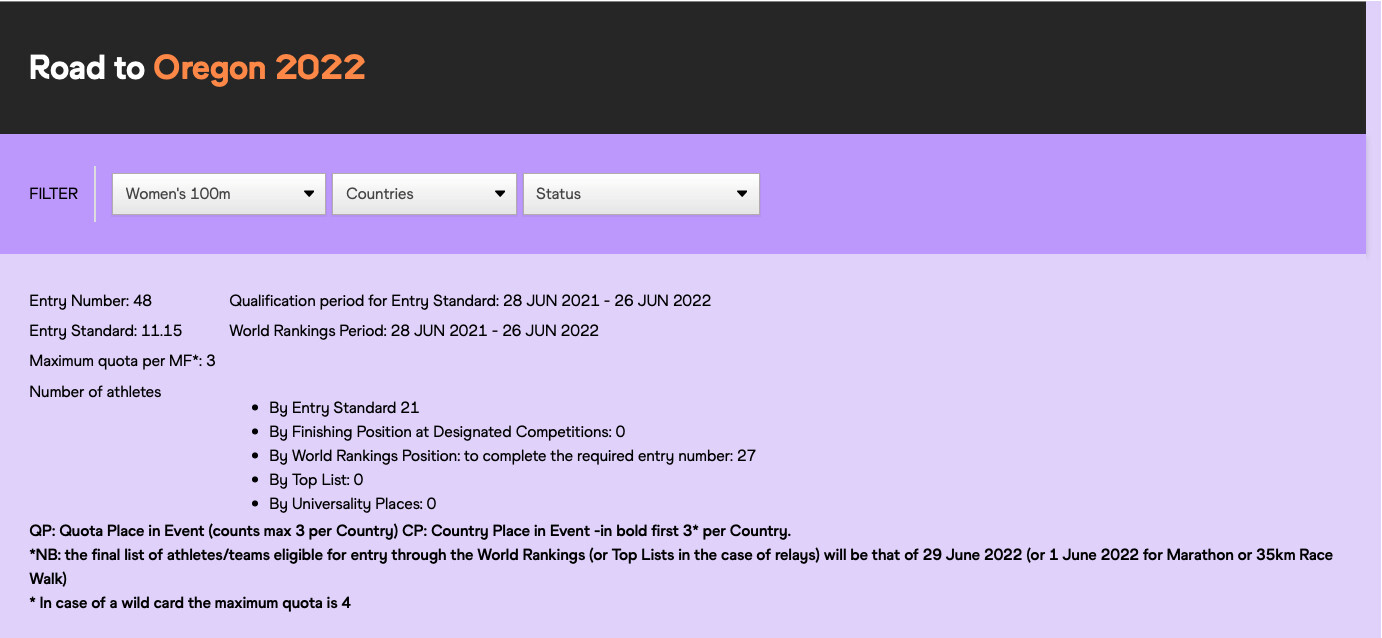
Athletes are able to qualify through one of four ways: by achieving an entry standard, by virtue of their placing at area championships or Platinum Label marathons (considered as having achieved the entry standard), by wild card entry or by world rankings position.
At the end of the qualification period, based on target numbers for each event, World Athletics will determine the number of athletes with an entry standard, eligible wild cards, and universality places. Any remaining places within an event’s target number will then be allocated to athletes based on their world rankings position to complete the field in that specific event.
Should the target number of athletes in any event be reached, or surpassed, through entry standards, wild cards and universality places, no other athletes would qualify by virtue of their world rankings position.
The Road to Oregon tool is only intended to give an overview of which athletes are in a qualifying position; it doesn’t, and will not, indicate which athletes have been selected by their member federation. Final entries will be published nearer to the time of the championships.
The tool also covers the qualification status for the five relay disciplines, though these are not dependent on entry standards or world rankings.
(01/16/2022) ⚡AMPby World Athletics
What it takes to become a Kenyan distance champion
For several generations now, Kenya has produced many of the world’s greatest distance runners.
Many athletes from elsewhere in the world, meanwhile, have tried to tap into the secrets of Kenya’s success as they try to play catch-up – quite literally – with the east African nation that continues to churn out global medallists and world record-breakers.
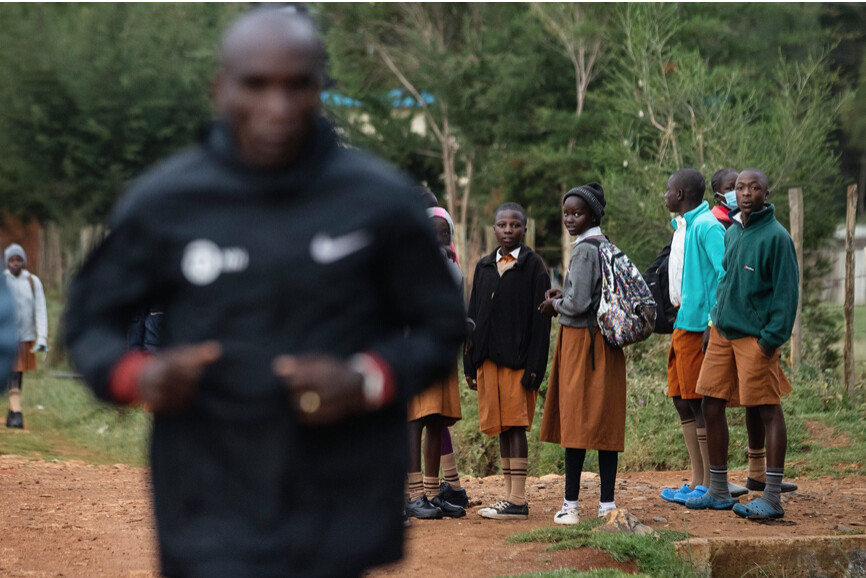
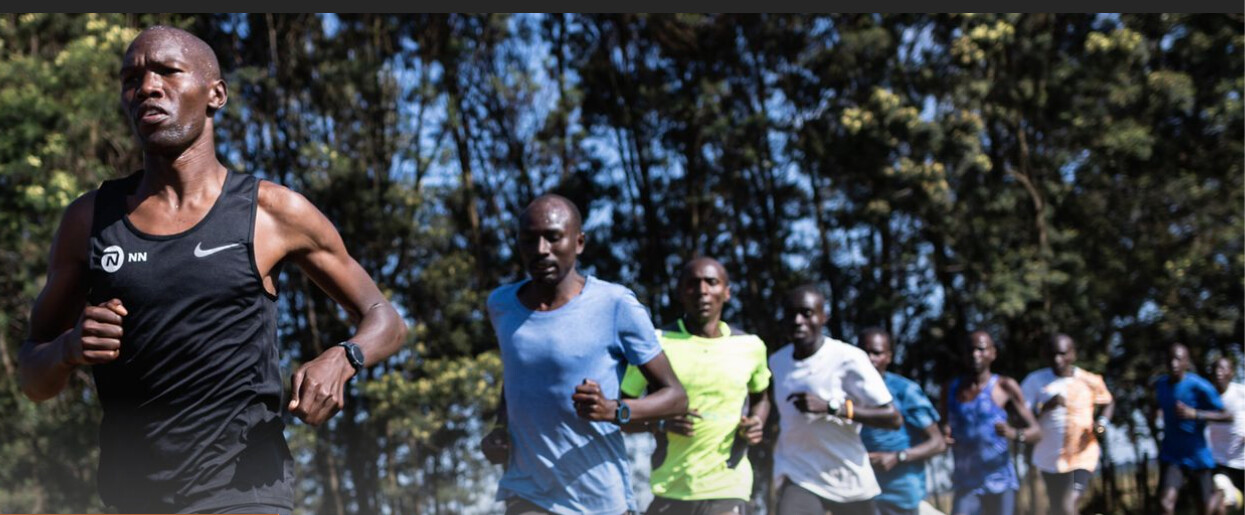
The truth is, there is no one single reason why Kenya is so dominant in distance events. It’s more down to a combination of factors, many of which were explained during a recent trip to the NN Running training camp in Kaptagat, about 24km east of Eldoret, where the likes of Eliud Kipchoge trains for 11 months of the year.
A way of life
There are few countries where people live and breathe athletics, and where the No.1 Olympic sport can claim to be more popular than football, filling entire stadiums even for age-group championships.
And while Kenya isn’t the only country in the world where kids run long distances to get to school, running has a whole different meaning to many people in the country.
Running is something that comes naturally to us as it’s something that has been part of our lifestyle since we were born,” says three-time world half marathon champion and two-time New York City Marathon champion Geoffrey Kamworor. “As a kid, I used to run from home to my school three kilometres away back and forth each day, so you end up running sometimes 12 kilometres a day as a teen without even realising it.”
Beyond being a means to an end, there is also a genuine love for running among the Kenyan population.
“As a kid, I would always go and watch athletics competitions when not at school and I enjoyed watching people competing,” added Kamworor. “It awoke my passion for running, especially seeing people cross the finish line and winning a trophy. In high school, it was always a fun and proud moment to represent your class and win a cup. I found it very encouraging.”
Having running embedded into day-to-day life sets Kenya apart from many other nations. But it’s just one of the many reasons why it is known as being the ‘home of the champions’.
Genetics
Simply running to school each day doesn’t automatically turn everyone into a world-class athlete. Genetics, as it does for every elite athlete, likely play a significant part.
Many people in the Rift Valley, where most of Kenya’s top distance runners originate, belong to the Kalenjin tribe. When compared to other Kenyan tribes, Kalenjin people are often described as having good natural running attributes: namely lean bodies and long legs.
Kipchoge, for example, isn’t particularly tall (1.67m / 5ft 6in), but the muscles on his legs are incredibly lean, his body fat percentage is low, and the strength in his feet make it appear as though he bounces along the grass.
But attributing all of Kenya’s success to just their genetics would be a gross over-simplification.
Conditions
Another element that helps Kenyan athletes in their training and preparation is the unique climate and surroundings in this part of the country. It also probably explains why there are so many training camps between Kaptagat and Iten, and why some people refer to it as the ‘Hollywood of elite runners’.
This region is located at 2500 metres above sea level, which, given the lack of oxygen, helps athletes produce a higher concentration of red blood cells and haemoglobin when training. This, in turn, gives runners an advantage when they return to lower altitudes to race.
The Eldoret region is also full of endless forests and dirt roads for athletes to use when running, while the area also enjoys a temperate climate with daytime temperatures ranging between 22-26C (68-78F) throughout the year, dropping to 10-12C (50-53F) at night time. That, combined with the good air quality, makes the area something of a distance-running paradise.
But as Kenya’s economy continues to develop, so do the local villages and the wider region, meaning many of the local dirt paths are now being made into proper roads – which is great for facilitating transport and access from other points of the country, but less so for athletes seeking a run-friendly surface.
Athletes are adapting well to this evolving environment, though, while remaining in close contact with nature. The Kalenjin community, Kipchogeand Kamworor included, are running many tree-planting initiatives. “We evolve in a very natural environment which is a great advantage when it comes to training,” says Kamworor.
Patrick Sang, the 1992 Olympic silver steeplechase medallist and head coach at the Kaptagat training camp, explains how the new generation of running shoes can help counter the effects of running on harder roads.
“New running shoes help a lot because athletes can now do a lot more training on a hard surface and still recover on time to do their next hard session,” says Sang. “Overall, you can get more work done to help improve performance.”
Sleep, eat, train, repeat
Most world-class athletes are fully committed to their sport, but the elite runners at the Kaptagat training camp in particular take dedication to a whole new level.
Many of these athletes – including young mothers such as two-time Olympic 1500m champion Faith Kipyegon – have children who are at home during the week so that they can entirely focus on their training at the camp.
“Of course, it’s very hard but that’s the only way to be fully dedicated to being the best athlete you can and avoid any distraction,” said Kipyegon.
When not running, athletes at the Kaptagat training camp are focused entirely on other elements of their training, namely recovery and nutrition.
“When you are at the camp, your sole focus is on running and you are not distracted by anything else,” says Kamworor, father to five children, including young triplets. “You are away from your family, your wife and your kids during the whole week, and that makes you take your training very seriously as you are making sacrifices to achieve your goals. That’s the only way to be focused 100% on running and to give your very best.”
As in any walk of life, hard work and having the right mind-set are key to success. Kipchoge might be the most successful athlete at the camp, but Sang says that’s not just down to his talent. “Eliud isn’t the most gifted athlete within his training group but certainly the most dedicated,” Sang says of Kipchoge, who is always the first one ready for training and the last one to leave.
In an average week, athletes at the Kaptagat camp do one long run of 30km (once a month it will be 40km), which usually takes place early on a Thursday morning. Typical track sessions, meanwhile, would be something like 8x1600m (each rep completed in 4:40) and 8x400m (at an average of 65 seconds) on their local 380m cinder track.
“Have you seen him?” Sang says when watching Kipchoge train. “This guy is a machine.”
Athletes are religious in their approach to punctuality and producing their best effort in training. And other local athletes from outside the NN Running team are welcome to join in the sessions, provided they arrive on time. After all, no one wants to be playing catch-up with the likes of Kipchoge and Kamworor.
Community
The Kaptagat training camp is run entirely by the 25 athletes who live there for 11 months a year from Monday to Saturday morning before going back to spend quality time with their family, often in the big city of Eldoret. In and around the 12 training runs they do in a typical week, the resident athletes to everything at the camp.
“If you look at life at the camp, the one making bread is an athlete, the cleaning is done by the athletes, the one doing shopping for the camp is an athlete,” says Sang. “You don’t want athletes to live on another island.
“The whole idea is to make sure these athletes become well-rounded people. You wouldn’t want to help someone become a great athlete who lacks social skills or is out of touch with society.”
Kipchoge, whose wife and three children live just 45 minutes away from the training camp, could easily go and spend time with his family during his time off, but instead he chooses to stay at the camp with the rest of the group, monastically isolated from the rest of the world.
Kipchoge is rarely bored, too. When he’s not training or resting, he will be reading or working at the camp or reading.
The sense of community extends to caring about the environment. Every athlete at the camp gets a tree planted at the entrance as a welcome gesture and to symbolise their connection to nature. Some special guests to the camp – including Ethiopian legend Haile Gebrselassie – have also had a tree planted for them in Kaptagat.
Occasionally, athletes at the camp will give each other lessons, or they will engage in real debates around serious issues, helping them develop holistically as people.
Simplicity
Far away from the latest technological innovations you often hear about in other parts of the world, daily life at the camp is basic.
Upon entering the gates at the Kaptagat training camp, the 380m cinder track is located on the left. It has a slight incline on the first bend and a couple of cows as spectators, but it meets all their needs.
“A synthetic track isn’t needed for what we do and the way we train,” says Marc Roig, a former international runner from Spain, who now works as a jack of all trades for NN Running, acting as a fitness coach, physio, runner, mentor and pacemaker. “If our athletes need a synthetic track, they can go to the one in Eldoret an hour away.” In fact, there are just four synthetic tracks in the whole of Kenya, but it’s clearly not a barrier to producing top athletes.
The runners at the camp rarely lift weights or spend time stretching, but twice a week they will do core strength sessions. Instead of water, they drink mursik – a nutritious fermented milk – in the morning and Kenyan tea in the afternoon. And not a single drop of water during their 30km long run. “That’s okay,” says Sang. “They don’t need it.”
Within the camp itself, there is a TV room with a small library corner with a few books there for the athletes, a living room for their meals, the dormitory (one for women and another for men), a basic gym comprising a bike, a treadmill, some elastic bands and a light weightlifting bar (with maximum 40kg available) and a big blue plastic drum outside used for ice baths.
It’s all quite rudimentary, but they don’t need more, and it seems to work.
The only visible ‘luxury’ – aside from the eco-friendly solar panels to get hot water – is that Kipchoge has his own bedroom. But even the king of the marathon does his fair share of the chores. He prepares tea for other athletes, and there’s a strict cleaning schedule that all athletes must stick to.
“I think that when you stop leading a simple life, your mind-set loses contact with the outside world and you lose your focus on your actual goals,” says Kipchoge. “At this point, you run the risk of forgetting about the really important things in life.”
Life at the camp is minimalistic, but nobody complains. Indeed, this simplicity is what defines them and enables the athletes to keep their focus and remain humble about who they are, where they come from and what they are here for.
Hollywood of running
To be the best, you need to surround yourself with the best – which is another reason why the Rift Valley continues to produce champion athletes.
The likes of Kipchoge, Kamworor and Kipyegon are true A-listers, but Kaptagat is filled with talented athletes who have achieved podium finishes at major championships and big city marathons.
Roig, who has a 2:18:05 marathon PB, moved to Kenya several years ago. “When I take my kids to school, I feel ashamed saying I am a runner as many of the dads there have 2:05 marathon PBs,” jokes Roig, who is now the race director for the Valencia Marathon. “There is even a mother at the school who has a PB similar to mine!”
But the Kaptagat camp isn’t the only leading training venue in the area. Iten, a small town at 2400 metres above sea level about an hour north of Kaptagat, is often referred to as the ‘home of champions’ or the ‘Hollywood of distance running’.
One of the drivers used for NN Running Team’s trip to Kenya, for example, was a former 1:06 half marathon runner. His wife, meanwhile, was a 2:21 marathon runner who finished second at the Rotterdam Marathon a couple of years ago. His neighbour is Emmanuel Korir, the Olympic 800m champion, and he is good friends with Joyciline Jepkosgei, the multiple world record-breaker and 2021 London Marathon champion.
Abdi Nageeye, the Olympic marathon silver medallist, also happened to be in Iten at the time of the trip. While ferrying around members of the media, the driver passed by a gas station named ‘Oslo’, which is one of many local businesses owned by Vivian Cheruiyot. The 2016 Olympic 5000m champion opened the station after winning at the Oslo Diamond League meeting.
One of the biggest training venues in Iten is the High Altitude Training Centre founded by multiple world half marathon champion Lornah Kiplagat, who herself is part of a highly successful family of runners, including Sylvia Kibet, Hilda Kibet and Susan Sirma. Many international athletes, including the likes of Mo Farah and Paula Radcliffe, have previously stayed there, while former steeplechaser Bob Tahri of France opened his own training centre in Iten a few years ago.
The Rift Valley – Iten and Kaptagat in particular – is like nowhere else on earth. Everybody knows a champion who is friends with another champion, who is the neighbour of another champion.
It’s yet another way – and one of the many – of becoming a great runner.
(01/16/2022) ⚡AMPby World Athletics
Meet Sabina Chebichi the barefoot petticoat runner
Sabina Chebichi was born on 13/5/1959, she won her first marathon in 1973 while barefoot and wearing nothing but a petticoat. Sabina went on to become the first Kenyan female athlete to win a medal at the Commonwealth Games in 1974.
Chebichi started running in 1972, her first race was at Kechiko which she won.
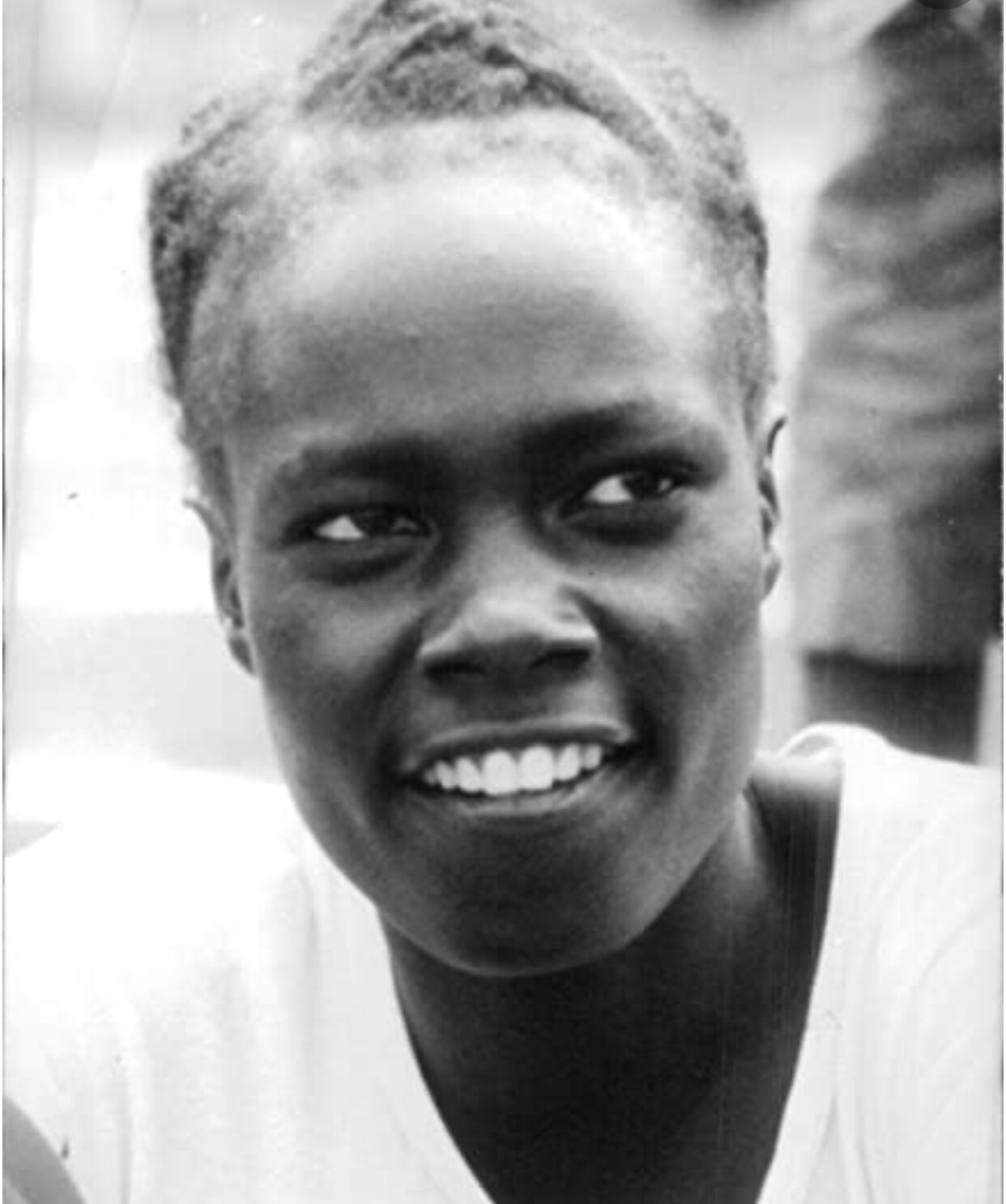
When news about a schoolgirl competing without any kit broke out in the media, Feisal Sherman who was Secretary of Kenya's Amateur Athletic Association (now Athletics Kenya) sent her running kit and proper shoes.
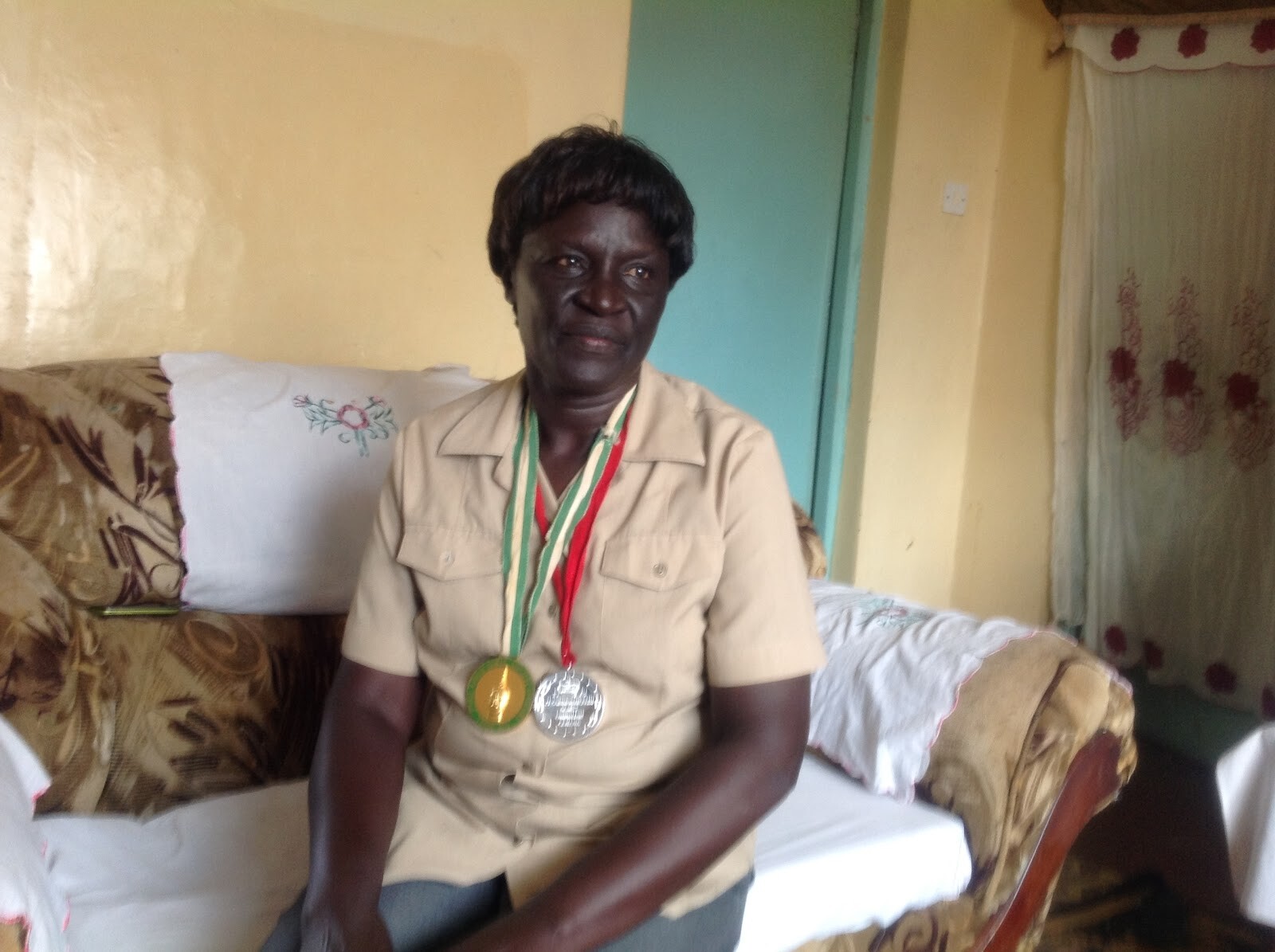
At 14 years of age, Chebichi became the first Kenyan female athlete to win a medal at the Commonwealth Games in 1974, she won bronze in the 800m Women's race at 2:02.61 mins, she went on to compete in the 4 × 400 m Relay and 1500m race.
(01/15/2022) ⚡AMPNCAA Cross-Country Distances Still Aren’t the Same for Men and Women. Run Equal Wants to Change That
(A proposal has been submitted to the NCAA to equalize the men’s and women’s cross-country race distances by 2023.)
“I came by the 6K mark and thought, ‘F—, it’s going to be a long day,’” Cooper Teare says of this year’s 10,000-meter NCAA men’s cross-country championships. At the 6K mark, he was still with the leaders, but in the late stages of the race he collapsed from exhaustion, got back up, fell down again, and crawled across the finish line. The fastest collegiate miler of all time finished fourth to last. “The 10K is a different beast,” he says.
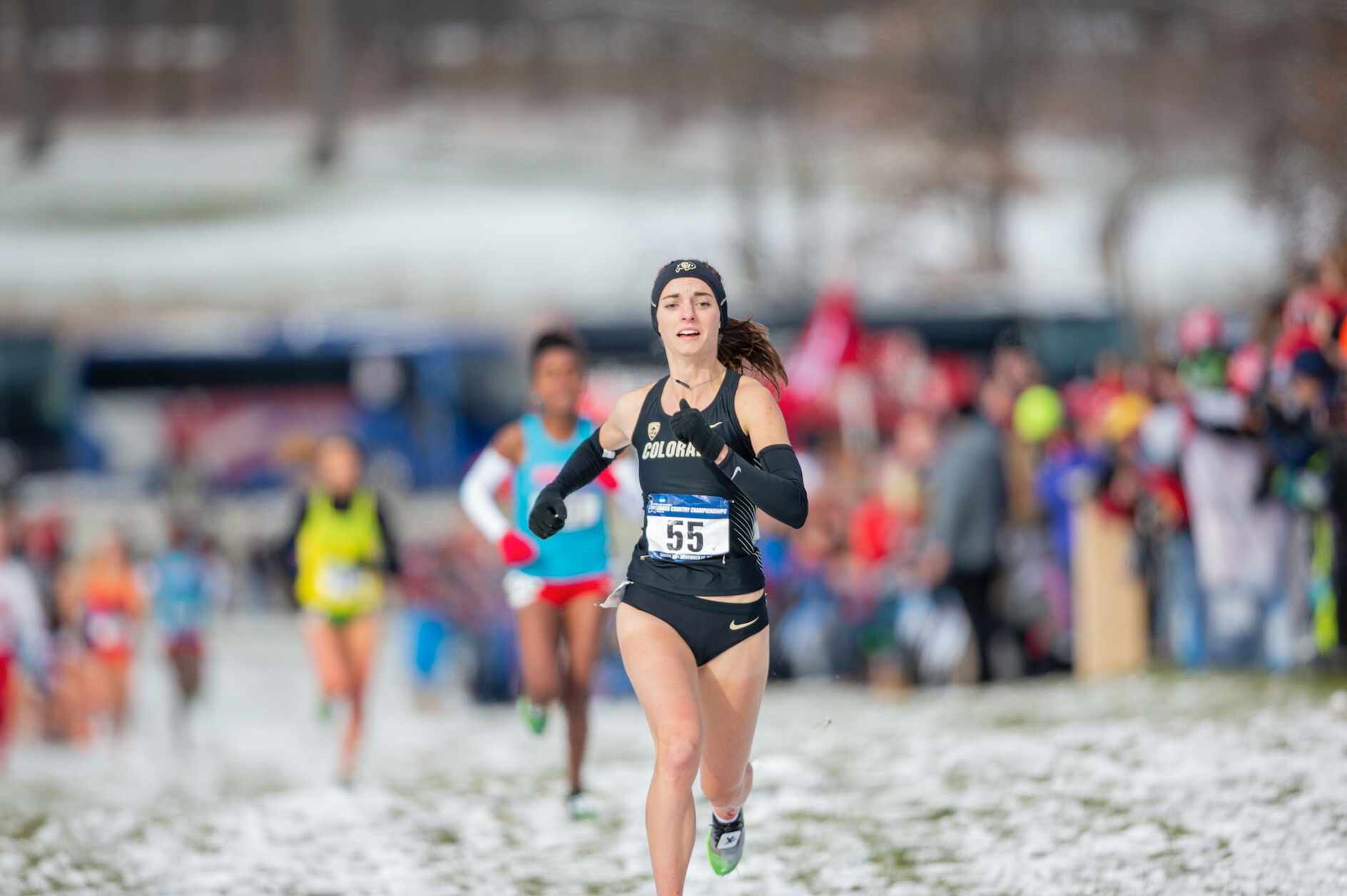
For the women, though, the race ends at 6K, where Teare wished it would’ve ended while his competitors surged forward. The fastest miler in the women’s race, Whittni Orton, was ultimately crowned the champion. Two different race distances, frankly, make men’s and women’s cross-country two different sports.
On January 5, Run Equal submitted their first proposal to the NCAA, in which their main demand was that men and women race the same distance in cross-country, across all three divisions, by 2023. In accordance with their petition, which had been circulating online for months, they proposed that everybody race 8,000 meters all season. Equalize the distances, they say. Run equal.
“Requiring women to race shorter distances is gender bias and sends an unmistakable message, intended or not, that women are not as capable as men,” the proposal says.
Molly Peters, the head cross-country coach for men and women at St. Michael’s College, started Run Equal by herself but always knew she wouldn’t be able to accomplish anything substantial alone. “The NCAA isn’t going to take ‘little me’ at my little college seriously,” Peters says.
To gain credibility, Peters assembled a team of pioneers in women’s running who share her view that the distances should be equal. Joan Benoit won the first ever women’s Olympic marathon. Lynn Jennings was a three-time cross-country world champion. Kathrine Switzer was the first woman to ever run the Boston Marathon.
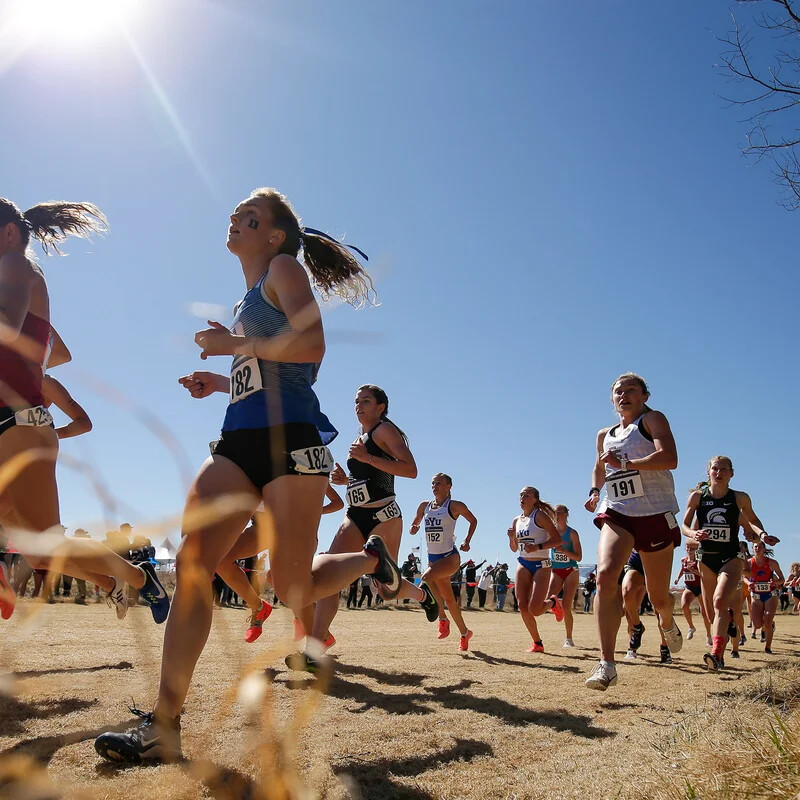
The hope is that when prominent athletes sign and share the petition, it’s like a snowball. “When you get these big names on board, the NCAA will eventually have to answer to them,” Peters says.
Another one of the big names is Molly Huddle, a 10-time NCAA All-American and former American record holder in the 5,000 meters. “I always thought it was kind of weird we didn’t run the same distance, and here we are 20 years later still doing the same thing,” Huddle says. “I think it’s been stuck this way for so long just because we haven’t all really talked about it out in the open all at once.”
From 1928 to 1960, women were prohibited from competing in any event longer than 200 meters at the Olympics because it was thought that the strenuous aerobic activity would harm her ability to bear children. Now it’s commonly understood that the old rationale was wrong; to relegate women to a shorter distance event seems like a blind faith preservation of a tradition based on a misconception, a simple deferment to the status quo that favors an antiquated model.
Kara Goucher, the three-time NCAA champion and double Olympian, concurs. “You don’t see women running 3,000 meters on the track while the men run 5,000,” she says. “Women run the marathon too. They run hundred-milers. They can handle a few extra kilometers in cross-country.”
Goucher says her college coach at the University of Colorado, Mark Wetmore, used to joke, “The men get to enjoy their time for 30 minutes, and you girls only get to enjoy 16 or 17 minutes. They get to be in the spotlight for much longer. That’s not fair.” There’s a truth at the joke’s center: The men’s race is presented as a more serious affair, the main event of the day.
When Goucher won her NCAA cross-country title in 2000, it was the first year the women had ever raced 6K. It had previously been standard for women to race 5K. When the increase in distance first took effect, Goucher says, everybody thought participation among women would drop dramatically, that they wouldn’t be able to field full teams. That didn’t happen. The number of women participating in Division I cross-country steadily increased for the next five years.
While there may be popular support for increasing the women’s race distance, there’s no consensus around what the race distance should be. The proposal submitted to the NCAA calls for 8K for all because Peters and many of her allies see that distance as “a great compromise.” But others disagree.
“I like the 10K at the national championships. It makes it harder,” Goucher says. “But what’s most important is that they’re equal.” Goucher believes there should be a meaningful differentiation between track and cross-country. She says, “They’re different sports, and they should require different types of athletes.”
Huddle offers a different perspective. “Back when I was running I wanted to run 8K, what the guys do all season,” she says.“I’m not so sure about 10K. That’s a daunting distance to jump up to as a freshman—for the men too.”
Peters understands the challenges of organizing an initiative like this and isn’t necessarily worried about the contention. She also spearheaded the movement to equalize the NCAA’s race distances in nordic skiing, which has some similarities with cross-country: both sports are endurance races, and they both traditionally have required women to race a shorter distance than men. Her initiative, which was fittingly called Ski Equal, was mostly successful.
After pressure from Peters and some of the sport’s top athletes, the NCAA Ski Committee opted for an incremental transition to hosting equal distance races between genders. This year, seven of the eight races on the formal circuit were equal in distance. Last year only two were. A few years before that none of them were.
As a sport, cross-country hasn’t yet seen the changes that nordic skiing has, even though the conversation about equalizing race distances isn’t new. There still isn’t a single opportunity for women to race longer than 6K during the NCAA season. But maybe now the time is finally right.
While the USATF cross-country championships have been 10K for both men and women since 2015, other governing bodies are now beginning to make changes to reckon with the implicit messaging behind the history of unequal race distances. European Athletics recently announced that for the first time in 2023 they will lengthen the women’s race distance to match the men’s. Soon the unequal race distances will be unique to the NCAA.
“There’s pressure right now for the NCAA to push for gender equality,” says Peters, referencing the recent Kaplan Reports, which aim to provide a thorough review of gender equality issues in various NCAA championships. The reports followed a TikTok videothat went viral in March showing the dramatic differences between the men’s and women’s practice facilities at last year’s NCAA March Madness basketball tournaments. People are seriously talking about gender equality in sports right now; the window is wide open.
Regardless of the changes that happen in other sports, during the upcoming cross-country season Peters plans to host some women’s 8Ks at her college, where she’s the meet director. Rather than wait for governing bodies to comply with her vision, she’ll model the system she wants to see. “It pains me to host races that aren’t equal,” she says. “I guess it’ll soon be time to put my money where my mouth is.”
(01/15/2022) ⚡AMPby Matt Wisner (Women’s Running)
Scottish men's indoor mile record holder Chris O'Hare, happy to be a retired athlete, after calling time on career
O'Hare, 31, won European 1500m bronze for Great Britain in 2014 and emulated that at the following year's European Indoor Championships.
And the 2016 Olympian went one better in his native Scotland, securing silver in the 3,000m at the 2019 European Indoors in Glasgow.
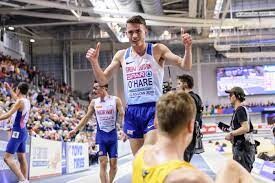
"Retiring is never an easy decision for an athlete," he said on Twitter.
"I am relieved to say that although I will miss everything about training and racing, I am happy to be a retired athlete. Huge thank you to all those who have supported me throughout my career."
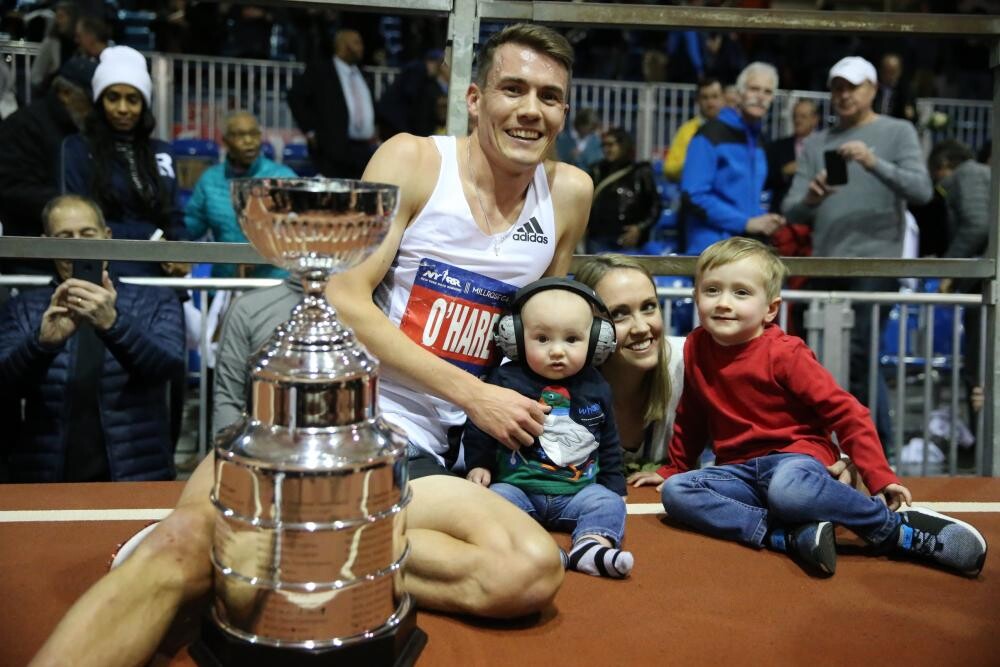
O'Hare is Scotland's male indoor mile record holder after finishing in three minutes, 52.91 seconds at the Millrose Games in New York in 2016.
Writing on Instagram, the runner said, 'Retiring is never an easy decision for an athlete to make but I am relieved to say that although I will miss everything about training and racing, I am happy to be a retired athlete.' He added: 'Running has blessed me with so many opportunities and so many wonderful lifelong friendships.
(01/15/2022) ⚡AMPby BBC sports
Beppu-Oita Mainichi Marathon is set to return this year on Feb 6
Other races have started canceling as Japan's COVID-19 numbers climb again, but the Beppu-Oita Mainichi Marathon is set to return this year on Feb 6, announcing its elite field on Jan 14. The front end is heavily dominated by people who part of the Miracle in Lake Biwa last year, Shuho Dairokuno (Asahi Kasei) and Tsubasa Ichiyama (Komori Corp.) leading the way at 2:07:12 and 2:07:41 from that race.
Four others on the list have run 2:08 recently, three at Lake Biwa, with two 2:09 veterans rounding out a sub-2:10 club that's as good as in any past year at Beppu-Oita, even without an international field. Well, there is one Ethiopian in the race, 2019 Fukuoka 3rd-placer Derese Workneh (Hiramatsu Byoin), but he's locally-based in Kyushu.
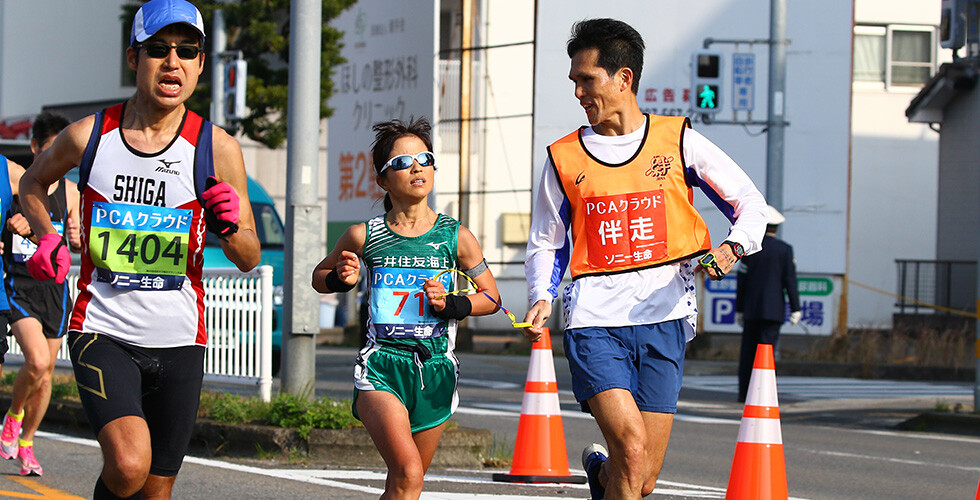
But where this year's field really stands out is in its list of first-timers. Sub-61 half marathoners Kiyoshi Koga (Yasukawa Denki) and Yusuke Nishiyama (Toyota) are there fresh off good runs on the New Year Ekiden's longest stage. Track specialist Tetsuya Yoroizaka (Asahi Kasei) is running for real after a couple of less-serious marathon stabs, and likewise doing it off a good New Year run.
Last time around Aoyama Gakuin University's Yuya Yoshida made a big impact at Beppu-Oita in his debut, and this time the 2022 Hakone Ekiden champ team has five members on the list including Hakone members Kotaro Kondo and Takayuki Iida, who ran the equivalent of 1:01:20 and 1:02:21 half marathons on their stages, and sub-63 half marathoners Taiki Miyasaka, Ryo Nishikubo and Shungo Yokota.
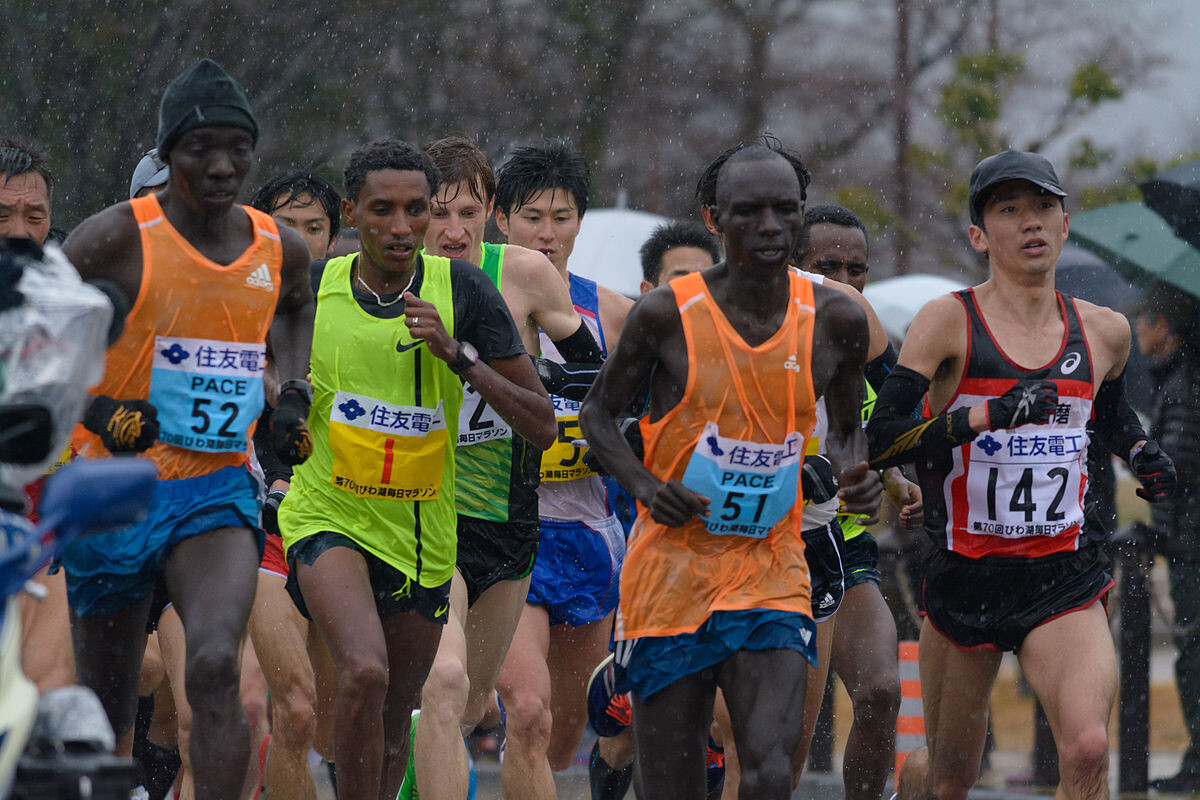
It should be a great race that cranks out even more quality Japanese marathoners. TBS will be broadcasting it live, and JRN will cover it on @JRNLive. Check back closer to race date for more info.
70th Beppu-Oita Mainichi Marathon
Elite Field
Shuho Dairokuno (Asahi Kasei) - 2:07:12 (Lake Biwa 2021)
Tsubasa Ichiyama (Komori Corp.) - 2:07:41 (Lake Biwa 2021)
Daisuke Hosomori (YKK) - 2:08:28 (Lake Biwa 2021)
Hiroto Fujimagari (Toyota Kyushu) - 2:08:30 (Lake Biwa 2021)
Takuya Fujikawa (Chugoku Denryoku) - 2:08:45 (Tokyo 2020)
Yuta Koyama (Toenec) - 2:08:46 (Lake Biwa 2021)
Ryo Hashimoto (GMO) - 2:09:29 (Beppu-Oita 2019)
Hisanori Kitajima (Yasukawa Denki) - 2:09:54 (Lake Biwa 2021)
Shogo Kanezane (Chugoku Denryoku) - 2:10:17 (Lake Biwa 2021)
Tadashi Suzuki (Suzuki) - 2:10:46 (Hofu 2020)
Derese Workneh (Ethiopia/Hiramatsu Byoin) - 2:10:52 (Fukuoka Int'l 2019)
Taiki Yoshimura (Asahi Kasei) - 2:11:13 (Hofu 2019)
Yuichi Okutani (Otsuka Seiyaku) - 2:11:16 (Beppu-Oita 2020)
Tomohiro Tanigawa (Konica Minolta) - 2:11:54 (Hofu 2020)
Debut/Do-Over
Kiyoshi Koga (Yasukawa Denki) - 1:00:49 (Nat'l Corp. Half 2020)
Yusuke Nishiyama (Toyota) - 1:00:55 (Nat'l Corp. Half 2020)
Akira Akasaki (Kyudenko) - 1:01:46 (Ageo City Half 2019)
Tetsuya Yoroizaka (Asahi Kasei) - 1:01:57 (Marugame 2020)
Riki Nakanishi (Toenec) - 1:02:02 (Osaka 2020)
Taiki Miyasaka (Aoyama Gakuin Univ.) - 1:02:26 (Takanezawa 2020)
Ryo Nishikubo (Aoyama Gakuin Univ.) - 1:02:30 (Takanezawa 2020)
Shungo Yokota (Aoyama Gakuin Univ.) - 1:02:36 (Hi-Tech 2022)
Yuya Kawata (Subaru) - 1:02:38 (Nat'l Corp. Half 2021)
Noriaki Oyama (Konica Minolta) - 1:02:41 (Marugame 2020)
Shogo Ise (Konica Minolta) - 1:02:53 (Marugame 2019)
Takayuki Iida (Aoyama Gakuin Univ.) - 1:03:10 (Takanezawa 2019)
Kotaro Kondo (Aoyama Gakuin Univ.) - 1:03:42 (Nat'l Univ. Half 2021)
(01/15/2022) ⚡AMPby Brett Larner
Beppu-Oita Mainichi Marathon
The Beppu-Oita Marathon is an annual men's marathon race that takes place every February between the cities of Beppu and Oita on the island of Kyushu in Japan. First held in 1952 as a 35km race, the looped marathon course begins at the bottom of Takasaki Mountain and reaches Beppu's Kankoko International Port before turning back towards the finishing point...
more...A game-changing update launches on Strava
Strava expanded its Maps tool this week with a cool new feature called ‘Points of Interest’. This new feature aims to help runners plan where to go on their run and how to find nearby essentials (i.e., cafes, restaurants and running stores) while on the move.
When you plan a route, the maps feature now shows points of interest on your run – including peaks, landmarks, photo spots, stores, plus popular running routes. Runners in need of a pit stop, bathroom break or water refill can reroute themselves to a certain location via the maps tab.
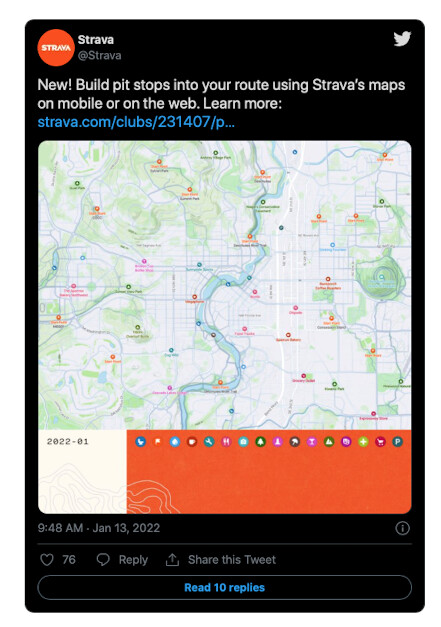
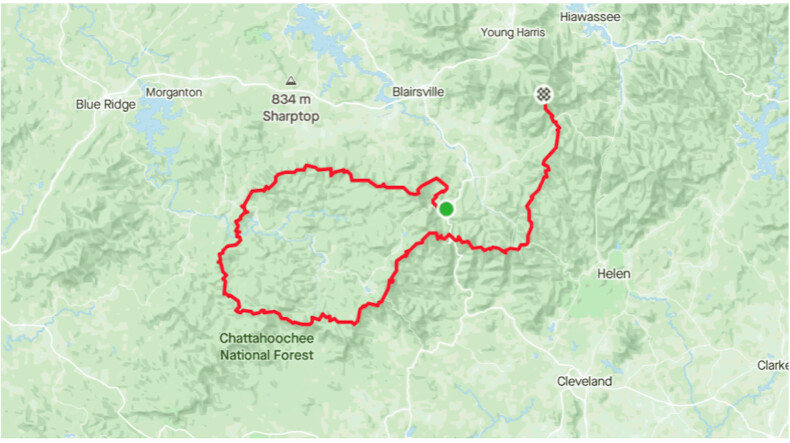
Strava launched this feature in collaboration with Open Street Maps, a free editable geographic database of the world. They applied the maps database to their global heatmap of 95 million athletes, identifying the most popular spots and locations in each community.
The Points of Interest feature is now available for all athletes who use the app, with no premium subscription required. It is accessible on the web via the Routes page, and on mobile through the Maps tab.
(01/15/2022) ⚡AMPby Running Magazine
So You Haven’t Ran a PR in a While. These 5 Tips Can Help You Break Out of That Rut
These five expert-backed tips can help you break out of your rut and run your fastest race yet.
We bet you can picture the last race that you ran a personal record. Maybe you are visualizing the moment you saw the big, red numbers as you crossed the finish, which indicated that you could have, just maybe, ran your best. Then, there were the anxious moments waiting for the official results where you verified the time and could confirm that yes, indeed, a PR was attained. It is a triumphant moment—one that stays with you forever.
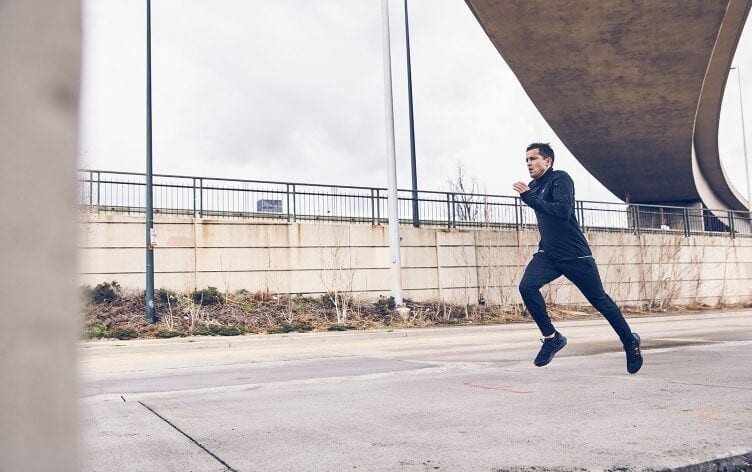
That incredible feeling is easy to want to chase. But what happens when months or years have gone by and despite your best efforts, a PR evades you? We know how demotivating a string of races without desired results can be.
Many runners face the dreaded PR rut and fail miserably in their attempts to get out of it. They overtrain (and get injured) or race every weekend (and probably also get injured) or continue training in exactly the same way they always have before and expect different results. So what can be done? How do you break out of a stretch of disappointing races?
Don’t worry! It is possible with patience, dedication, and a lot of self-reflection. Here are a few tips.
1. Commit to Your New PR
Andrew Moran, D.P.T., running coach and physical therapist at Odom Health and Wellness, encourages runners to reach their PR goals through whole-body and mind training
“It is really cool when an athlete has that fire,” he tells Runner’s World. “They’re willing to put themselves on the line and be honest about challenging themselves. But they also must be honest with themselves about the practicality of running a PR. I get them to reflect right off the bat, and I ask them, ‘Is this a good year to run a PR?’”
Moran also asks his athletes to assess what their personal and professional life will allow in terms of training. Basically, will you have enough time to put in the work to race the way you want to race? If you can carve out 10 or more hours per week to hone your running, then you can make this a PR year.
2. Reflect on Your Old PR
Moran will also ask an athlete to tell him all about that wonderful PR race. It is, of course, nice to draw on that success, but his curiosity lies more in what made it possible for that record time to happen in the first place.
“If someone has a years-old PR and says the race was net downhill, the weather was perfect, and they felt like a million bucks, then that’s great,” he says. “You have to acknowledge that in order to get a new PR, we have to look really specifically at your preferences and strengths and choose a racecourse and time of year to target. That is very low-hanging fruit to pick.”
3. Analyze Your Recent Training
Moran says that when you are able to pinpoint the problems on your own and discover new things about yourself and your running, the solutions will click more than if you merely follow the advice of a coach, book, or article.
“I want my athletes to look at the pillars of training and find the pieces of the program that maybe haven’t been addressed before,” says Moran. “I ask them what they think their weaknesses might be. It starts with being introspective and reflecting on your training history.”
To analyze what is working and what is not working, jot down the answers to a few questions:
What was your last training cycle like?
What went well?
What did not go well?
Did you give yourself enough time to train (including a base training period)?
Was your training consistent?
What pace are you supposed to run your low-intensity miles? Are you hitting this pace or going too fast or too slow?
Do you incorporate speed work into training?
Do you have a strength training routine that supports your mileage?
How is your nutrition? Hydration?
Do you recover from hard effort runs?
Have you recovered from your last race?
Do you feel there are mental blocks keeping you from your goal?
If you realize that perhaps your training was too fast on easy run days, skipped a lot of runs, or that fuel took the form of pumpkin pie and Cheetos, it might be tempting to overhaul your entire running life. But start with one small change. Focus on consistency first, for example. Once you are marking off training runs on your calendar with ease, choose another area to improve. By taking things step-by-step, you will be more likely to make the changes habit.
4. Get Stronger in the Gym
If you are in a PR rut and you aren’t hitting the gym, this could be an easy fix: Start strength training.
“I’m very biased, but after an athlete completes a dual strength training and running program, I’ll see, in a marathoner for example, three- or even five-minute time improvements,” he says. “Strength is essential for running economy and injury prevention. With simple, running-specific moves, you actually improve your running form and prevent any training breaks that might be caused by injury. Moves that work the calf muscle complex, quadriceps, and glute medius are essential.”
Moran says If you are new to lifting, start with a hinge, squat, carry, and a calf raise. Incorporate the strength program while you are in a maintenance or base training phase. This will allow you to lift heavier and build muscle without sacrificing the quality of high-intensity workouts in the actual training cycle.
5. Be Realistic
We all get older and most of us get slower. It’s just what happens. So if you are nearing 40 and trying to beat the 5K PR you set as a senior in high school, it might be time to readjust your goals.
“That’s when I get people excited about distance running,” Moran says. “Physiologically, we rely more on the slow twitch muscle fibers as we age. But the cool thing is, you don’t see a huge drop off in distance performance until 50 or 60.”
If a half or marathon PR is your desire, but you’ve taken time off, understand that a successful training cycle might be a year or two. Alternately, if you haven’t taken any time off running for a decade, a brief recovery period could bring new life to your legs. Be patient and open to change.
It’s important too to identify your “why.” What does it mean to you to break that time? How will it add value to your life as a runner? If you can answer that question easily, then identify what is holding you back and crush your goals.
(01/15/2022) ⚡AMPby Runner’s World
Runners Can Reduce High Blood Pressure by Adding Meditation to Their Daily Routine
Meditation can enhance your running and your overall wellbeing. Here’s how to make it part of your routine.
Meditation has long been used to promote calm and relaxation, cope with stress and illness, and manage anxiety and depression. As its list of positive effects grows, so too has the percent of adults in the United States who reported meditating—from 4% in 2012 to 14% in 2017, according to the most recent National Health Interview Survey.
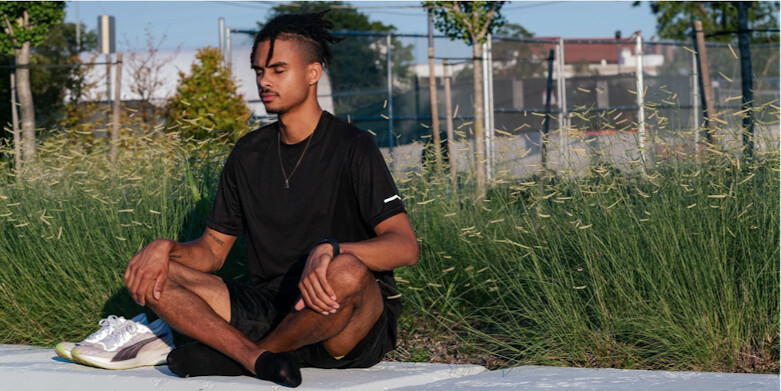
Runners often call their time logging miles their moving meditation. However, if the disappointment of a slower-than-expected mile split or panic over unexplained tightness in your calf can derail your race or ruin your workout, adding a formal meditation practice to your training routine can better prepare you to handle these feelings and emotions—both on the run and in life. Just as lifting weights can strengthen your hips or hamstrings, meditation can strengthen your mind, enhancing your running and overall wellbeing.
Here, we will explain what meditation is, the benefits to your health and performance, and how you can make it a part of your training plan.
What is meditation, and why should you meditate?
Meditation is a set of techniques used to bring awareness back to a specific focus when your mind wanders. These techniques can help your mind process emotions, contributing to your overall wellness and stress management.
A meditation practice typically involves focusing your attention while in a comfortable posture, such as sitting, lying down, or walking. And ideally, it’s practiced in a place with limited distractions.
Once you’ve checked those boxes, the meditation exercises themselves are simple. Focus on your breath by counting or repeating a mantra. Or you can scan your senses and observe what your body sees, hears, tastes, smells, or feels to center your attention.
When distracting thoughts arise—This is boring; My nose itches; We’re out of milk—come back to that focus. There is no time requirement to make the meditation “count,” so meditate for as long as you feel comfortable. Though the more you make an effort to meditate, the more you will get out of it.
Don’t be fooled though; while the practice itself is simple, meditating is not always easy. What meditation is not is peace and stillness from the moment you begin, so don’t get discouraged if your first few attempts feel awkward.
Rebecca Pacheco—the author of the book Still Life – The Myths and Magic of Mindful Living, and a meditation and yoga instructor—acknowledges that it will, at times, feel difficult for even the most experienced meditators. “You may find you are bored, anxious, or fidgety, and that’s okay,” Pacheco, a two-time Boston Marathon finisher, tells Runner’s World. You’re not doing it wrong.”
Meditation also is not self-improvement, but by practicing awareness and self-compassion, some people may argue that meditation can help you improve yourself. Your thoughts are not bad or wrong; the key is to approach them without judgement.
“Meditation is self-acceptance,” says Pacheco. “The purpose is to give you a place where you don’t have to get it right. And the irony is that things often will improve.”
What’s the difference between meditation and mindfulness?
Mindfulness and meditation are sometimes used interchangeably, though the two boil down into more specific descriptions: meditation is the practice, while mindfulness is a state of being. Practicing meditation trains your mind to pay attention mindfully.
Mindfulness training uses meditation exercises in combination with informal practices, such as running, to incorporate mindfulness into daily life. Together, these practices train your mind to focus less on negative thoughts, emotions, and memories, and instead makes space for it to concentrate on the present, without getting ahead of itself.
Dr. Keith Kaufman, a clinical sports psychologist and co-developer of the Mindful Sports Performance Enhancement (MSPE)® program, describes mindfulness as a nonreactive approach. The challenge is that humans naturally react to feeling uncomfortable and try to minimize it. He related it to the discomfort felt in a race.
“It’s called an ironic mental process,” Kaufman tells Runner’s World. “If you are saying, ‘I’m in so much pain right now. I shouldn’t feel this pain, I don’t want to feel this pain,’ what it does is actually bring more of your focus to the pain and can actually make it worse. Mindfulness training gives us a way of accepting [the pain and helping us think], ‘Right now, my body is in pain. Right now, this is how my body is feeling, but I can still feel this, and I can still proceed.’”
What are the benefits of meditation for Runners?
The benefits of meditation have been widely studied and researchers are continually finding positive effects on a variety of health conditions. According to the National Center for Complementary and Integrative Health (NCCIH), some of those benefits include reducing high blood pressure, helping symptoms of irritable bowel syndrome and ulcerative colitis flareups, and easing symptoms of anxiety and depression. Meditation has also shown promise when it comes to managing pain and improving insomnia, and it may help people quit smoking.
For some, these benefits may be enough to convince you to start meditating. But for those runners who need the extra nudge, research has shown sports-specific benefits associated with mindfulness-based interventions.
Meditation can help you get “in the zone”—when you are so absorbed in your run that it feels effortless, an experience that has been associated with peak performance. A 2009 study in the Journal of Clinical Sports Psychology, following long distance runners who used the MSPE program co-developed by Dr. Kaufman, showed improvements in mindfulness and awareness, and decreases in sport-related worries and perfectionism—factors that may aid runners in reaching that flow state.
“If you’re thinking about your time and if you’re thinking about the end result of the race, it’s really hard to get into that rhythm, it’s really hard to get into that flow. By letting go of the outcome and instead focusing on what’s happening right now, which is one of the big targets of attention that we talk about, then that can help us get more into the state of flow,” Kaufman says.
Meditation can also improve your perception of pain and fatigue, which may prevent you from giving up or slowing down on the run. A 2020 study in Neural Plasticity showed athletes who completed mindfulness training improved endurance performances by having a higher threshold for exhaustion. And a 2021 study in the journal Evidence-Based Complementary and Alternative Medicine found that following the completion of a mindfulness-based training program, female college students reported decreases in their perception of exercise intensity and other negative feelings, such as fatigue, following an 800-meter run.
The takeaway here: If your brain thinks you have more gas in the tank, your body can push harder, or at least enjoy the run a bit more.
Additionally, meditation can get you back on your feet sooner following a workout or injury. A 2021 study in the Journal of Athletic Training found mindfulness training, in conjunction with traditional physical therapies, reduced pain while running, improved coping strategies, and decreased pain catastrophizing in patients with knee pain.
And a 2000 study in the Journal of British Sport Medicine showed that runners who practiced meditation exercises as part of a relaxation training significantly decreased their blood lactate concentration—which is an indirect marker for fatigue in exercising muscles—after exercise. This is just another reason to take a rest day, and using some of that time off from running to meditate may get you back on your feet sooner.
But will meditating make you run faster? A 2011 study in the Journal of Clinical Sports Psychology showed improvements in runners’ mile times one year after the mindfulness training program was completed by participants.
However, Kaufman cautions, “It would be way overstating the science of meditation to say if you meditate, you’re going to be faster. But by meditating, it can change the way you pay attention in competitive moments. It really can change the entire trajectory of your performance if you’re not getting stuck in a reaction to something. You can stay present, and you can keep making choices that are best for your performance, and in that sense it could help you run faster.”
How can runners practice meditation?
Both Kaufman and Pacheco agree that using running as an informal way to practice mindfulness is important because the goal, ultimately, is to integrate these skills into daily life. However, much like your training plan may include easy, tempo and long runs, Kaufman believes a formal meditation practice can help you develop the range of skills necessary for remaining mindful on your run, or life, as a variety of situations are thrown your way.
Here are a few tips to start your meditation practice:
→ Start small. If you were starting to run for the first time, you would not go out for a ten-mile tempo run. The same goes for meditation. “Start with three minutes,” says Pacheco, “Then try to string together days, then weeks. A little can go a long way.”
→ Just begin. The hardest part of a run is often getting out the door. Set yourself up for success by designating a time to meditate when you might actually do it, like immediately after a run. And then actually do it! Just as it might take a mile or two to settle into a run, so too may it take a moment to get settled into a mediation practice.
“Often if you keep going, something clears and the run turns around. And even if it doesn’t, you often feel better than when you started. Meditation works the same way,” Pacheco says.
→ Use available resources. Apps like Headspace, Calm, or Insight Timer have libraries of guided meditations if you feel you don’t know where to start. Dr. Kaufman’s podcast, Mindful Sports Performance, begins each episode with a mindfulness exercise. Find what works for you.
→ Fit meditation into your day in a way that works best for you. If you can’t sit down on a meditation cushion with incense burning to meditate, that’s okay! Meditation doesn’t have to look a certain way. “All it takes to be a good meditator, is to meditate,” Pacheco says.
Pacheco suggests using existing moments in the day to meditate, such as while waiting in the exam room for your doctor or while sitting in your (preferably parked) car if you arrive early for a meeting or date. Or the next time you are about to mindlessly scroll on your phone, try two minutes of breathwork instead. There is no right or wrong way to meditate.
(01/15/2022) ⚡AMP
by Runner’s World
Ethiopia’s Askale Merachi and Kelkile Gezahegn will defend their titles at the 50th Chevron Houston Marathon, while Kenya’s Vicoty Chepngeno and Shadrack Korir lead the entries for the Aramco Half
Merachi won in Houston in 2020 in 2:23:29, finishing more than a minute ahead of the rest of the field. She went on to win the Taipei Marathon later that year in 2:28:31, but hasn’t raced since then, so her form going into this weekend’s race is relatively untested.
She will face stiff competition from compatriot Biruktayit Eshetu Degefa, a three-time winner in Houston who is aiming to become the race’s first four-time winner. She finished runner-up to Merachi in 2020, clocking 2:24:47. Her PB stands at 2:22:40, set in Toronto in 2019, while her fastest time in Houston is the 2:23:28 she ran to win three years ago.
Two-time Chicago Marathon winner Atsede Baysa has the fastest PB of the field with 2:22:03. A sub-2:25 time may be required to make the podium on Sunday, but the last time the 34-year-old Ethiopian bettered that barrier was back in 2012.
Ethiopian women have won the past 14 editions of the Houston Marathon, but that streak could be under threat on Sunday as Keira D’Amato aims to become the first US woman to win the Houston Marathon since 2005.
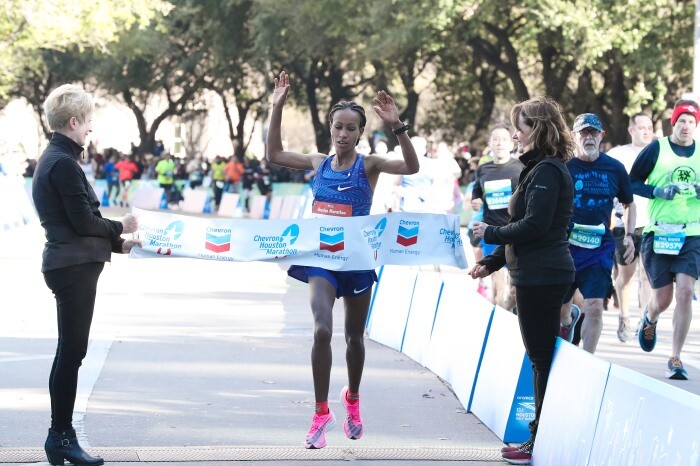
The 37-year-old, who took a complete break from running between 2009 and 2016, has been racking up impressive performances on the roads in recent years. She set a marathon best of 2:22:56 and a North American 10-mile record of 51:23 in 2020, finished fourth at last year’s Chicago Marathon, and clocked a half marathon PB of 1:07:55 last month. If conditions are good, the course record of 2:23:14 – set by Alemitu Abera in 2012 – could be under threat.
Ethiopian marathon debutante Tsige Haileslase and USA’s Robert Groner, who finished sixth at the 2019 World Championships, are among the other contenders.
Gezahegn, the defending men’s champion, won with 2:08:36 two years ago and finished two minutes clear of his nearest rivals. His only race since then was the 2021 Boston Marathon, where he finished 15th in 2:12:37. A 2:05:56 runner at his best, the 25-year-old will be keen to use this weekend’s race as an opportunity for redemption.
If John Langat can reproduce his form from 2019, when he won in Eindhoven in a PB of 2:07:11, he could contend for the victory on Sunday. Japan’s Kenta Uchida will also be a formidable opponent. He has a lifetime best of 2:08:12 and will be keen to earn his first marathon victory.
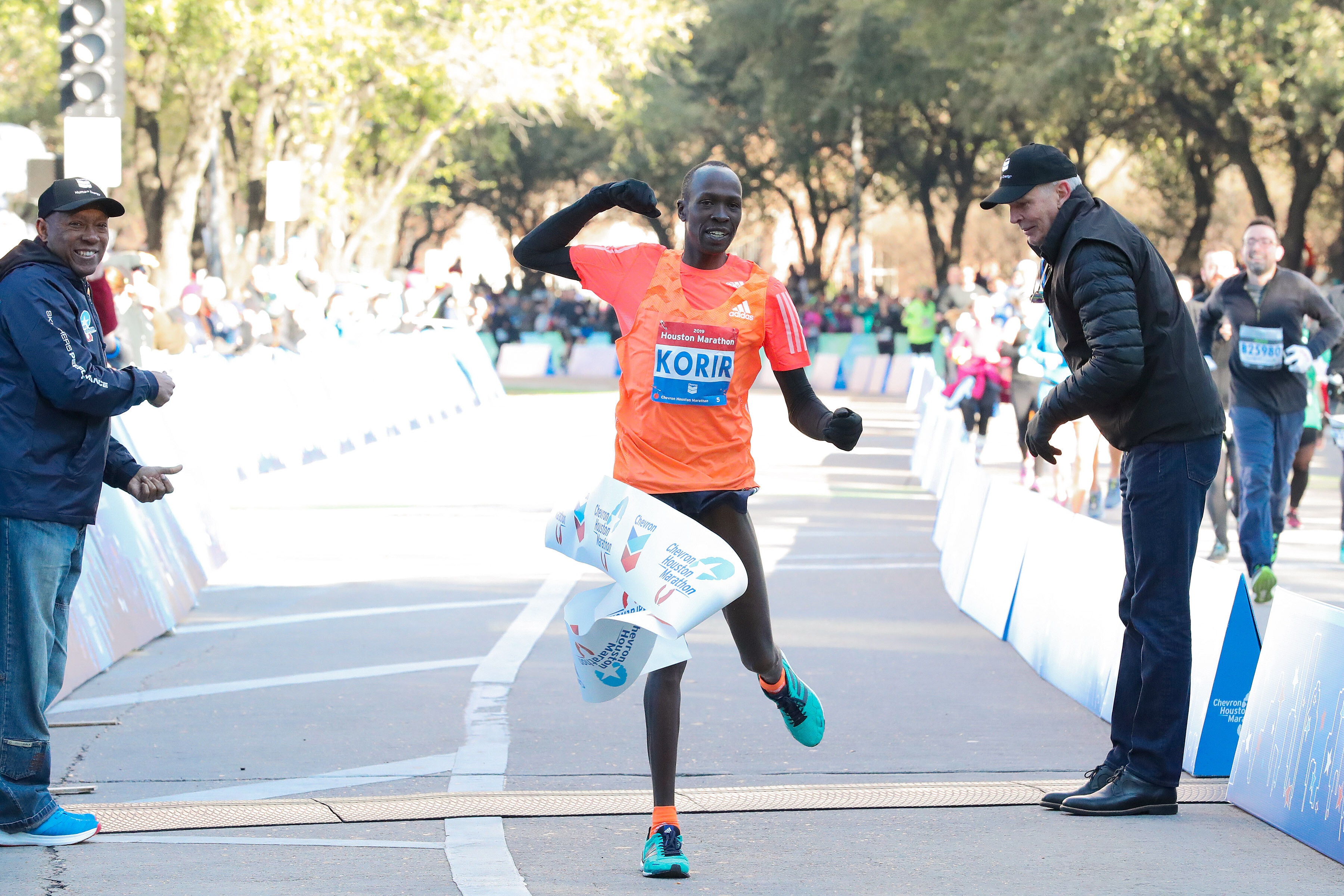
Bahrain’s Abdi Abdo, Ethiopia’s 2008 world indoor 3000m champion Tariku Bekele and US marathon debutant Frank Lara are others to watch out for.
Vicoty Chepngeno will start as the favourite for the Houston Half Marathon, held concurrently with the marathon. The 28-year-old Kenyan has an impressive record in US road races; she has won nine of her past 10 half marathons on US roads, and her lifetime best of 1:07:22 was set in her most recent outing over the distance, in Philadelphia two months ago. Despite her extensive racing experience, though, this will be Chepngeno’s first Houston Half Marathon.
Compatriot Monicah Ngige, meanwhile, will be making her third Houston Half Marathon appearance. The 28-year-old set her PB of 1:07:29 there in 2019. More recently, she finished fourth at the Boston Marathon in October on her debut over the distance, clocking 2:25:32.
Sara Hall leads the US entrants. The 38-year-old has focused more on the marathon in recent years, achieving podium places at the 2020 London Marathon and the 2021 Chicago Marathon, also clocking a PB of 2:20:32 in between those outings. But she has also won her two most recent half marathons, setting a PB of 1:08:18 in 2020.
Shadrack Kimining Korir returns to Houston after finishing third in 2020 in a personal best of 59:27, just two seconds shy of the winner. His most recent outing was at the Lisbon Half Marathon in October, where he finished fifth in 1:02:42.
Wilfred Kimitei also competed in Lisbon towards the end of last year, albeit in a different event to the one where Korir raced, and finished 11th in 1:00:03 – just 23 seconds shy of the PB he set in Ras Al Khaimah in 2018.
Ethiopia’s Milkesa Mengesha also heads to Houston in good form. The 2019 world U20 cross-country champion, still only 21, finished ahead of Kimitei in Lisbon in November, clocking a PB of 59:48 in what was just his second half marathon to date. Earlier in 2021 he set a 5000m PB of 12:58.28 and finished 10th in the Olympic final at that distance.
Kenya’s Raymond Magut, who clocked a PB of 1:00:00 in Herzogenaurach in September, should also be a strong contender, along with Ethiopia’s Bayelign Teshager and Eritrea’s Tsegay Tuemay.
Elite fields
WOMEN Half marathon
Vicoty Chepngeno (KEN) 1:07:22
Monicah Ngige (KEN) 1:07:29
Sara Hall (USA) 1:08:58
Caren Maiyo (KEN) 1:09:20
Sarah Pagano (USA) 1:09:41
Emily Durgin (USA) 1:09:47
Maegan Krifchin (USA) 1:09:51
Andrea Ramirez Limon (MEX) 1:10:20
Dominique Scott (ZAF) 1:10:42
Elaina Tabb (USA) 1:10:44
Nell Rojas (USA) 1:10:45
Julia Griffey (USA) 1:11:04
Emily Setlack (CAN) 1:11:41
Dakotah Lindwurm (USA) 1:11:43
Maor Tiyouri (ISR) 1:11:50
Paige Stoner (USA) 1:11:53
Jessica Judd (GBR) debut
Fiona O’Keeffe (USA) debut
Maddie Alm (USA) debut
Marathon
Atsede Baysa (ETH) 2:22:03
Biruktayit Eshetu Degefa (ETH) 2:22:40
Keira D’Amato (USA) 2:22:56
Askale Merachi (ETH) 2:23:29
Roberta Groner (USA) 2:29:09
Kathya Mirell Garcia Barrios (MEX) 2:34:46
Militsa Mircheva (BGR) 2:35:03
Tsige Haileslase (ETH) debut
Maggie Montoya (USA) debut
Emily Kearney (GBR) debut
Alice Wright (GBR) debut
MEN Half marathon
Shadrack Kimining Korir (KEN) 59:27
Wilfred Kimitei (KEN) 59:40
Milkesa Mengesha (ETH) 59:48
Raymond Magut (KEN) 1:00:00
Bayelign Teshager (ETH) 1:00:31
Tsegay Tuemay (ERI) 1:00:50
Patrick Tiernan (AUS) 1:01:22
Reed Fischer (USA) 1:01:37
Rory Linkletter (CAN) 1:01:44
Reid Buchanan (USA) 1:01:45
Colin Mickow (USA) 1:01:47
Matt Llano (USA) 1:01:47
Harvey Nelson (USA) 1:01:48
John Raneri (USA) 1:01:51
Brogan Austin (USA) 1:01:52
Zouhair Talbi (MAR) 1:02:00
Kirubel Erassa (USA) debut
Marathon
Kelkile Gezahegn (ETH) 2:05:56
John Langat (KEN) 2:07:11
Kenta Uchida (JPN) 2:08:12
Abdi Abdo (BRN) 2:08:32
Elisha Barno (KEN) 2:09:32
Tariku Bekele (KEN) 2:09:33
Augustus Maiyo (USA) 2:10:47
Jesus Arturo Esparza (MEX) 2:11:04
Birhanu Kemal Dare (ETH) 2:12:21
Tyler Jermann (USA) 2:12:40
Frank Lara (USA) debut
James Ngandu (KEN) debut
Luke Caldwell (GBR) debut
(01/14/2022) ⚡AMPby World Athletics
Chevron Houston Marathon
The Chevron Houston Marathon offers participants a unique running experience in America's fourth largest city. The fast, flat, scenic single-loop course has been ranked as the "fastest winter marathon" and "second fastest marathon overall" by Ultimate Guide To Marathons. Additionally, with more than 200,000 spectators annually, the Chevron Houston Marathon enjoys tremendous crowd support. Established in 1972, the Houston Marathon...
more...Get faster with this inverted pyramid workout, inject some speed into your training with this fun, challenging interval session
You may think it odd to include a mile-focused track workout in your training plan when your main focus is road racing, but sometimes, an injection of speed is exactly what you need to keep your training fresh and exciting. This inverted pyramid workout will get your legs moving and help build your top-end speed so that when you hit the roads, you’ve got an extra gear to tap into when you need it.
The workout
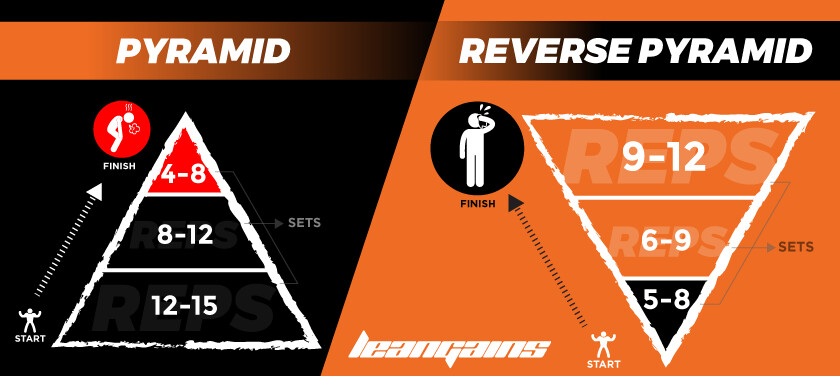
This workout starts off with longer, slower intervals and works its way down so the shortest, fastest segments are done in the middle of the set. The middle of a race is often when runners lose focus, so the design of this workout helps teach you how to stay honest and on pace during that time.
The workout finishes by climbing back up the pyramid and ends with the same longer intervals that you started with. Doing the longer portions at the end of the workout when you’re already tired will work on the mental and physical toughness you will need to run strong right through to the finish line.
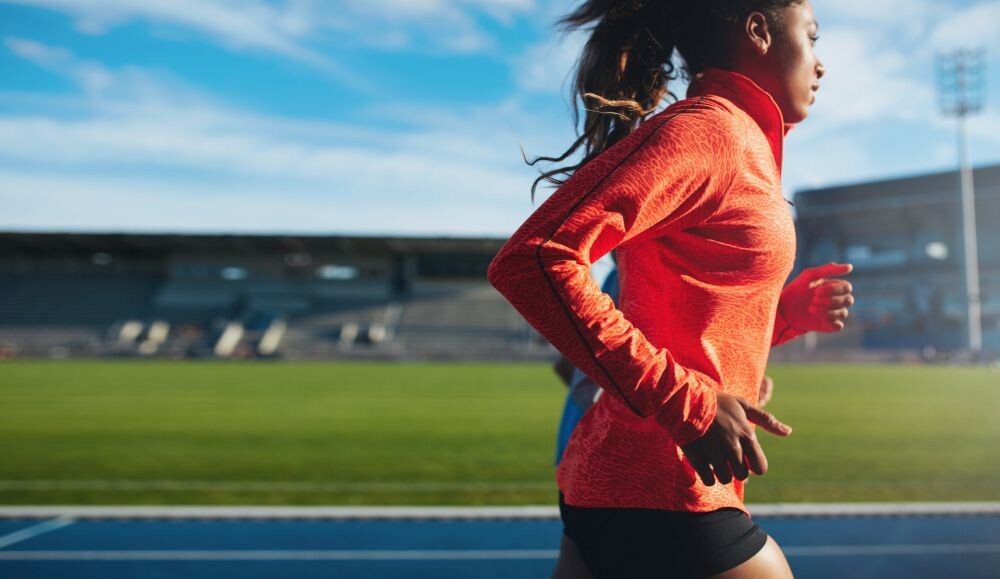
To make this workout more challenging, you can double up the 800’s or the 200’s (or both, for those who really want a challenge). Just remember, the pacing is the most important part of this workout, so if you can’t increase the number of intervals while still hitting the correct paces, you should leave it as-is.
Warmup: 15-20 minute easy jog, followed by form drills and strides
Workout: 1 x 800m @5K pace / 2 min rest / 2 x 400m @1,500m pace / 2 min rest / 2 x 200m @800m pace / 2 min rest / 2 x 400m @ 1,500m pace / 1 x 800m @5K pace
Cooldown: 10-15 minute easy jog, followed by light stretching
(01/14/2022) ⚡AMPby Brittany Hambleton
Does exercise provide protection from infection?
Since the onset of the pandemic, improving the health and strength of our immune systems has been on everyone’s minds. When scientists and health experts pointed out that regular exercise helps improve immune function, runners collectively breathed a sigh of relief, but exactly how much of an effect does exercise really have?
Recent research reveals that while it does provide some infection protection, exercise is far from a cure-all for disease, and over-doing it can actually have the reverse effect.
The study

The researchers noted that there is a general consensus that regular bouts of short-lasting (up to 45 minutes) moderate intensity exercise is beneficial for immune defense, particularly in older adults and people with chronic diseases. By contrast, they added that high-performance athletes have a much higher instance of illness, and it is second only to injury for the number of training days lost during a season.
The goal of this review, published by the Association for the Advancement of Sports Medicine, was to determine the reason why high-performance athletes tend to get sick more than the general population, and to determine how much exercise really improves immune function by analysing all of the available literature on the topic.
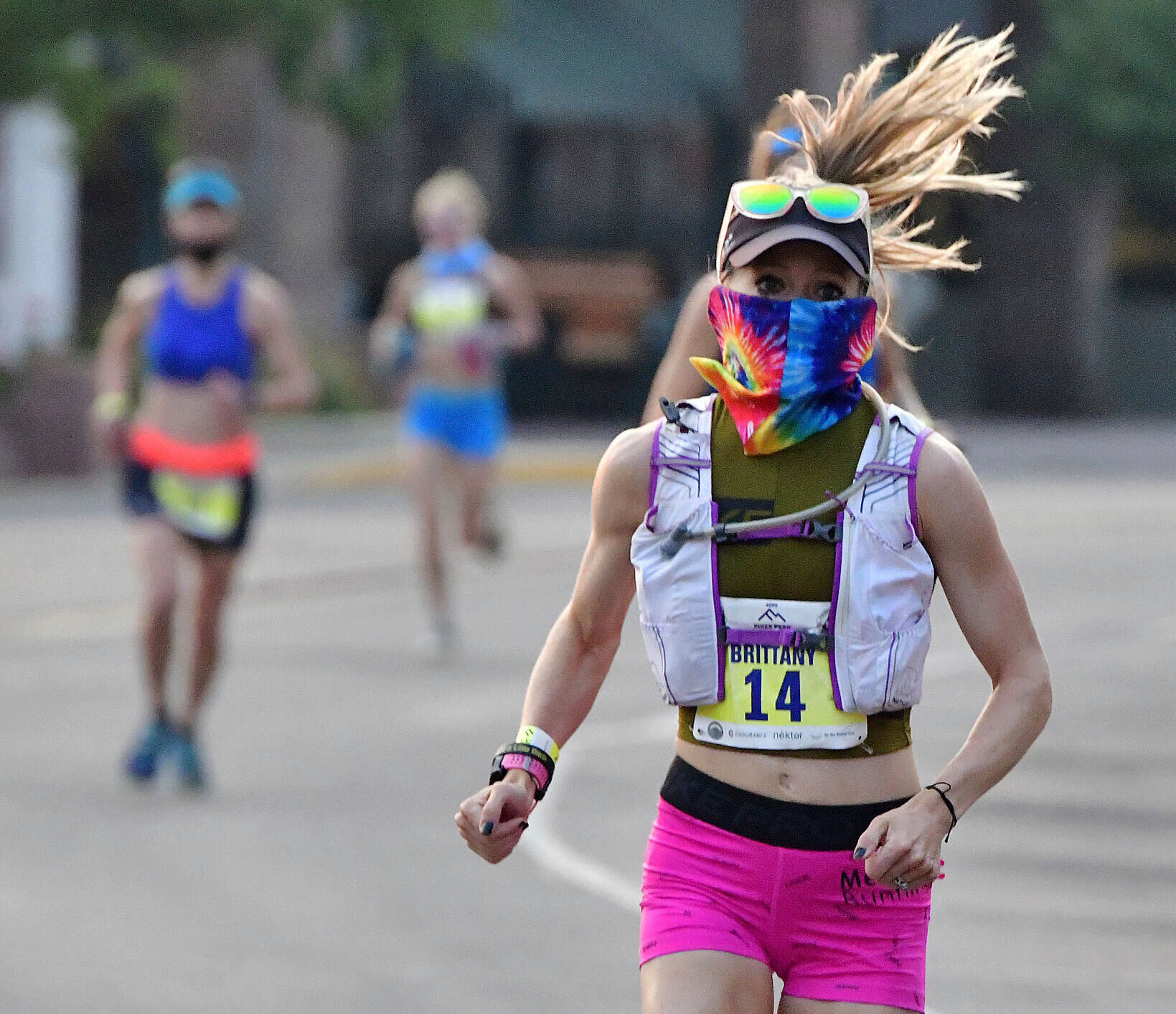
Exercise and immune function
Upon reviewing the research, it is undeniable that regular bouts of moderate to vigorous physical activity are beneficial for the normal functioning of the immune system, which likely helps lower (although not completely eliminate) your risk for contracting respiratory illnesses and some cancers. This is because with each session of physical activity, you increase the frequency with which immune cells are exchanged between the blood and other tissues. This, experts believe, likely contributes to enhanced immune surveillance, improved health and a lower risk of illness.
Whether or not athletes are more susceptible to illness and infection is still cause for debate among scientists, but those on both sides of the argument agree on one thing: “factors such as stress, sleep, nutrition, circadian misalignment and infection/vaccination history could directly impact or contribute to impaired immunity and infection risk, particularly in situations when pathogen exposure is more likely.”
In other words, it may not be that large amounts of intense exercise directly reduces the functioning of your immune system, but rather the added stress on your body, combined with other lifestyle factors, could be putting you at greater risk for illness.
How can runners protect their immune systems?
Runners, even if they’re not elite or high performance athletes, are more likely to fall into that at-risk group because of the amount of running they do. Running multiple days each week can take a toll on your body, even if you’re not at the elite level.
Does this mean you should stop running? No. Running can still be beneficial to your immune system, as long as you’re taking care of your body and recovering properly.
Exercise isn’t a bullet-proof vest, it can do wonders for your immune system. If, however, you’re training for a goal race and doing a lot of volume or high-intensity work, you need to take extra care and make sure that you’re managing your stress load and recovering properly. This will reduce the number of training days you’re forced to miss because of illness, and allow you to continue running well.
(01/14/2022) ⚡AMPby Brittany Hambleton
Keira D’Amato is set to run fast at the Houston Marathon
On Sunday, Keira D’Amato will head to the start line of the Houston Marathon with the expectation that she will run under two hours and twenty-two minutes. Her current personal best sits at 2:22:56, achieved at the Marathon Project in Arizona, but D’Amato knows, based on her workouts and performances like her 67:55 to win the US Half Marathon Championships in December, that she is fitter than when she ran that 2:22:56 in December 2020. In fact, things are going so well that on December 28, she told Women’s Running that, if she had a strong final month of training, she might even go for Deena Kastor‘s 2:19:36 American record.
That the 37-year-old D’Amato is in a position to even discuss the American record is one of the unlikelier stories in US distance running history. This was a woman who started out as an 800/1500 runner, took seven years away from the sport as she got married, became a mom of two and a full-time realtor, and as recently as 2019 had never run faster than 2:40 in the marathon.
“It seriously blows my mind,” D’Amato told LetsRun on Wednesday. “On my warmup before my workout today, I was thinking that in my second marathon back on my comeback tour [in Richmond in 2017], I went into the marathon thinking that I didn’t think I could break 3:00 that day.”
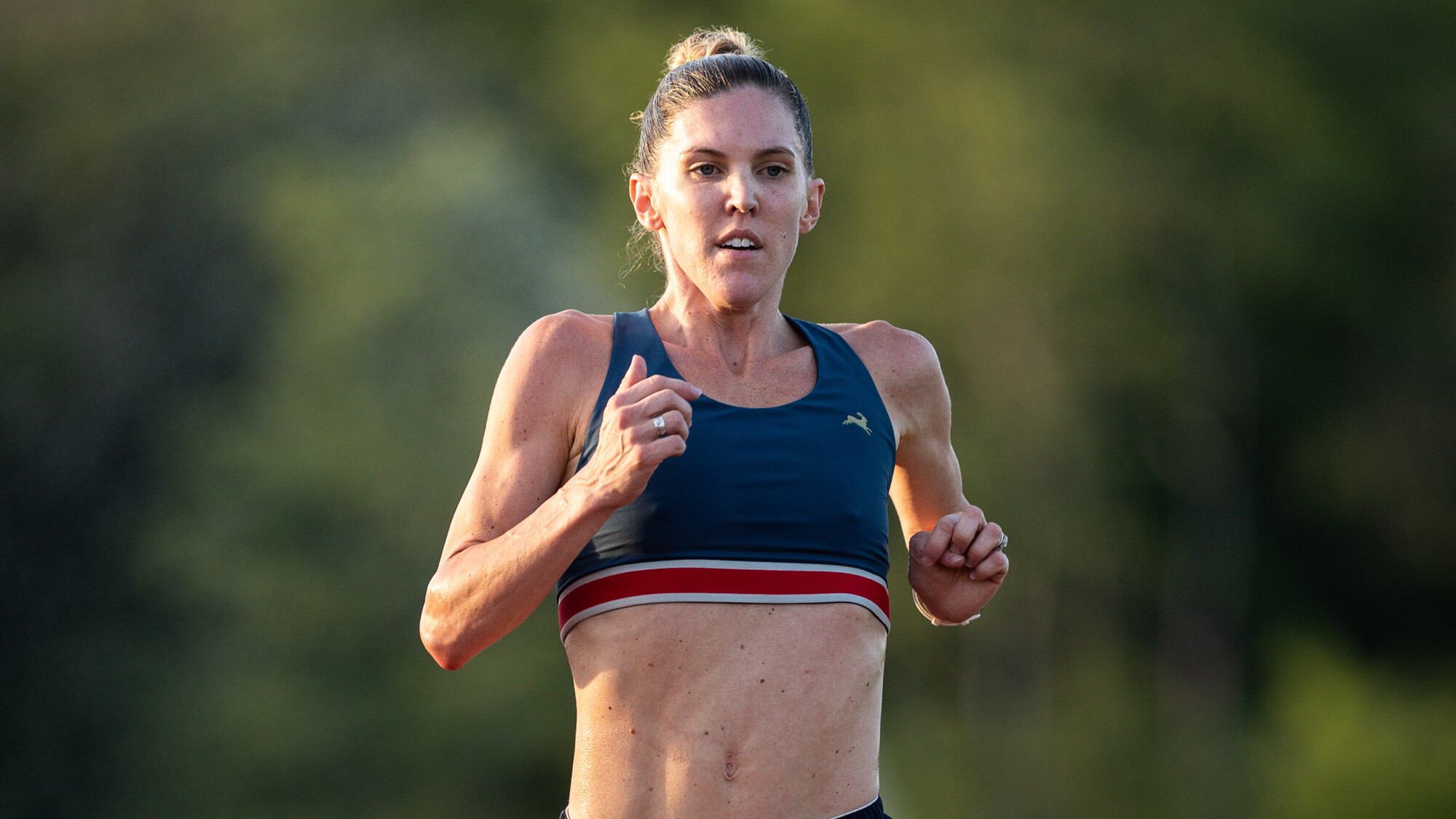
D’Amato wound up running 2:47 and hasn’t stopped improving.
“It’s so hard to wrap my head around it because there’s 50% of my brain that is like, ‘What in the world is going on, how did I get there?’ And there’s 50% that is like really confident, that’s like, ‘Keira, you’ve worked your tail off, you’ve been putting in the miles for years and years and years, and you have, in my opinion, the best coach in the nation, Scott Raczko.'”
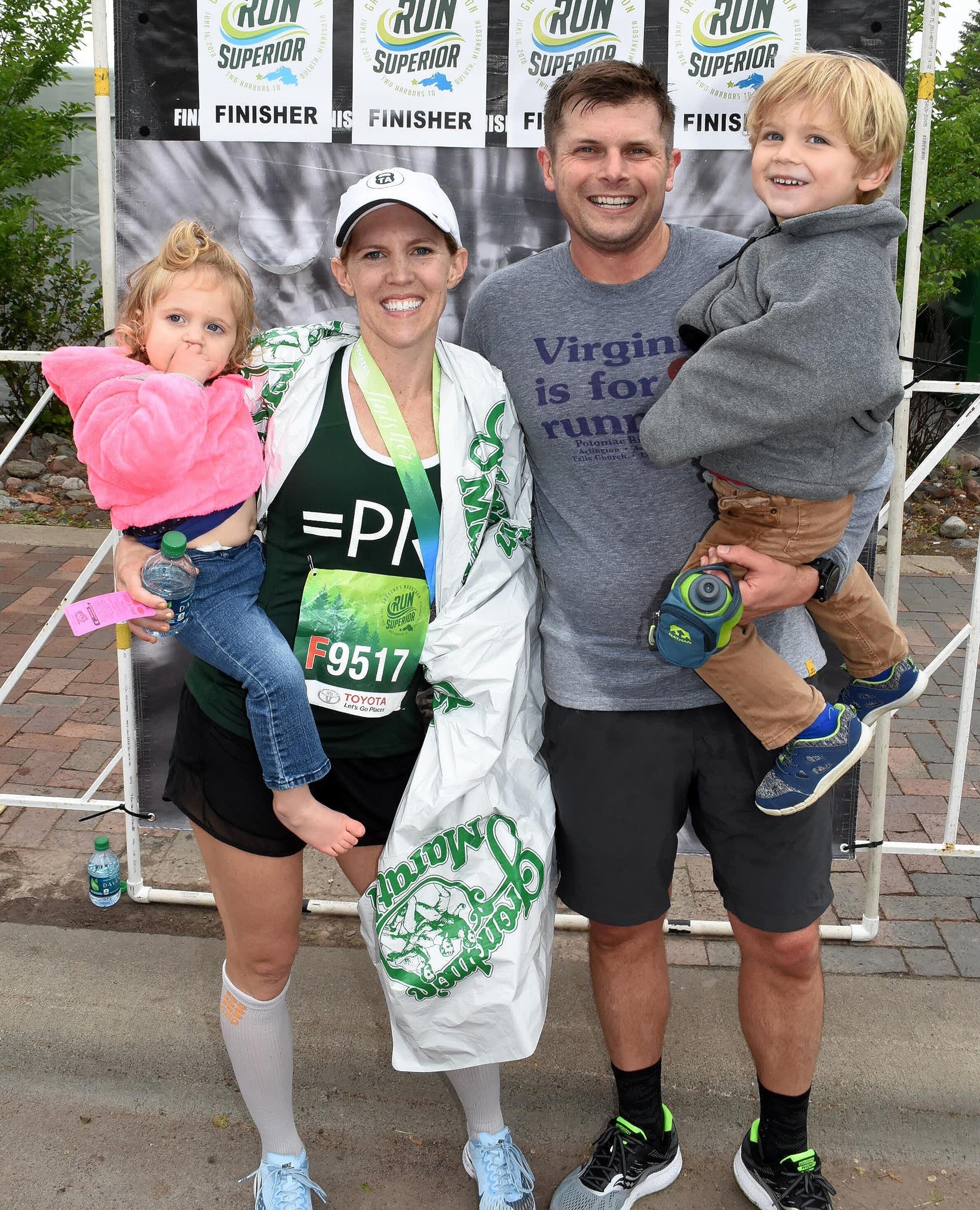
A number of fast Americans will descend on Houston this weekend for the half and full marathons on Sunday. Sara Hall, Nell Rojas, and Annie Frisbie are all set to feature in the half, while 61:00 half marathoner Frank Lara will make his marathon debut. But the most fascinating storyline is D’Amato, who will look to start 2022 with a bang after an up-and-down 2021 season.
Following a 2020 campaign featuring personal best after personal best, D’Amato spent the first half of 2021 battling a hamstring injury. She tried to fight through it but ultimately had to take time off to treat the underlying muscle imbalance, realigning her hips and strengthening her glutes. That recovery knocked her out of the biggest meet of the year, the US Olympic Trials, where D’Amato had planned on running the 5,000 and 10,000 meters.
“It sucked, man,” D’Amato said.
D’Amato started working out again in August and ran the Chicago Marathon in October, finishing 4th in 2:28:22. But she knew she wasn’t at 100%. Under Raczko, D’Amato trains in four-week cycles, building up for those four weeks before taking a down week to reset. Usually, she likes to have four of those cycles under her belt for a marathon; her late start meant she only had two of them before Chicago.
D’Amato will face three-time Houston champion Biruktayit Eshetu Degefa (2:22:40 pb) and 2016 Boston Marathon champion Atsede Baysa (2:22:03) in the women’s race, and while she’d like to earn her first career marathon victory, her focus is squarely on running fast.
Leading into the race, D’Amato has done everything she can to maximize her chance of success. She has still been working her job as a realtor in Virginia, but in recent weeks she has scaled back her hours and not taken on any new clients. She even took her kids out of school this week to limit her exposure to COVID — cases have been on the rise in her area and the last thing she wanted was to withdraw at the eleventh hour because of a positive test (they will return to school after the race). It’s not a decision D’Amato feels completely comfortable with — “I’m definitely not up for any mom of the year awards,” she said — but she hopes she can make it worth it with a special performance on Sunday.
(01/14/2022) ⚡AMPby Jonathan Gault
Chevron Houston Marathon
The Chevron Houston Marathon offers participants a unique running experience in America's fourth largest city. The fast, flat, scenic single-loop course has been ranked as the "fastest winter marathon" and "second fastest marathon overall" by Ultimate Guide To Marathons. Additionally, with more than 200,000 spectators annually, the Chevron Houston Marathon enjoys tremendous crowd support. Established in 1972, the Houston Marathon...
more...






